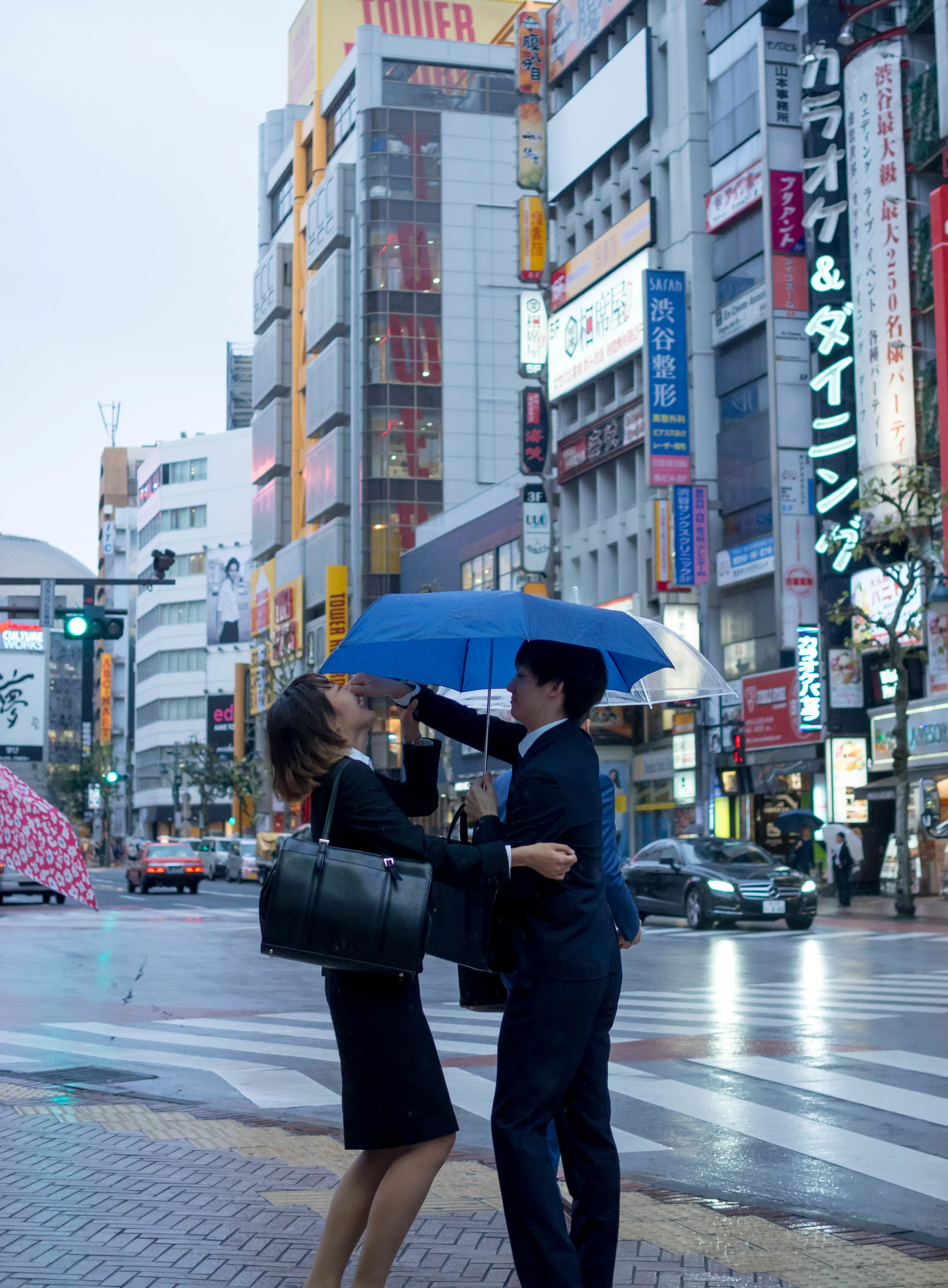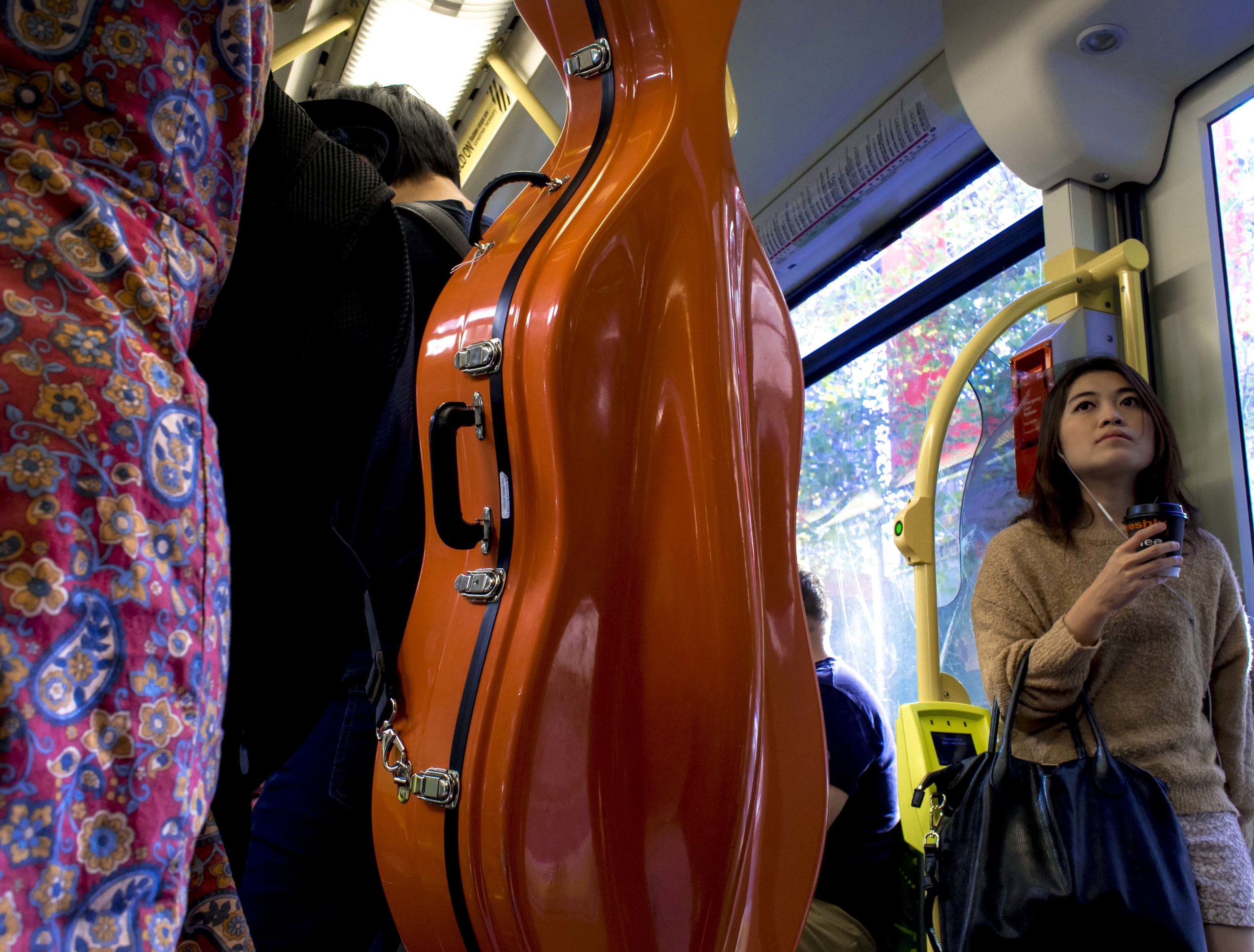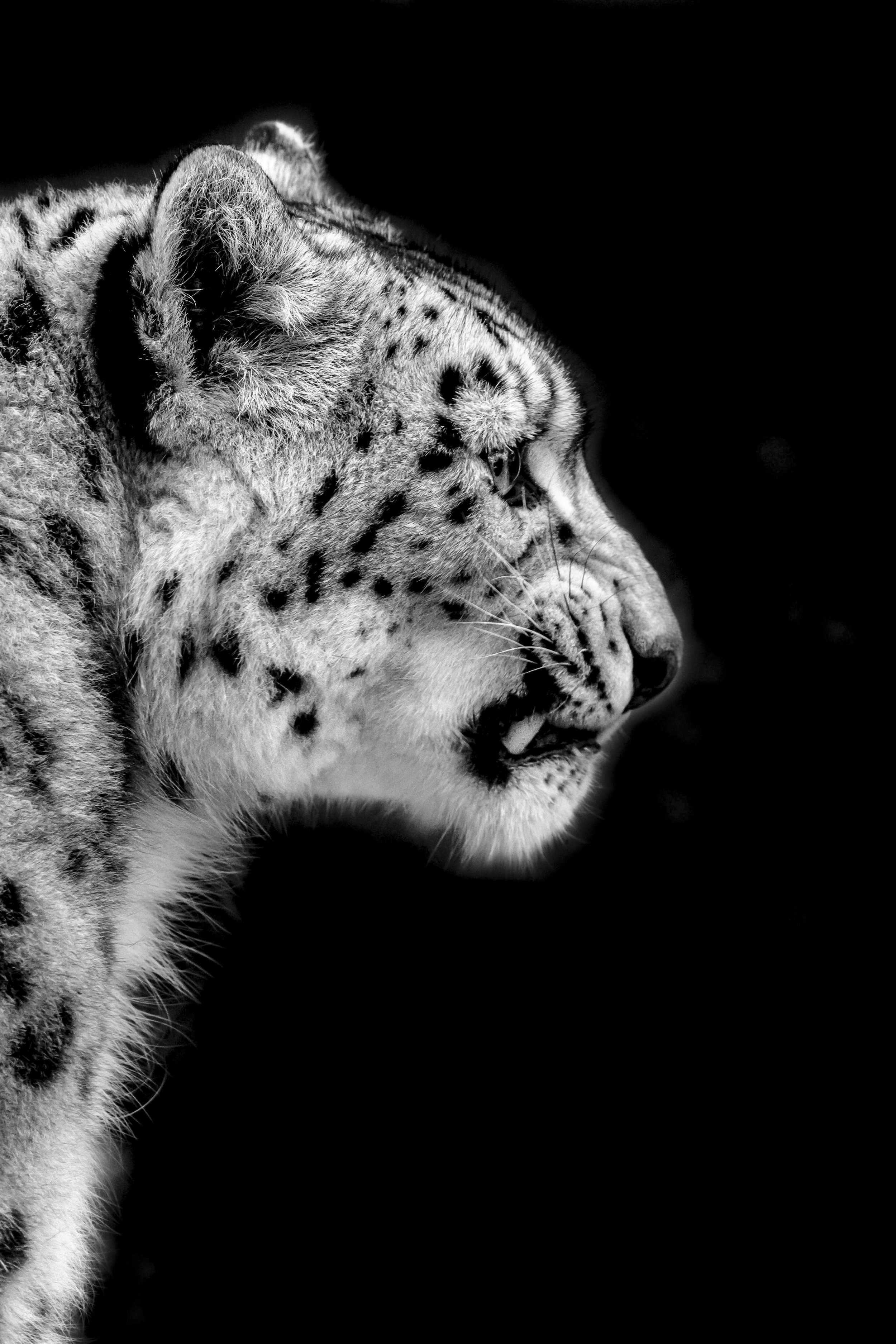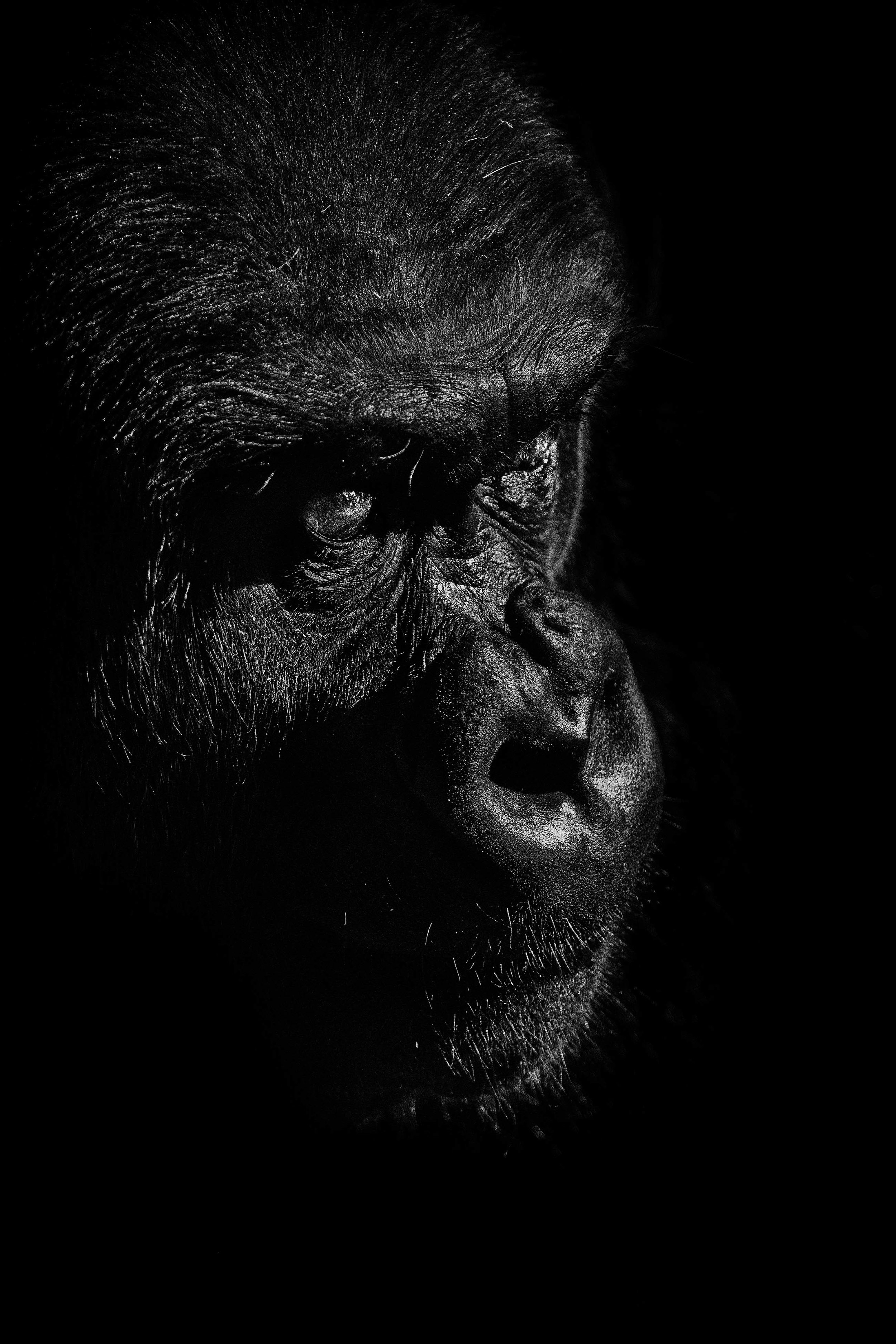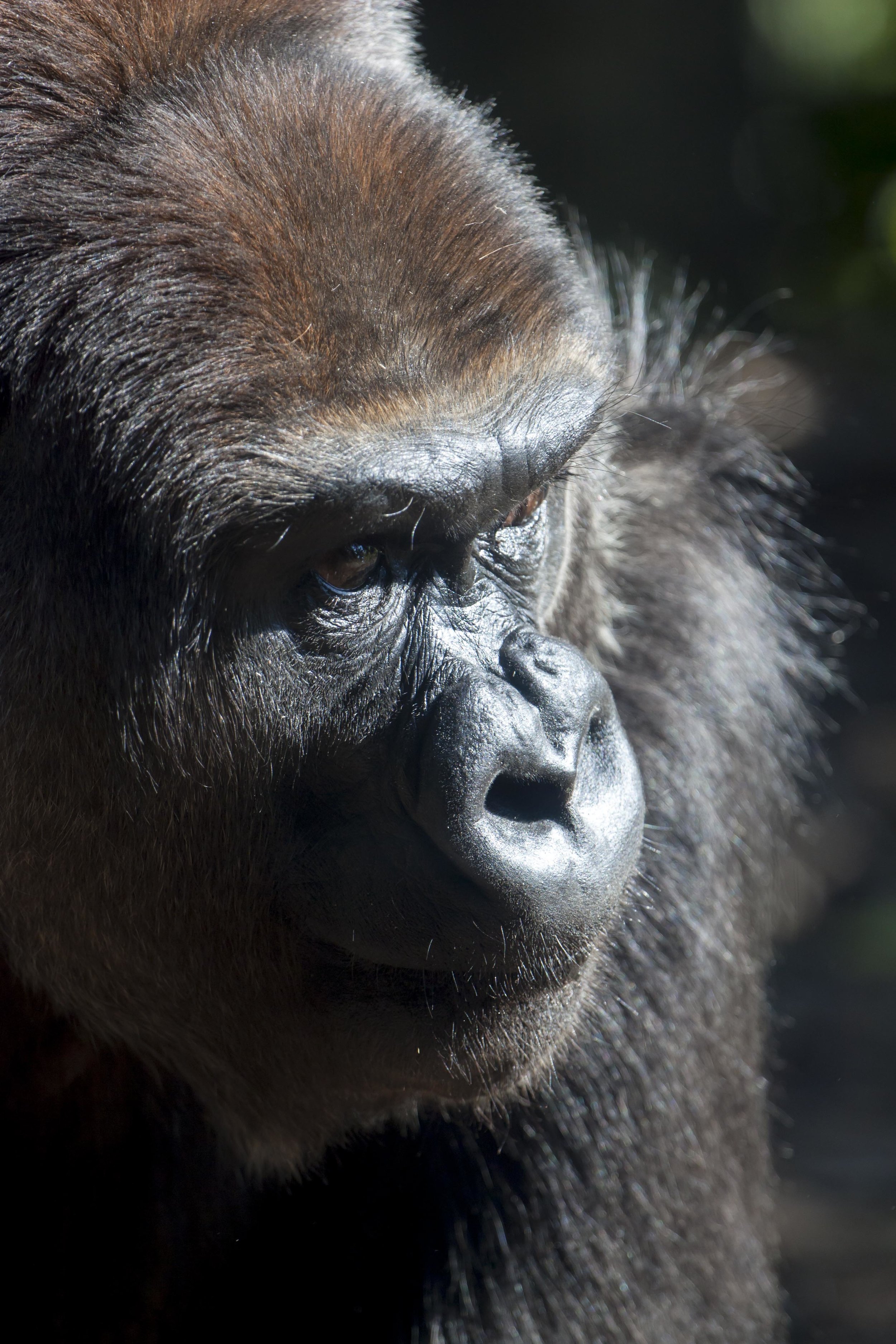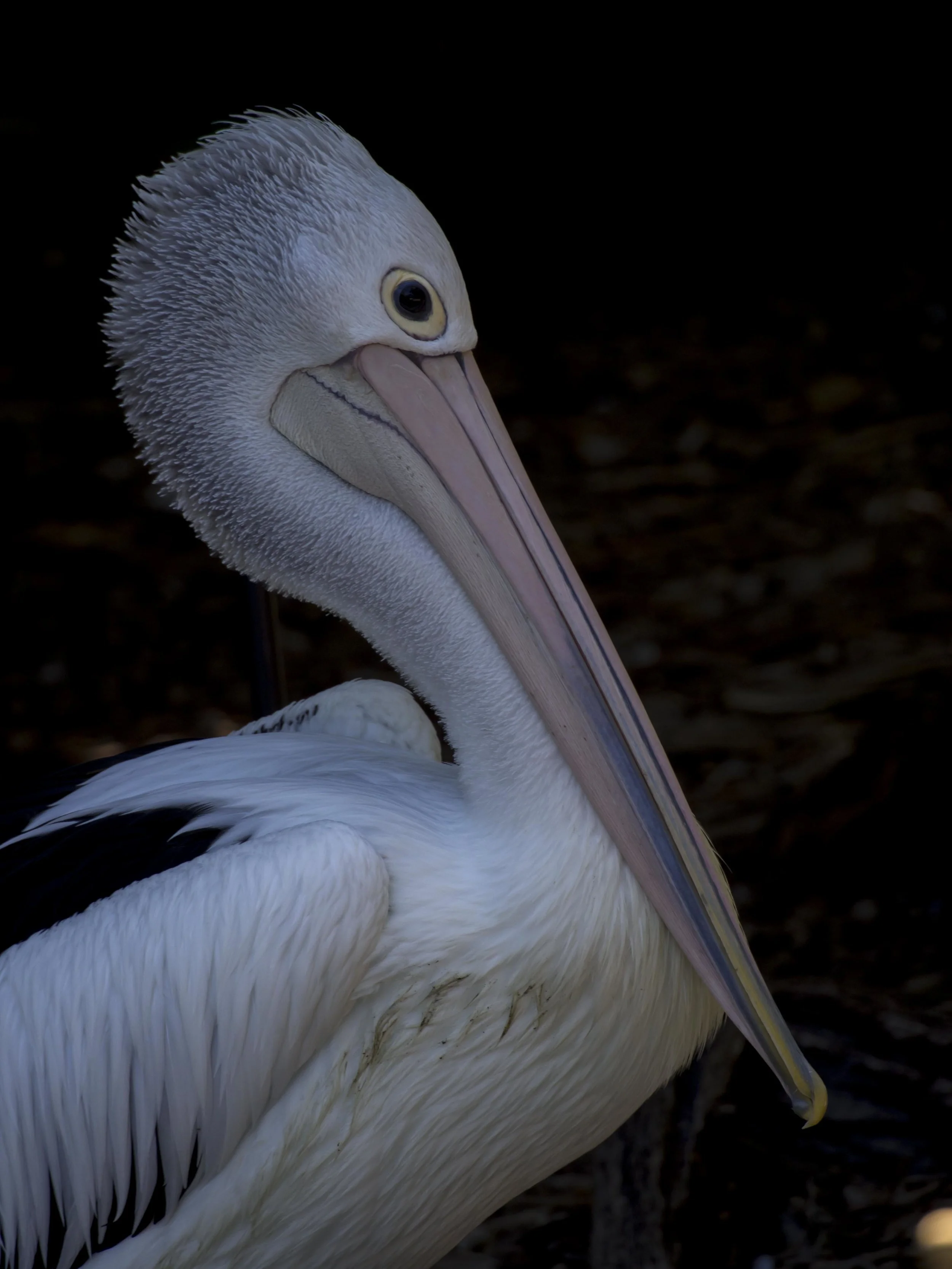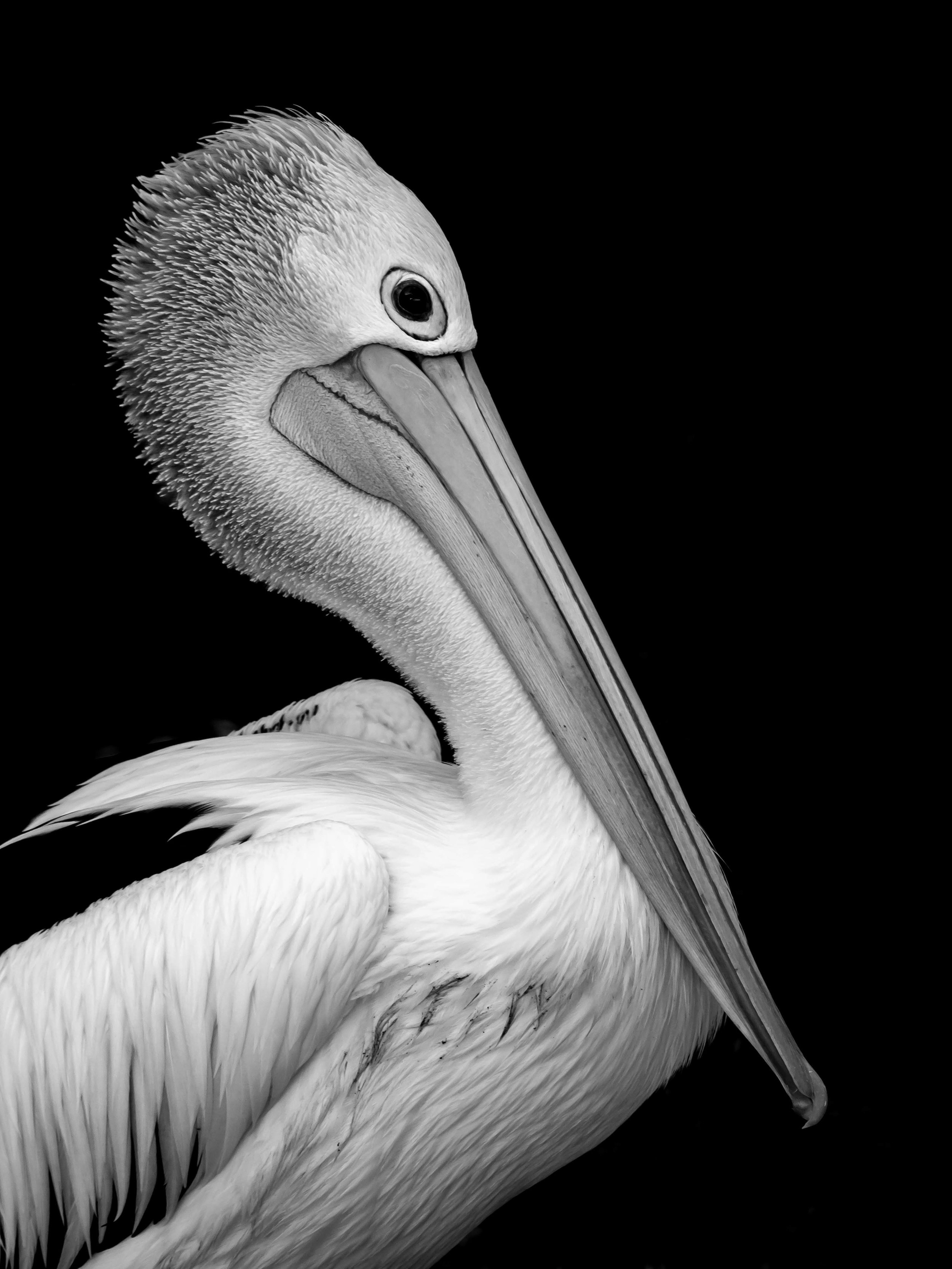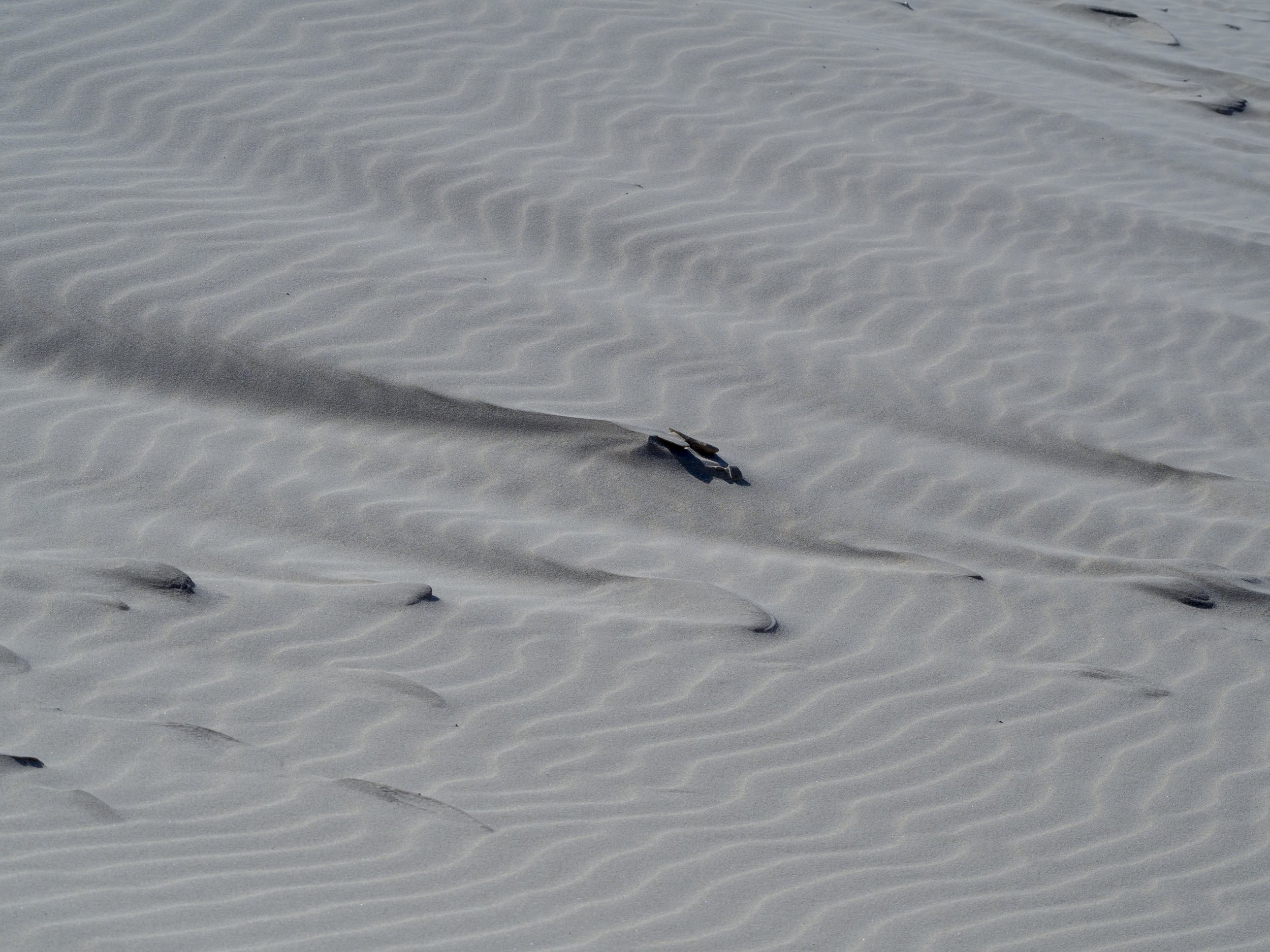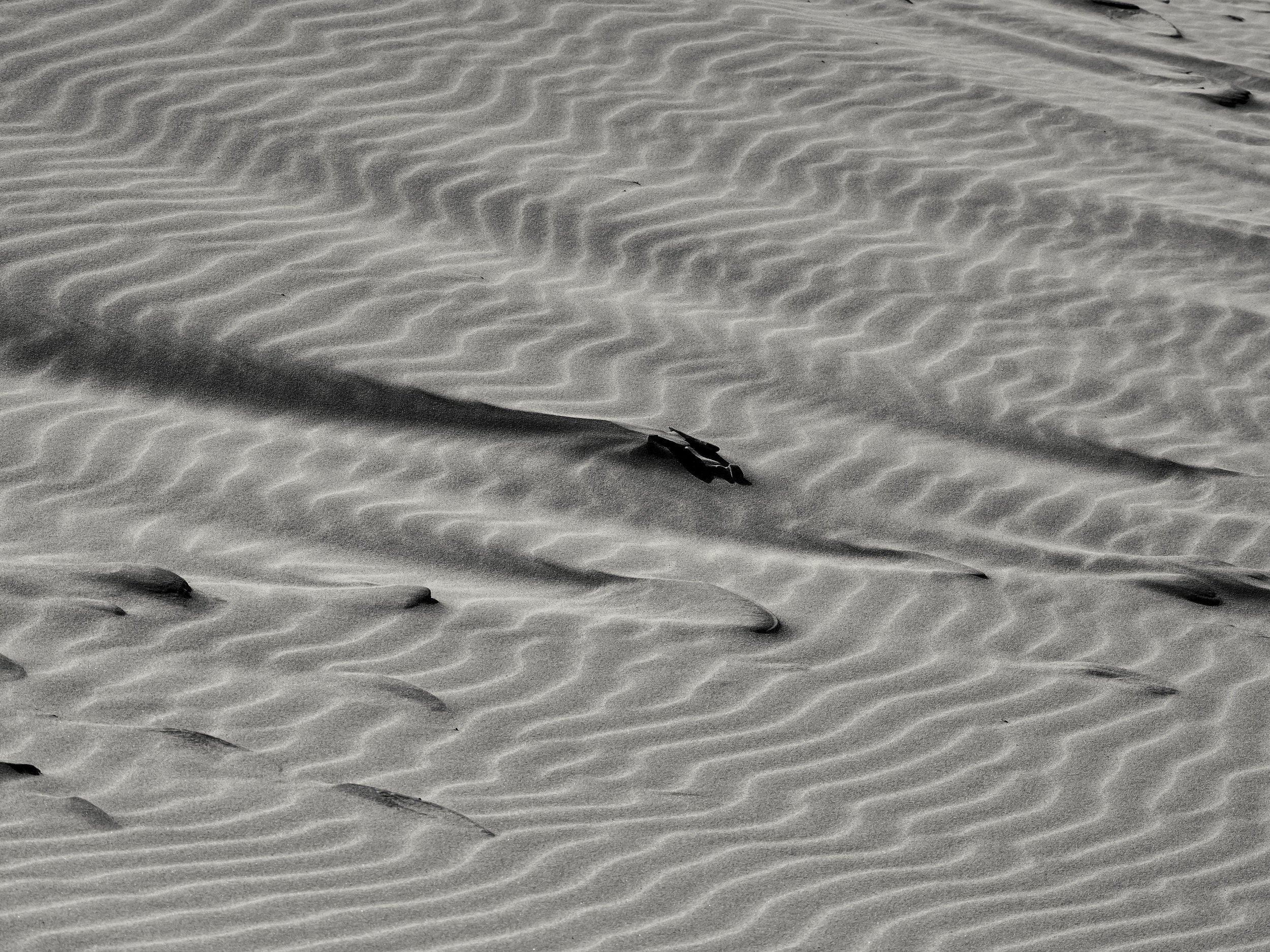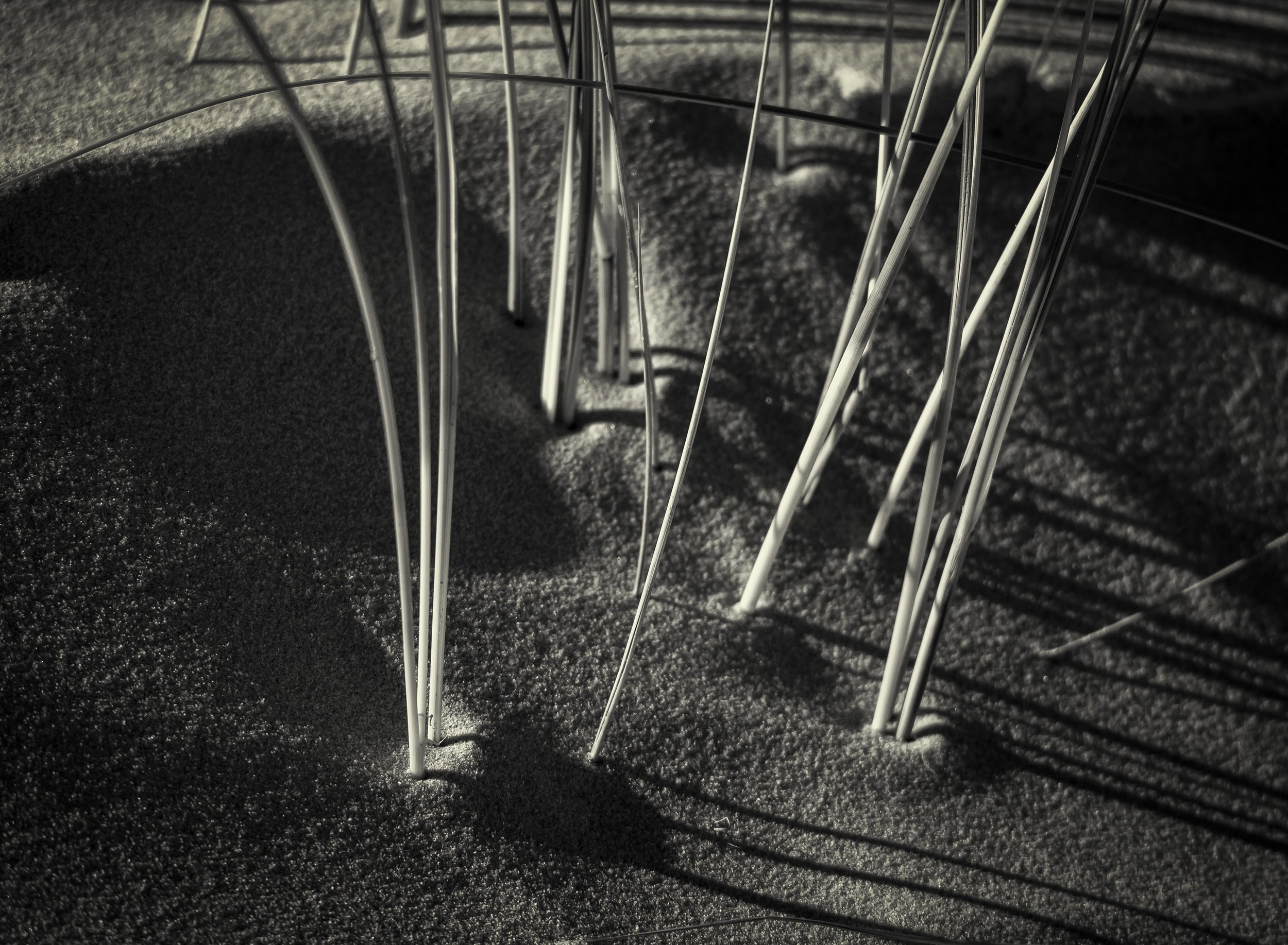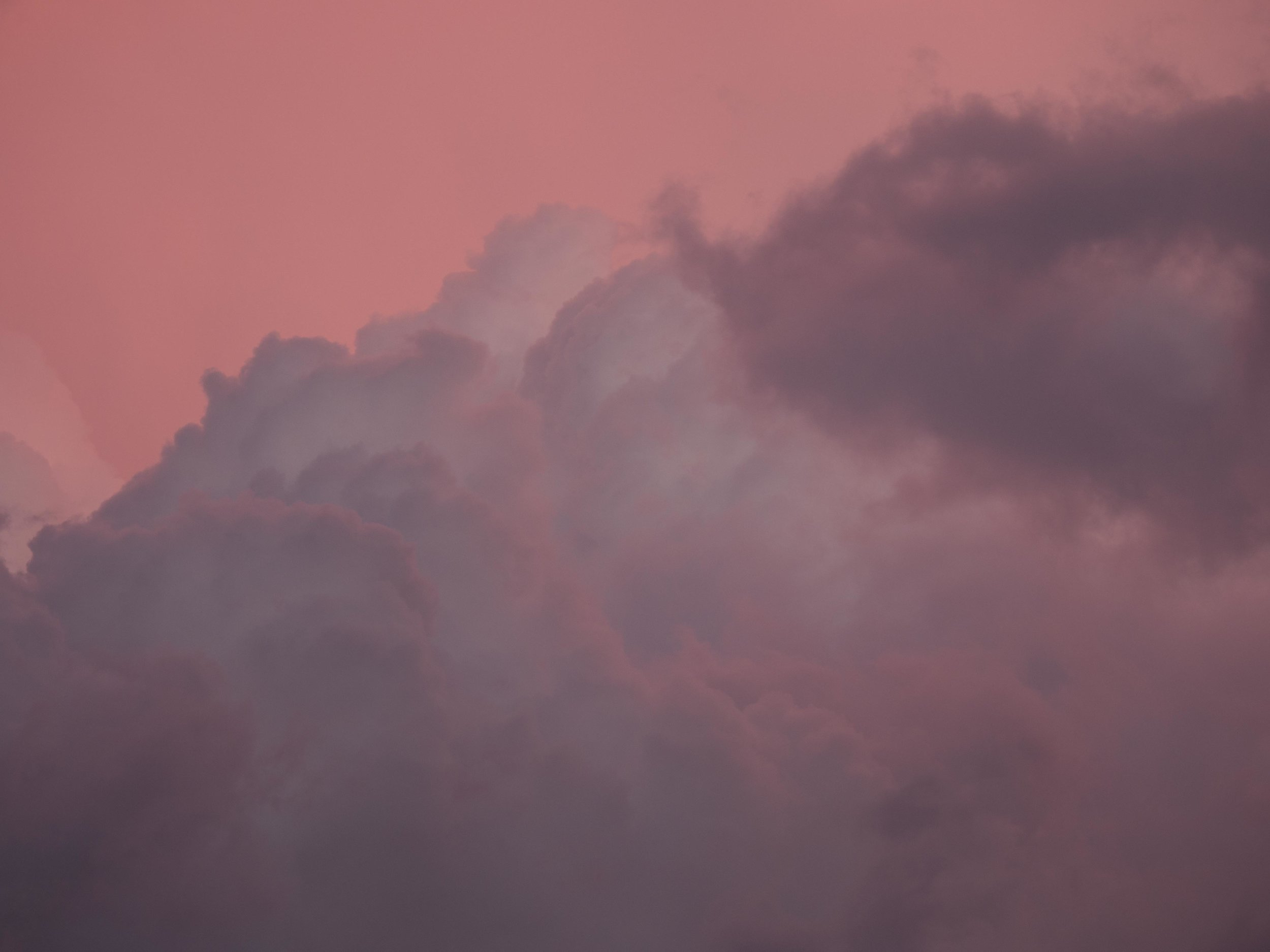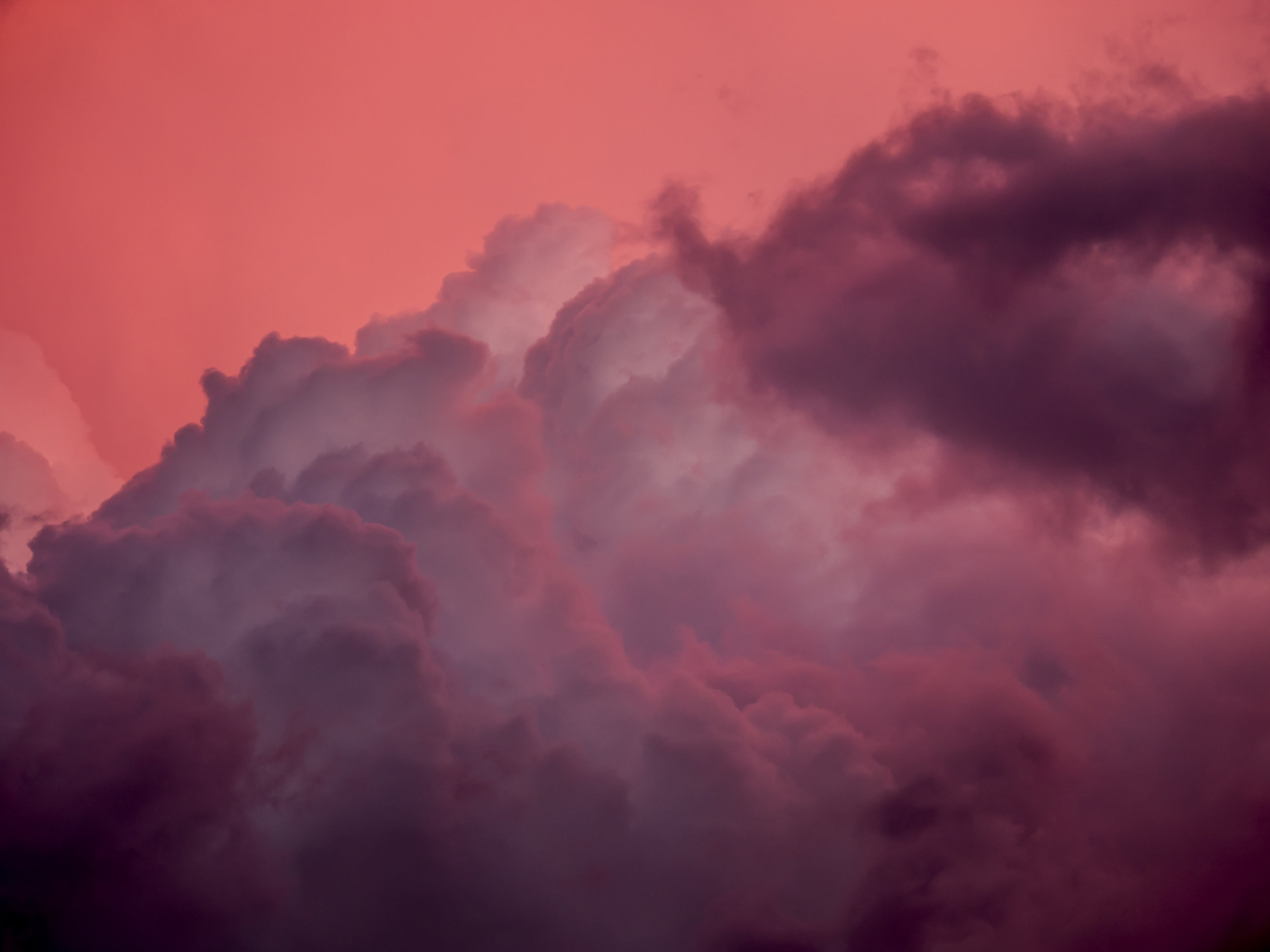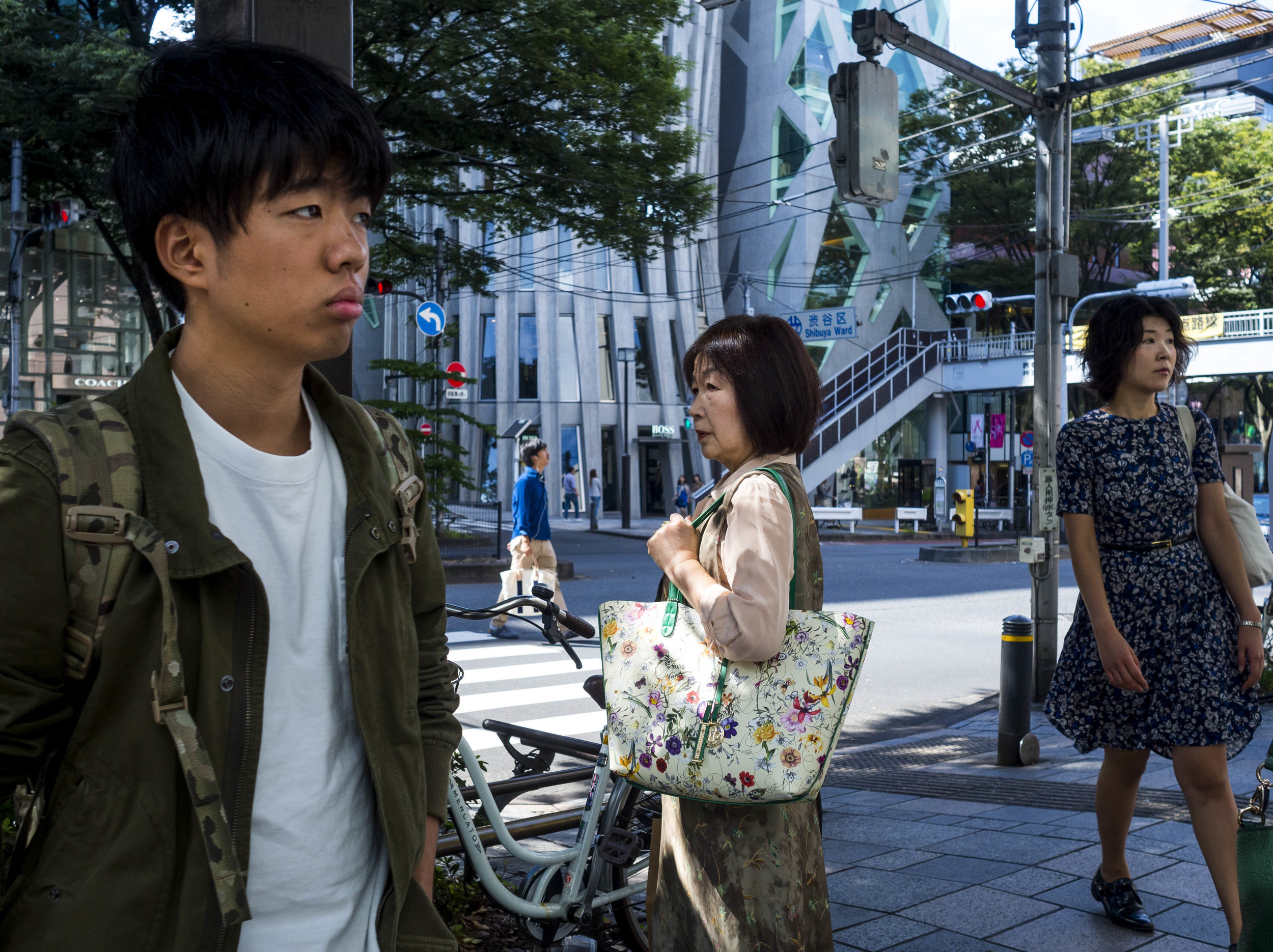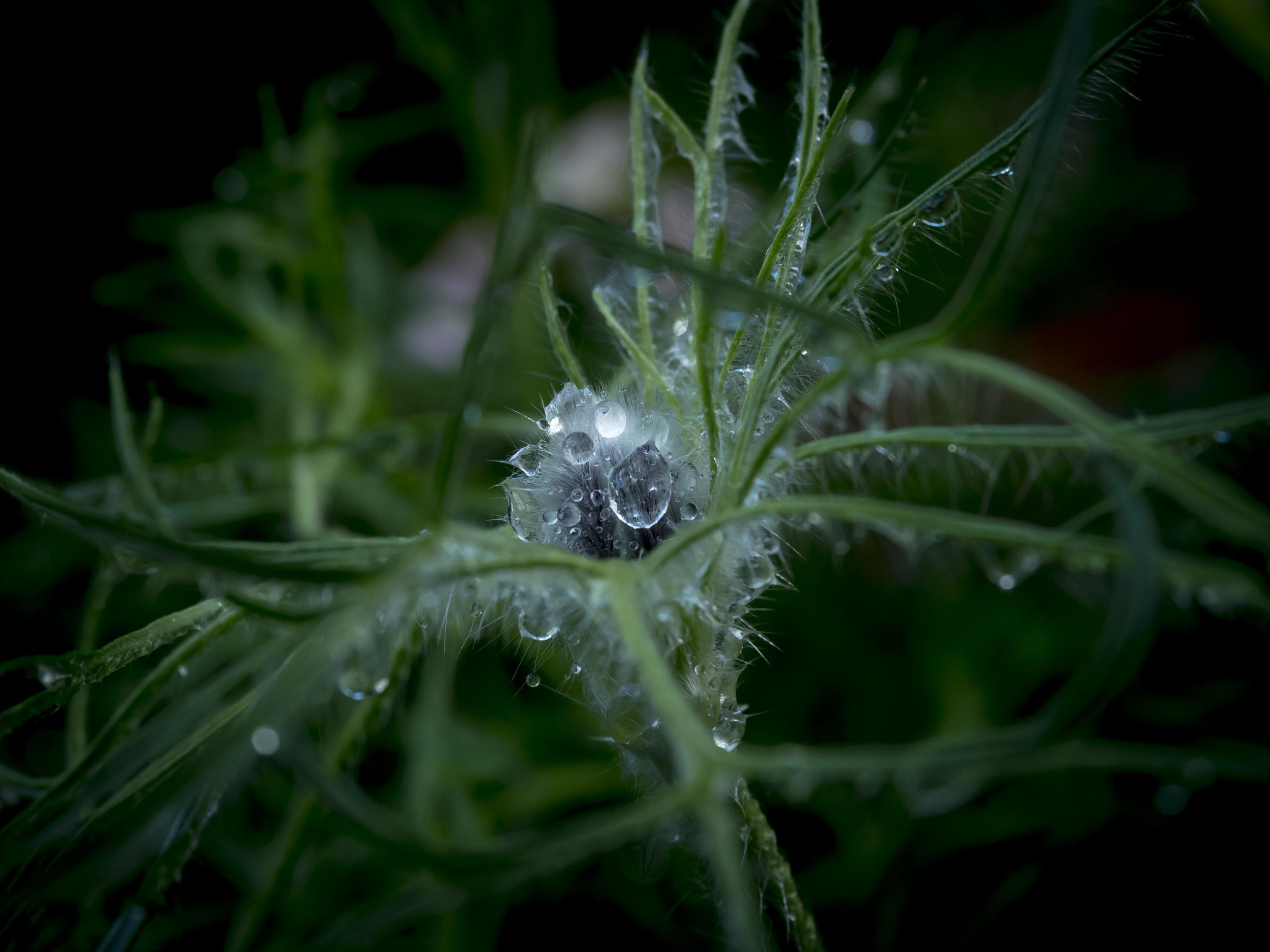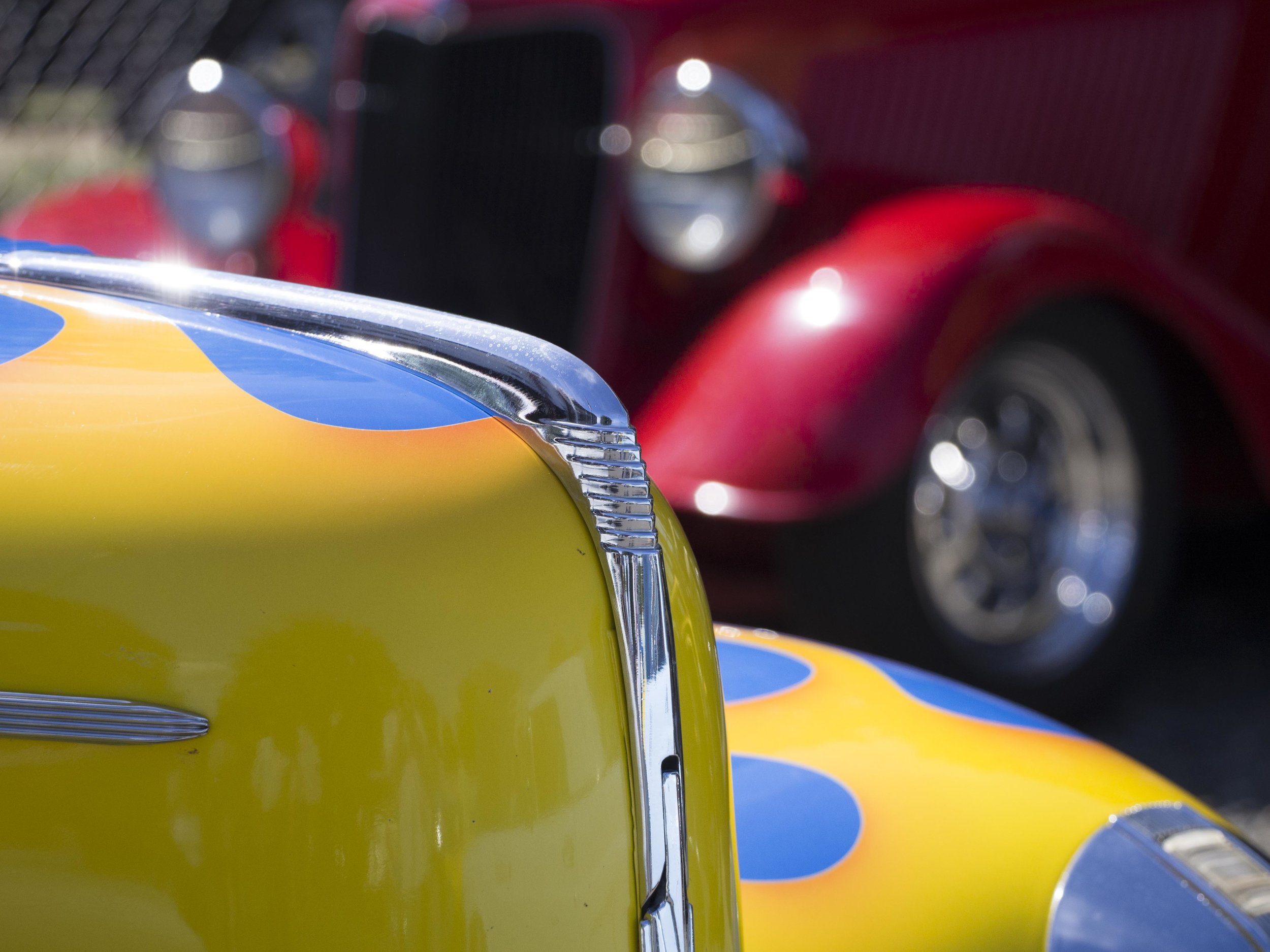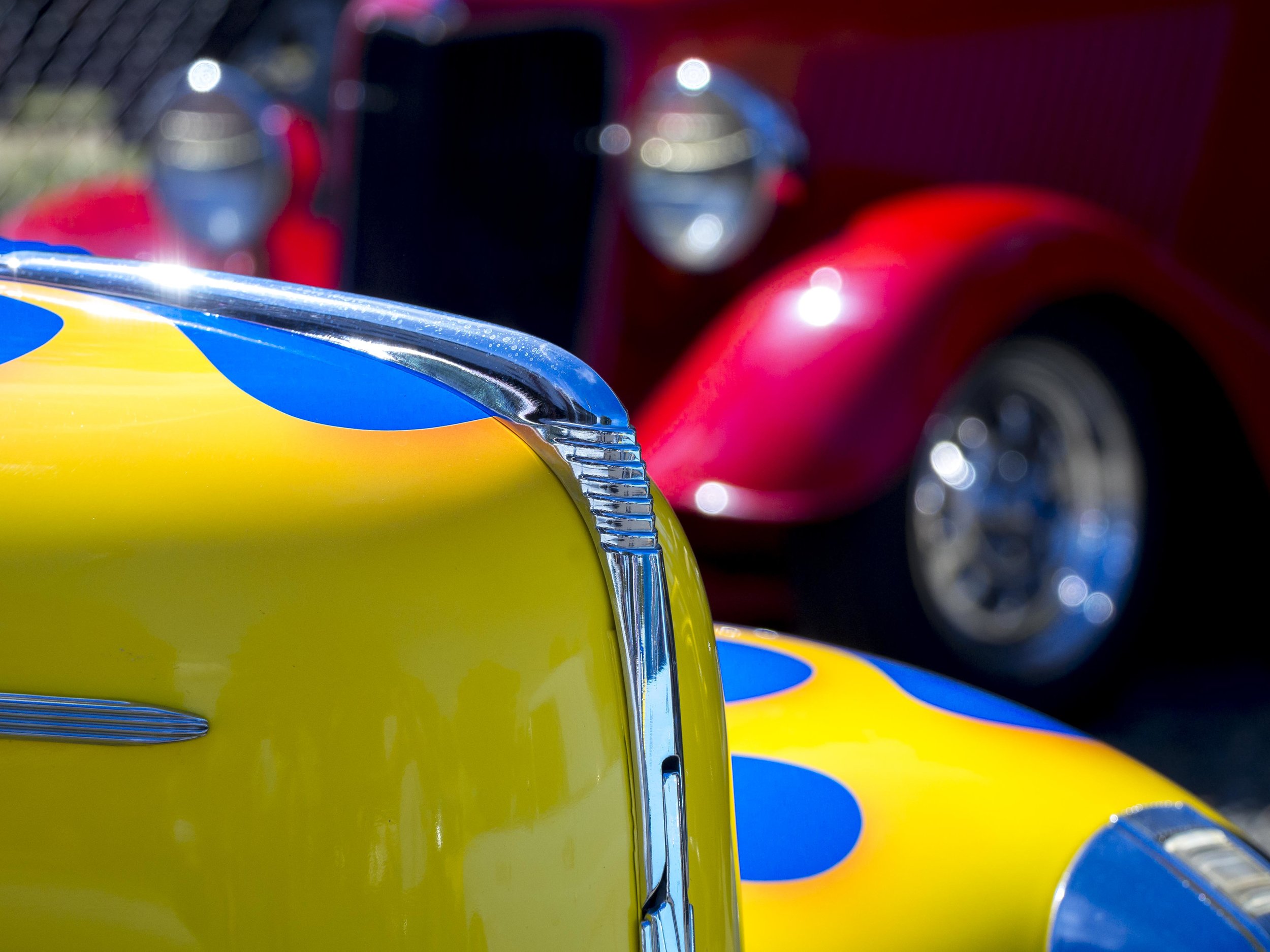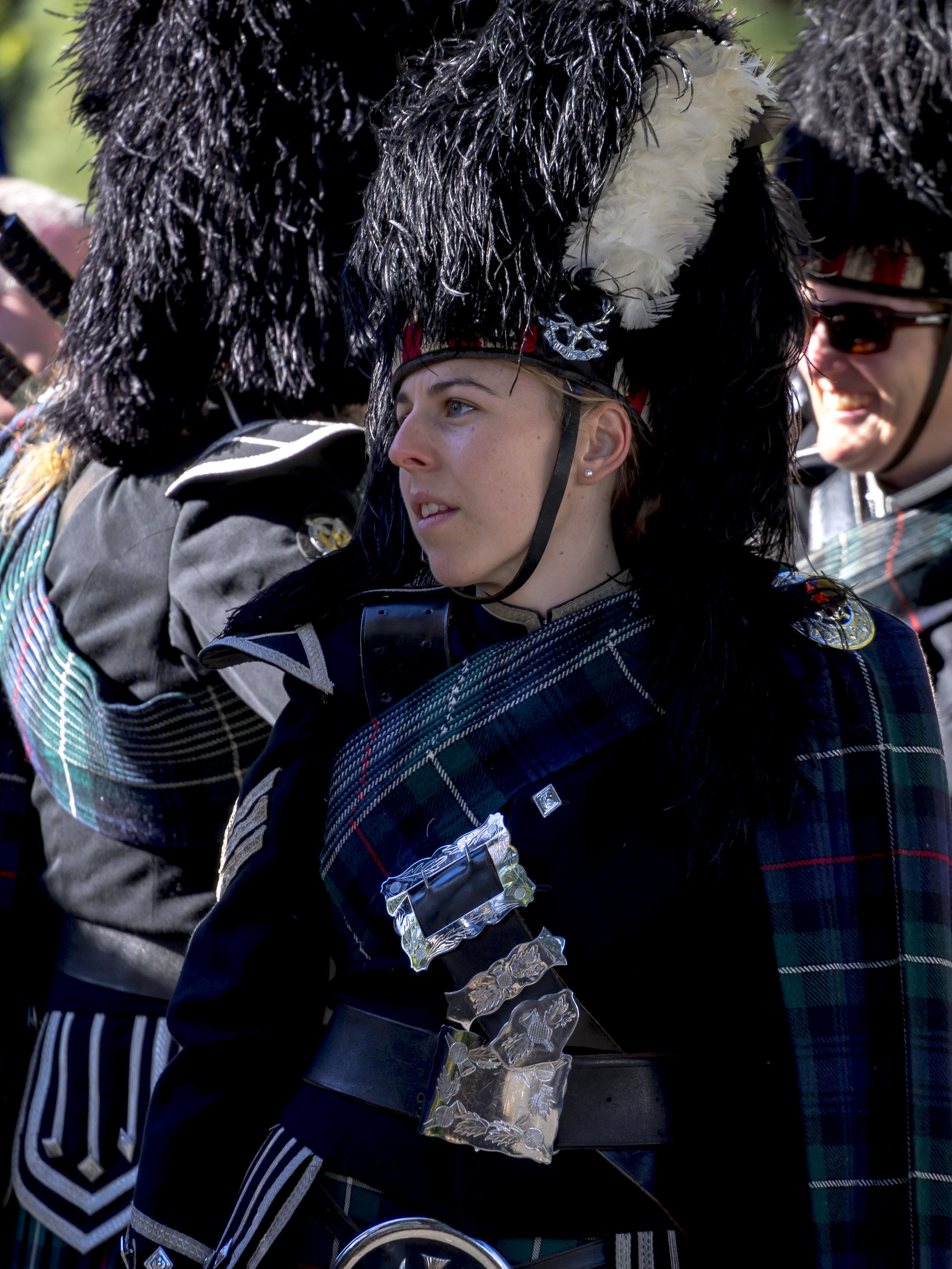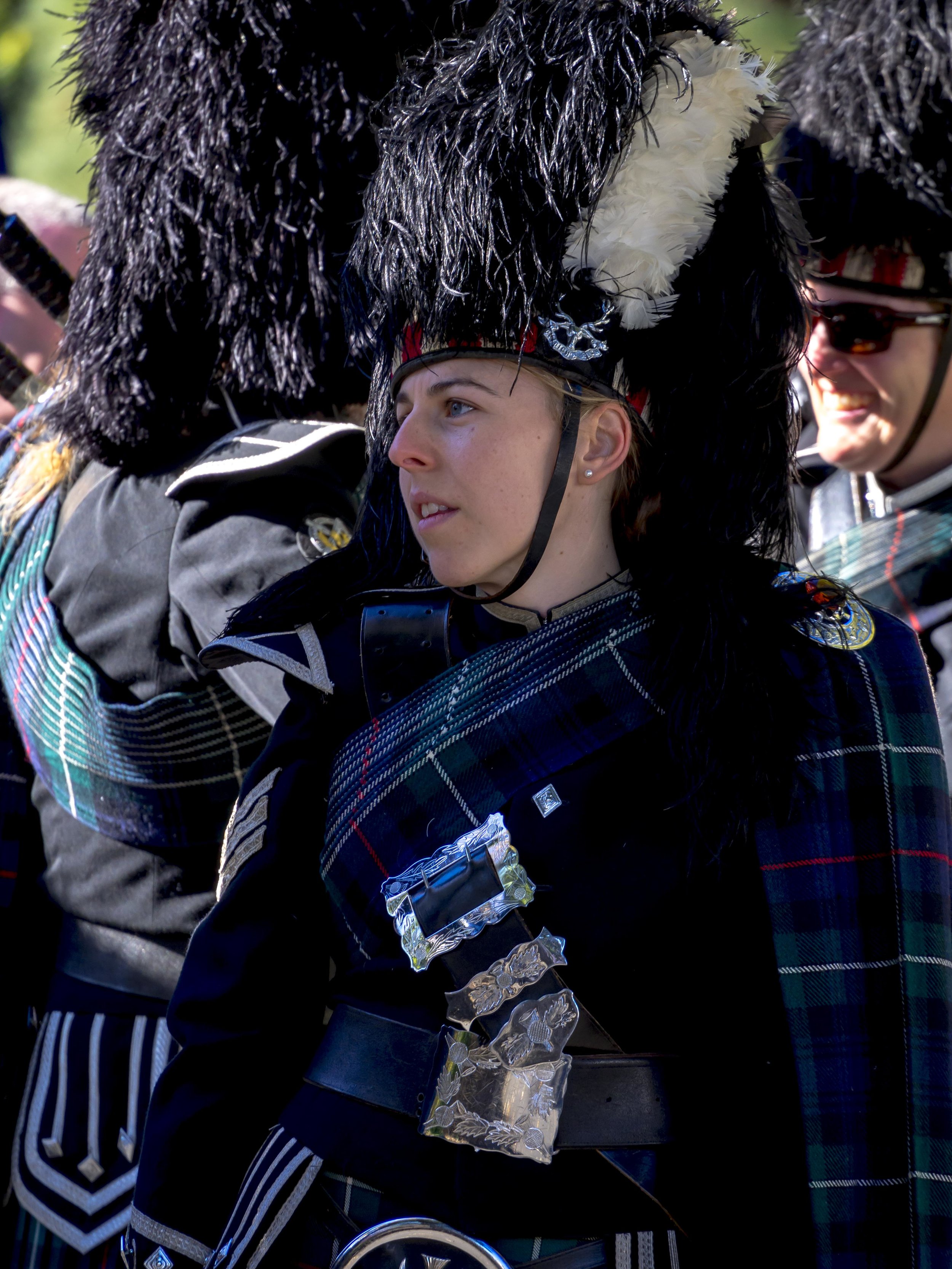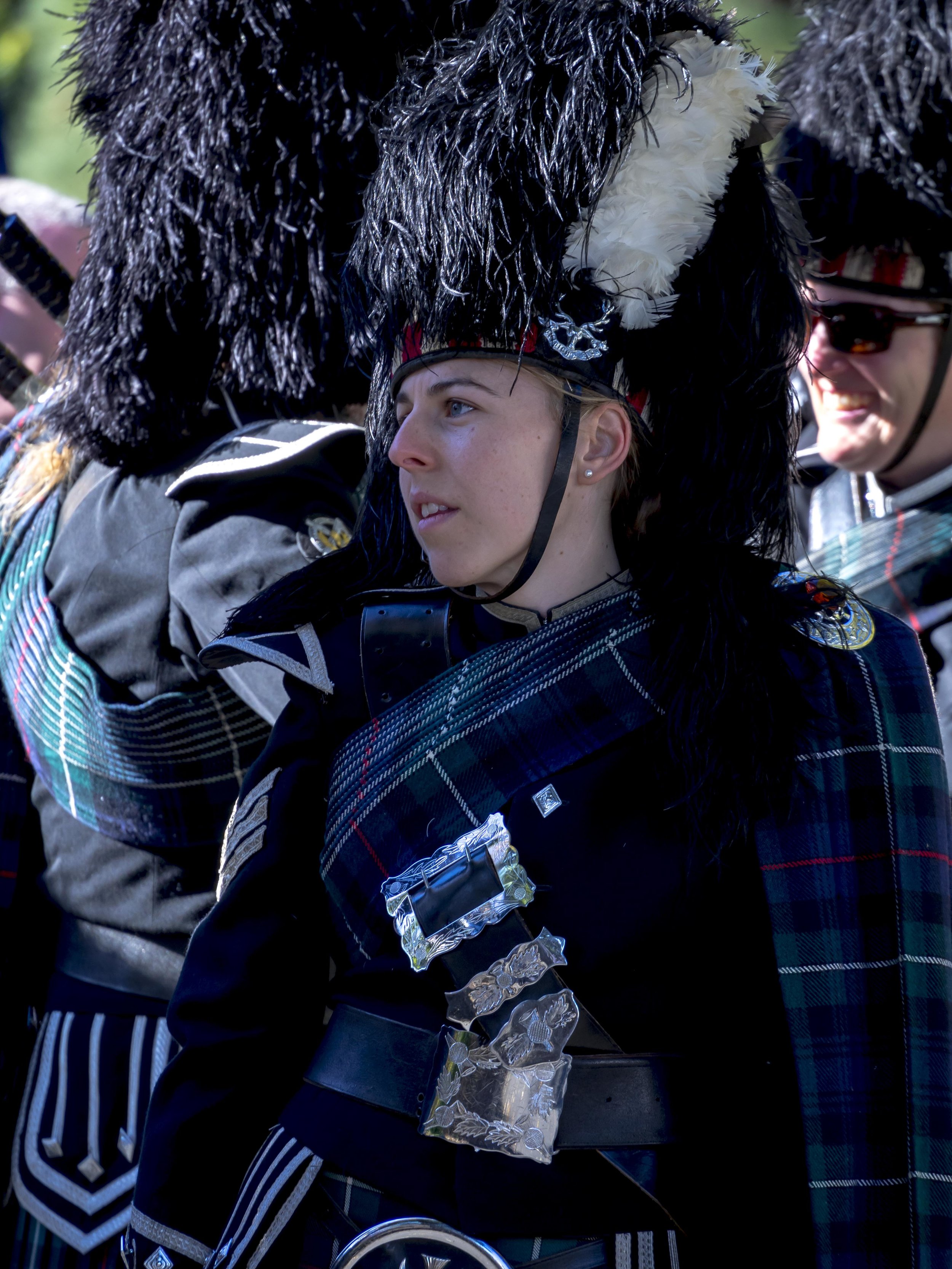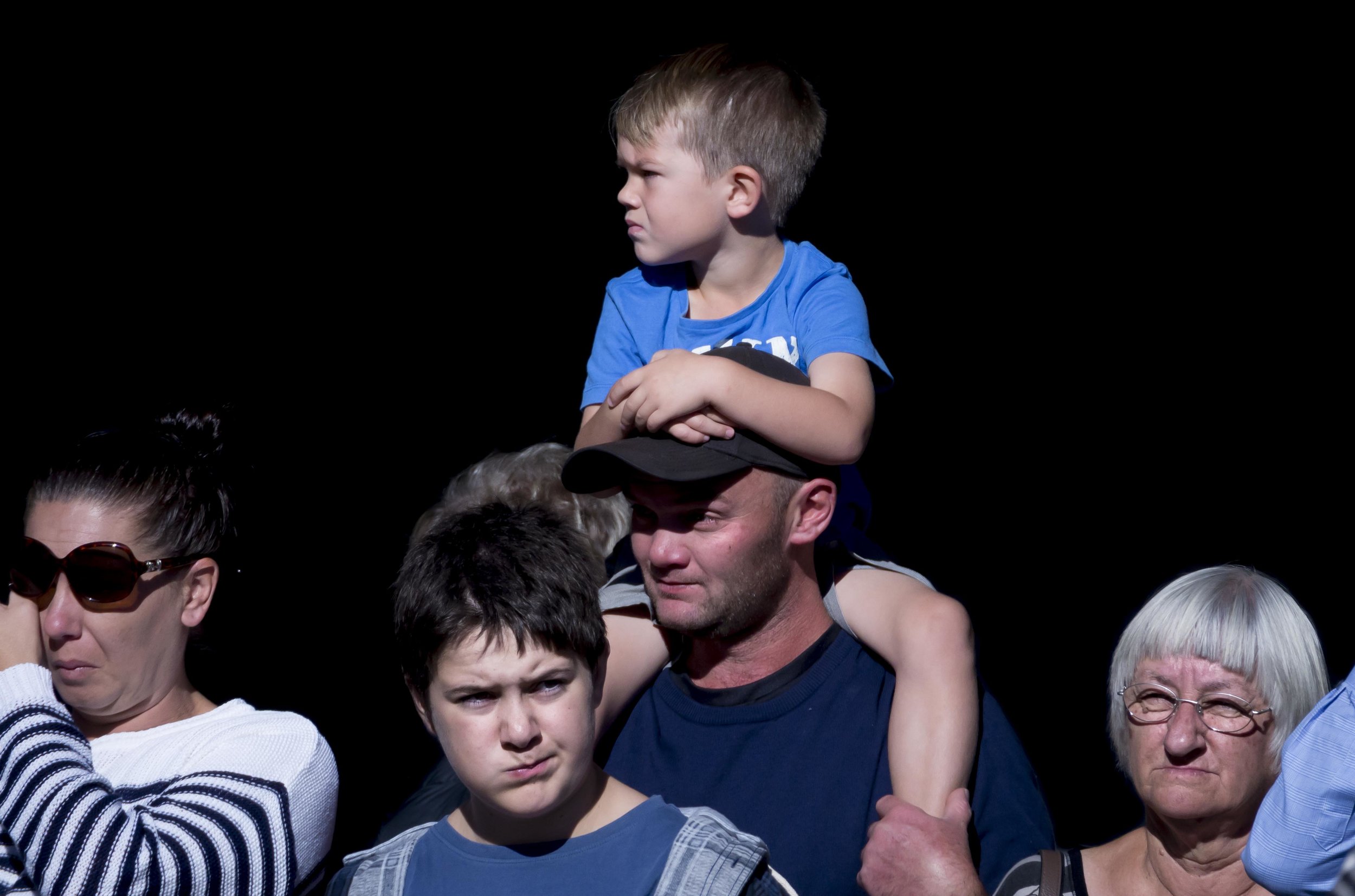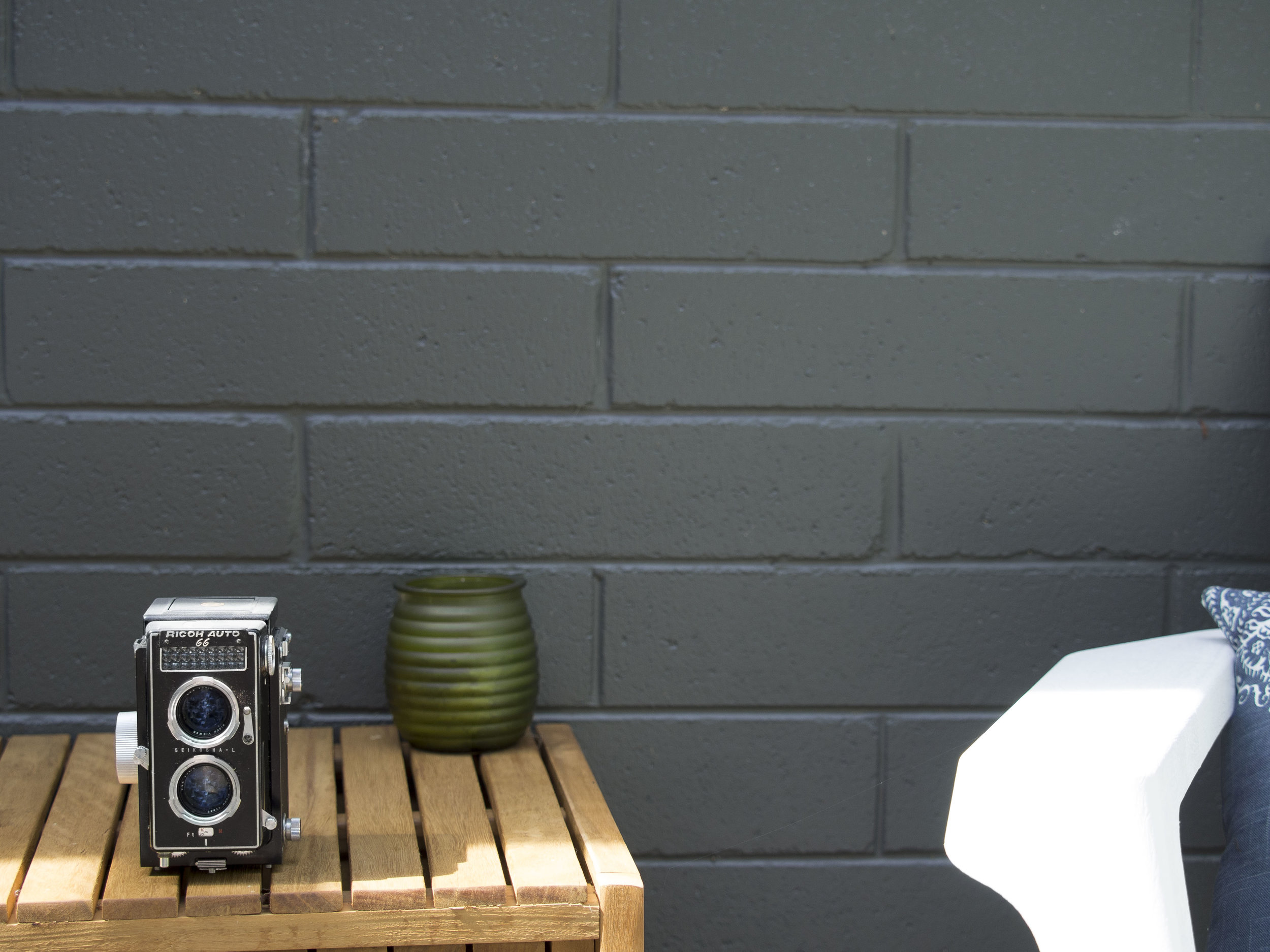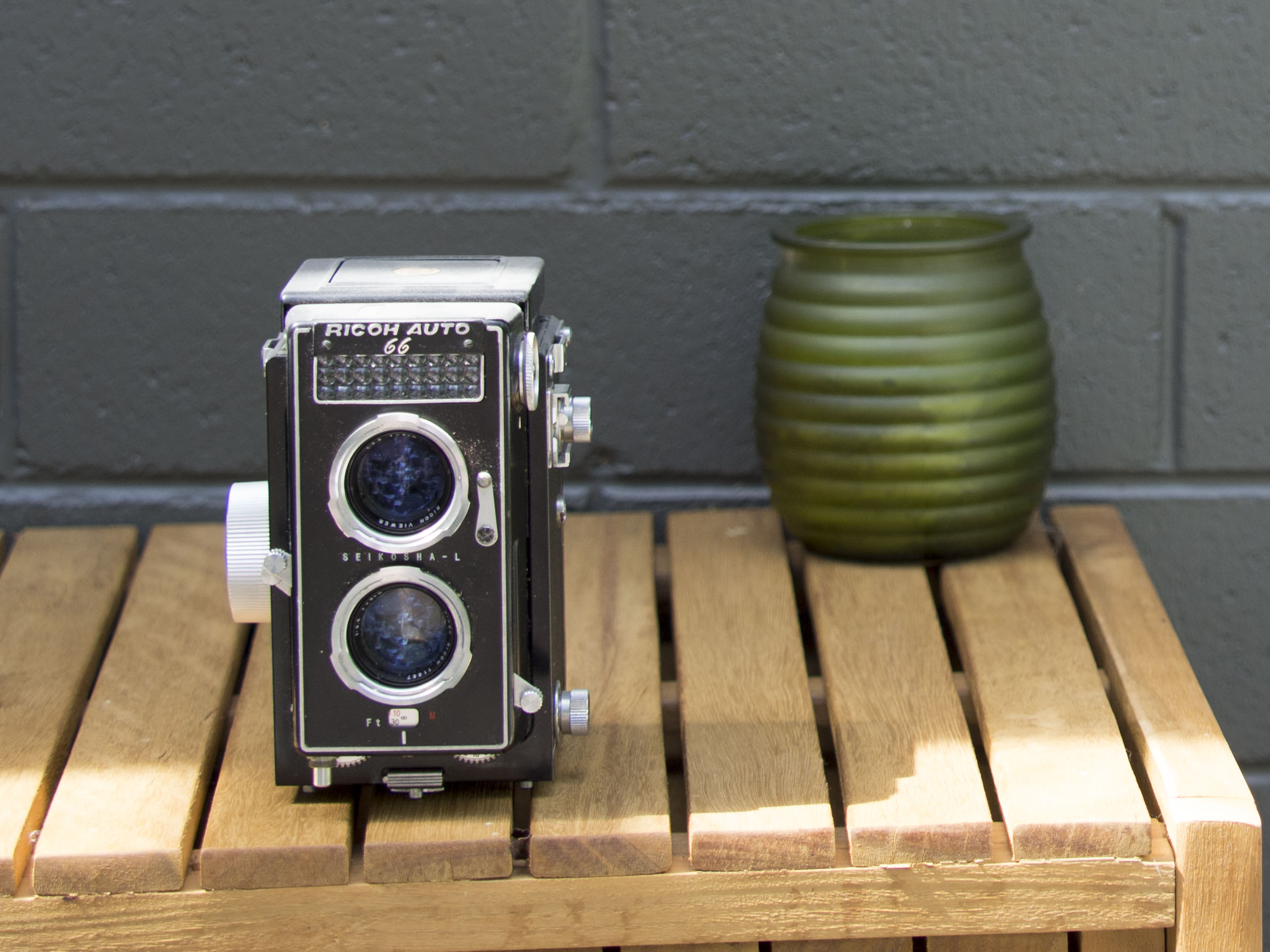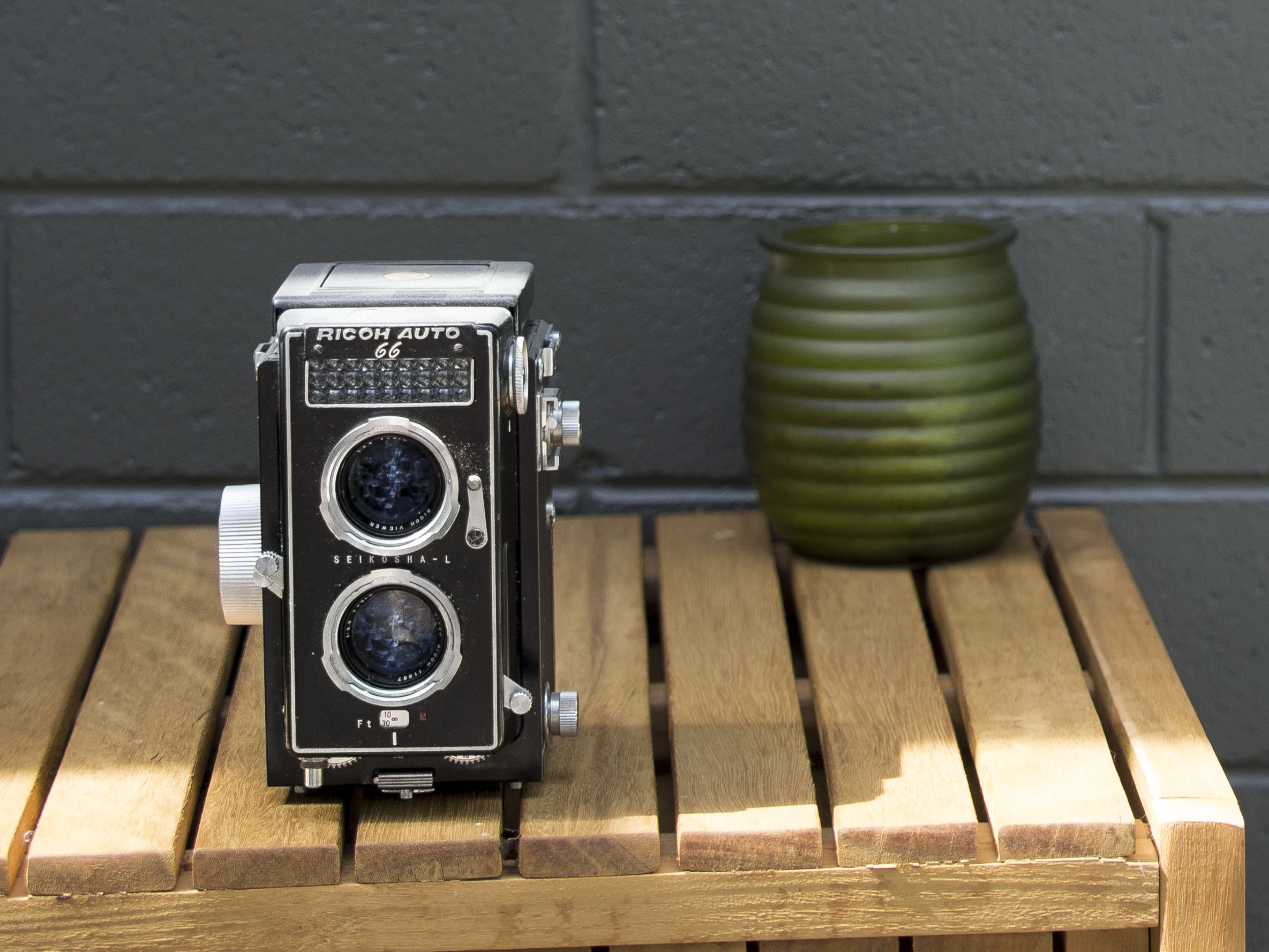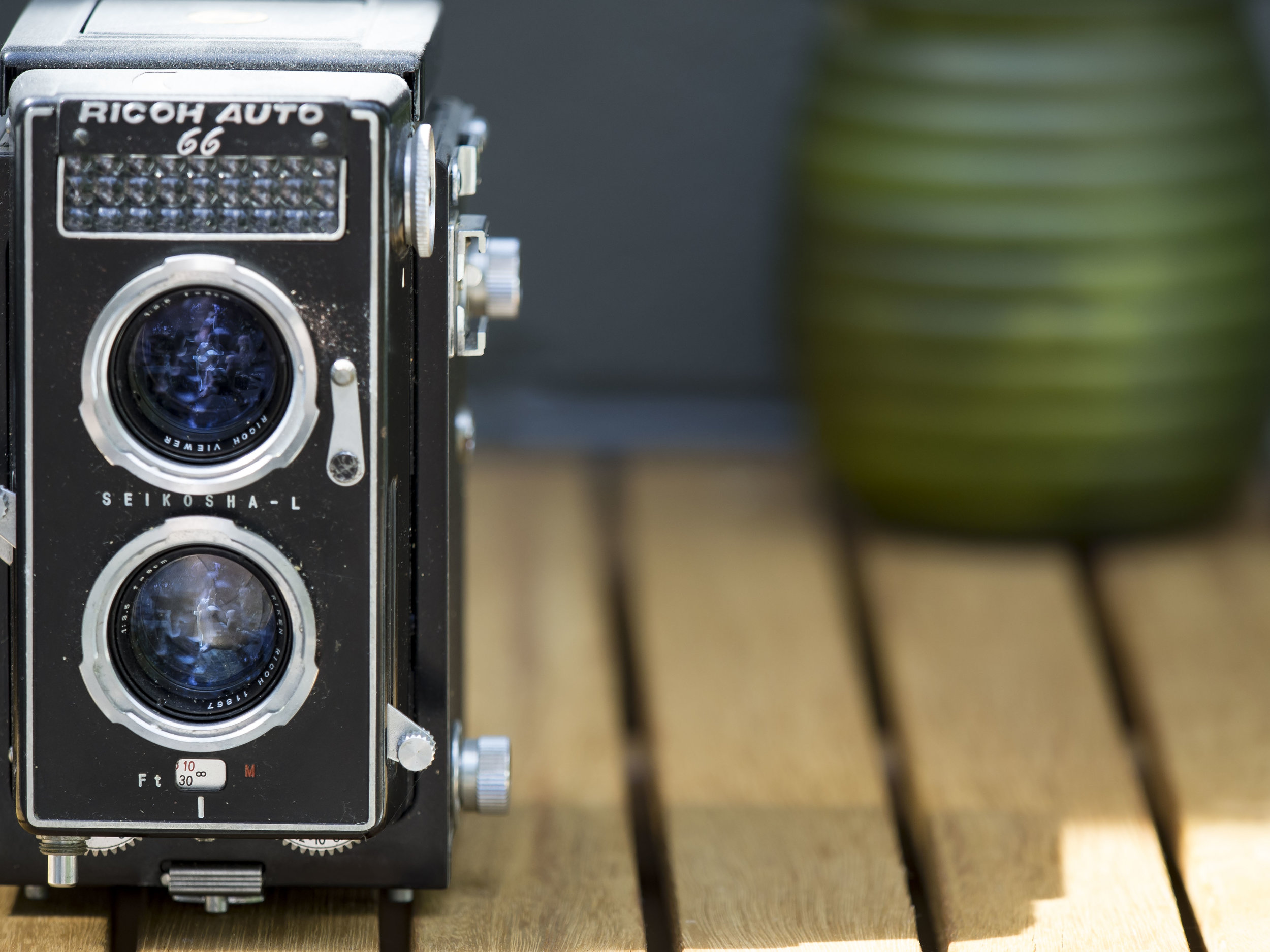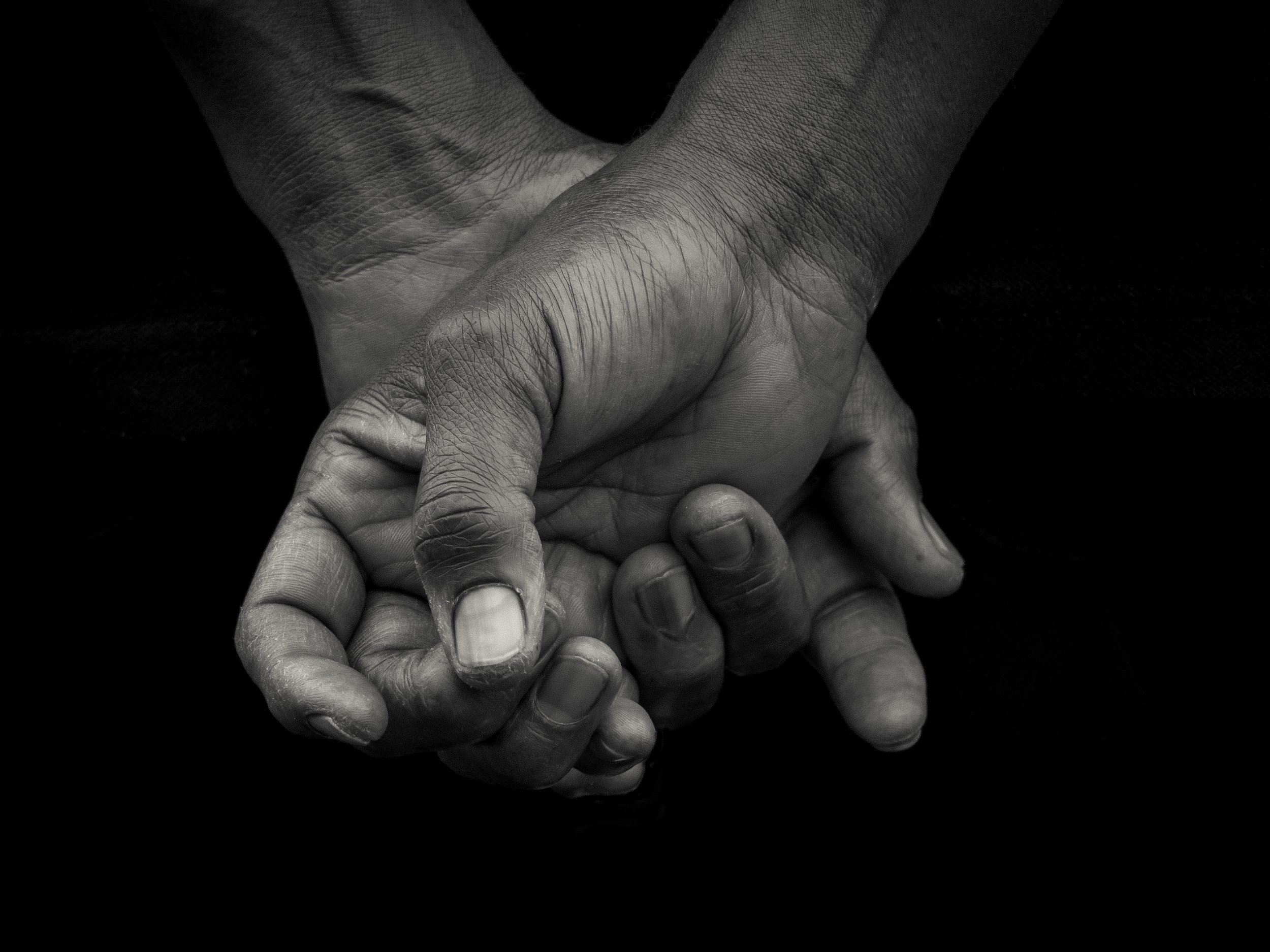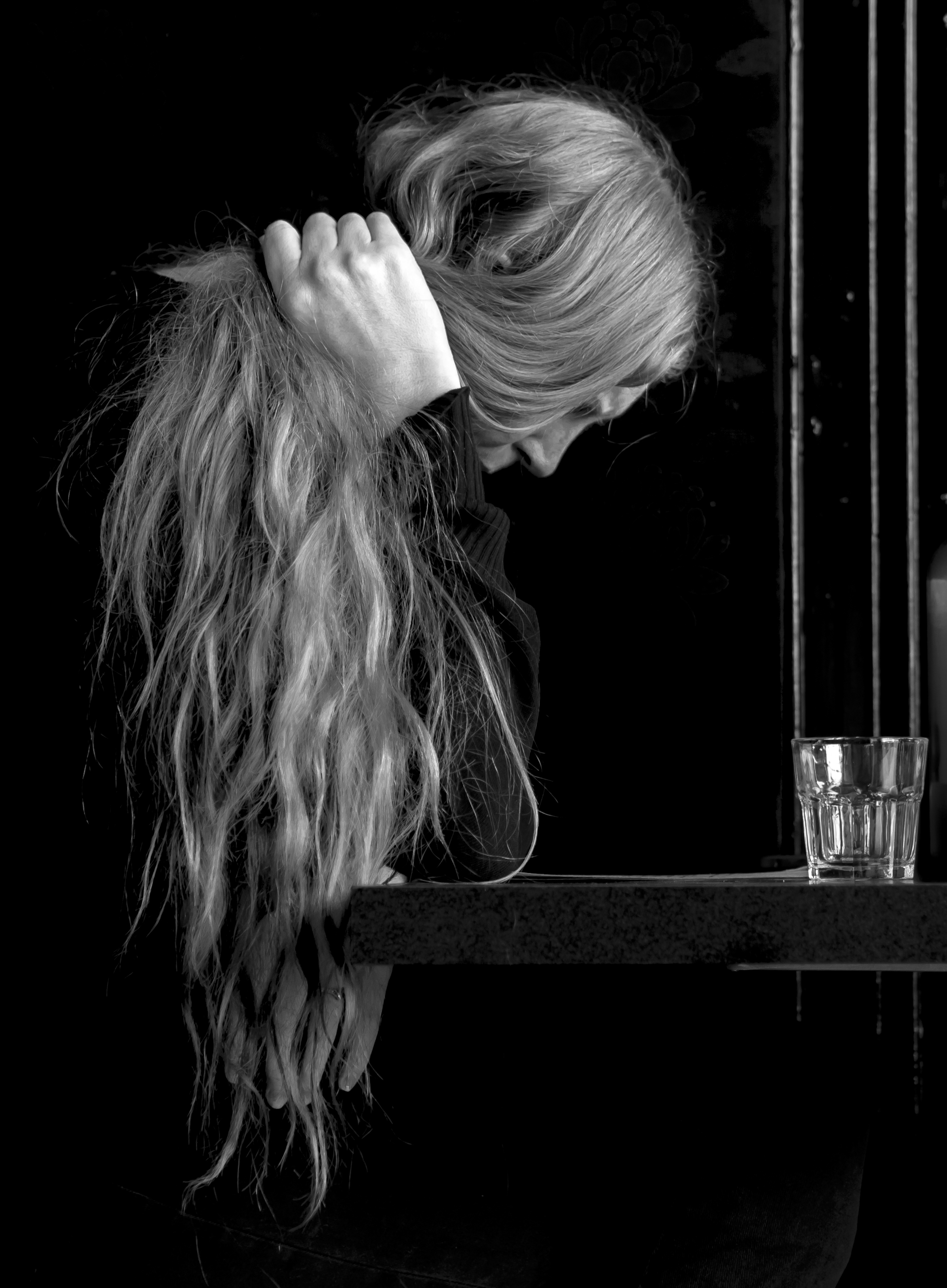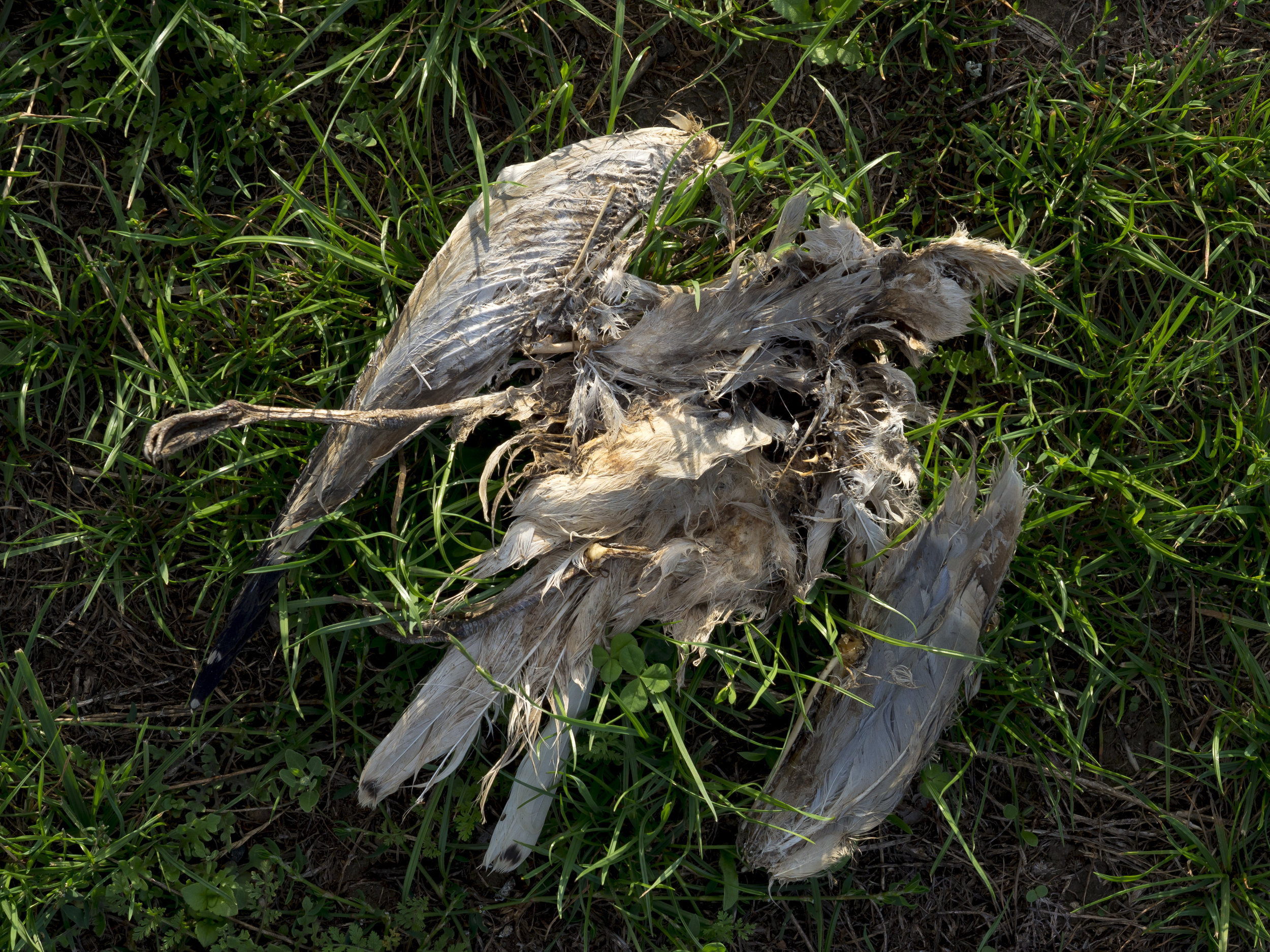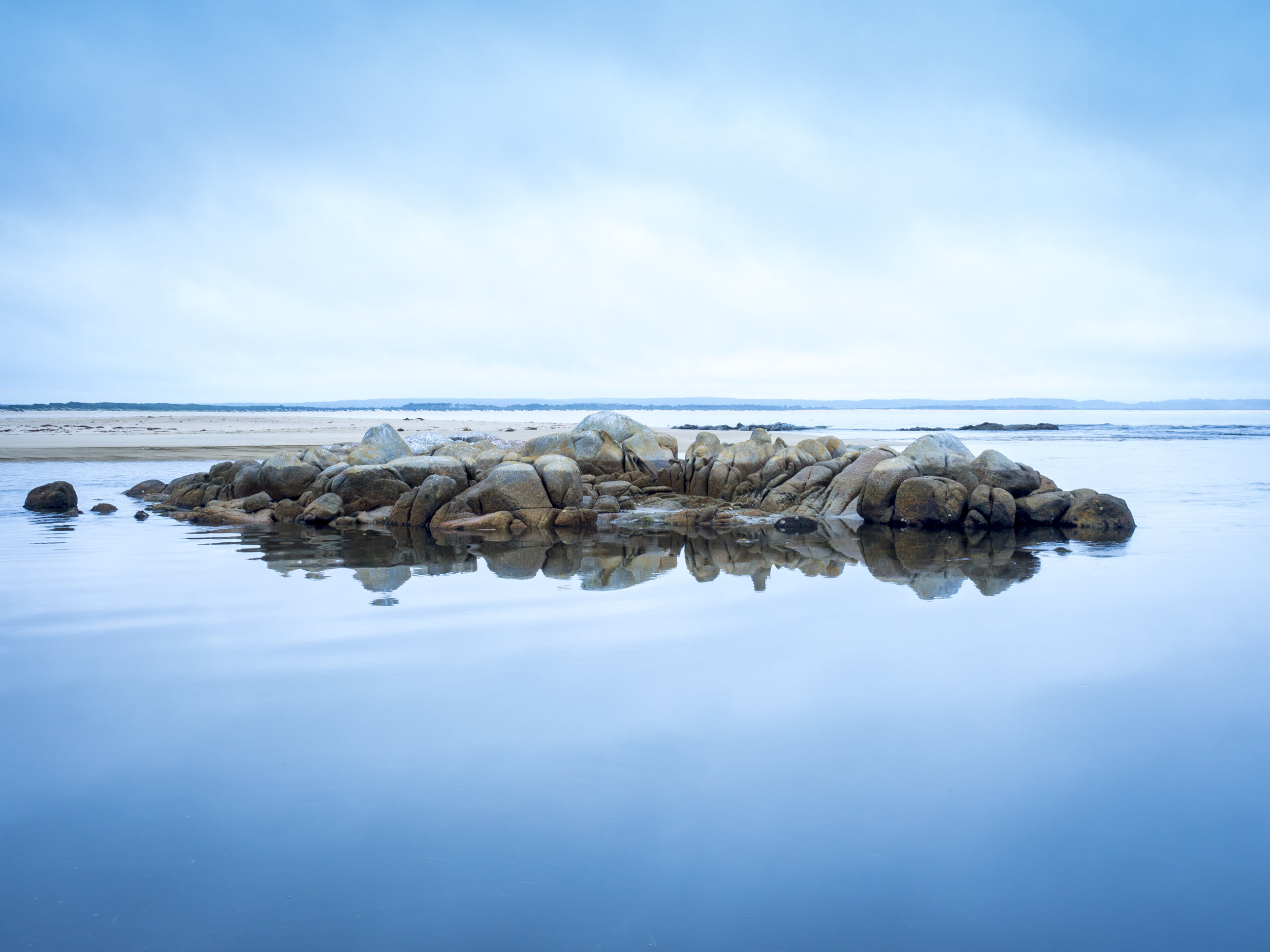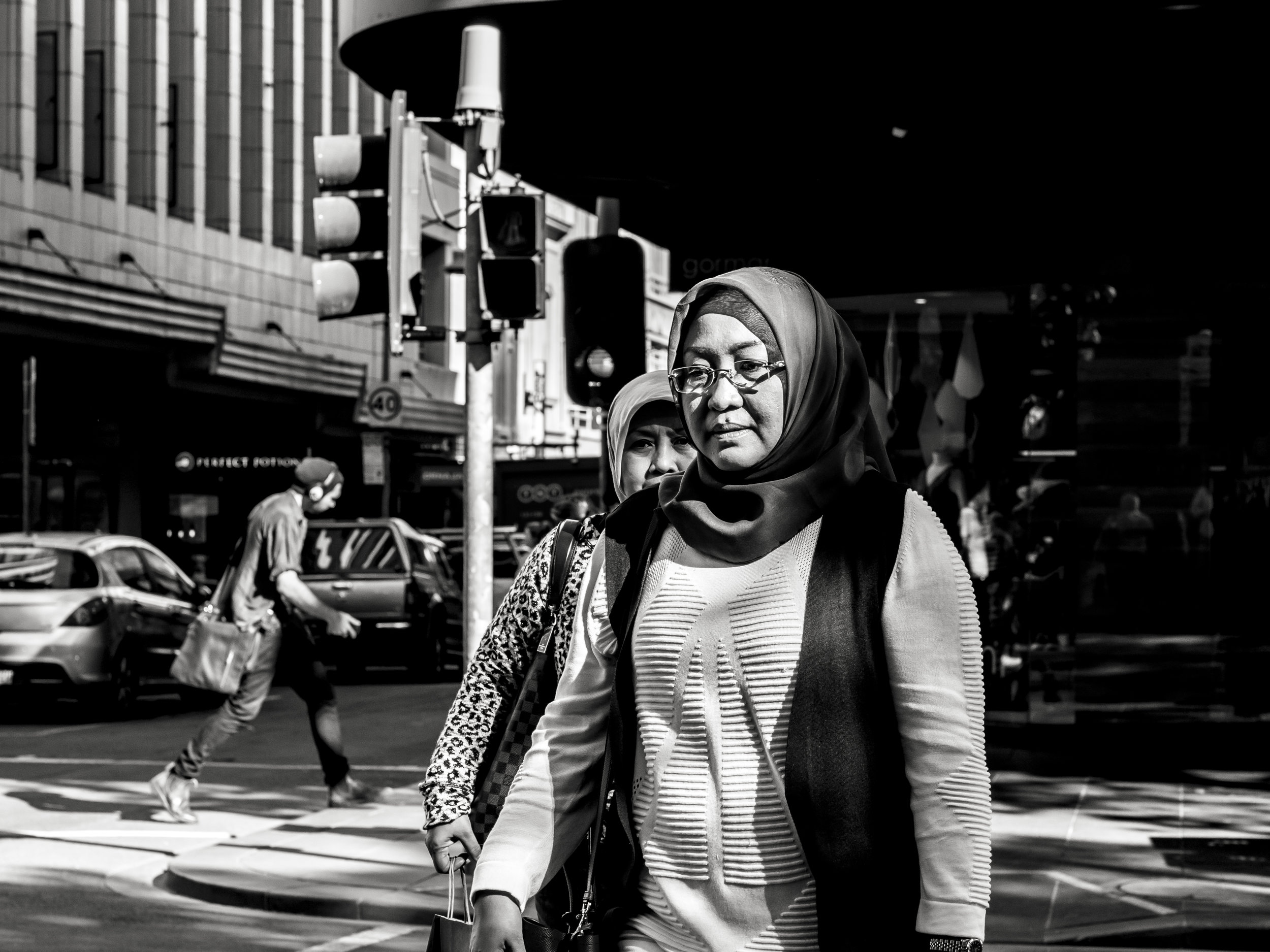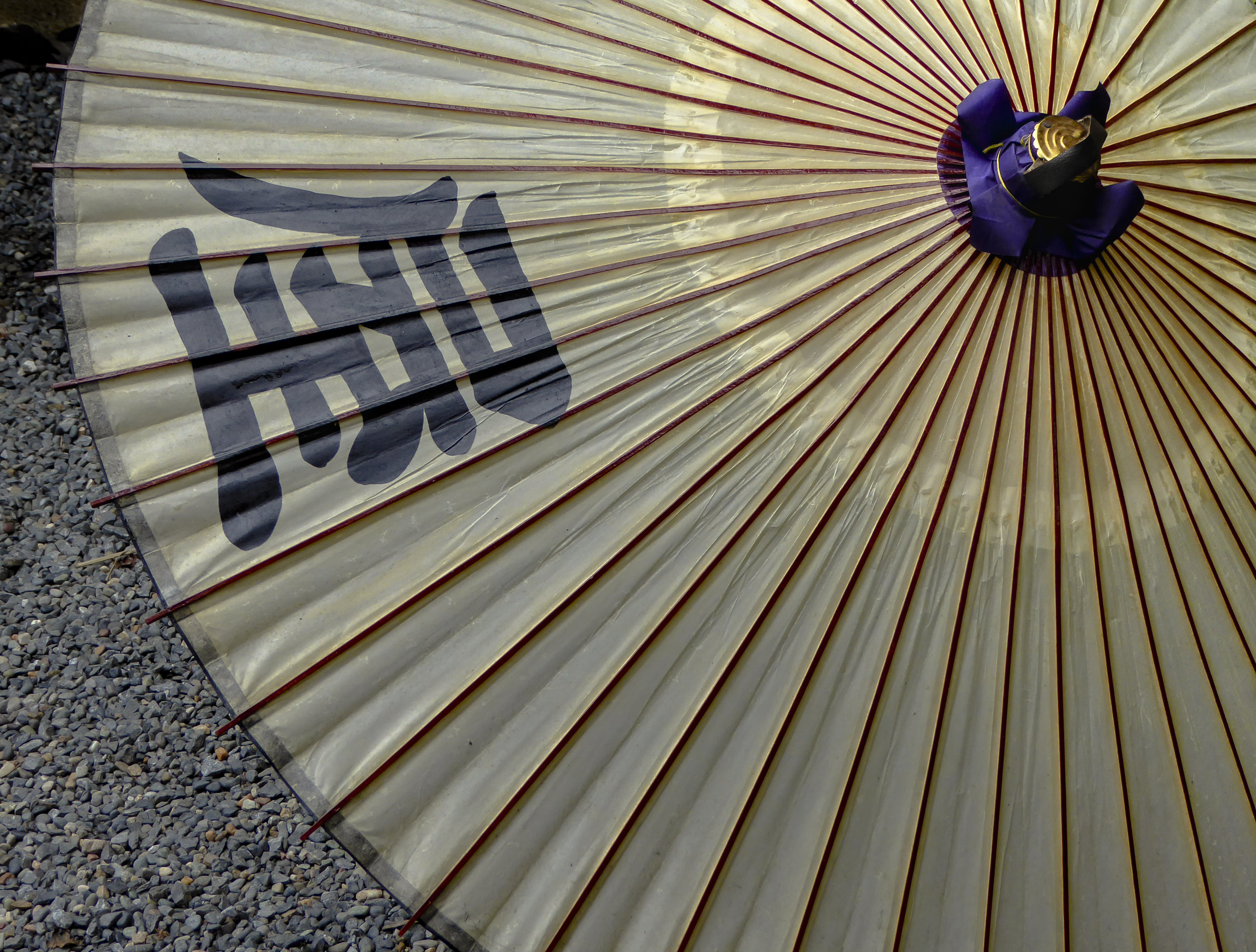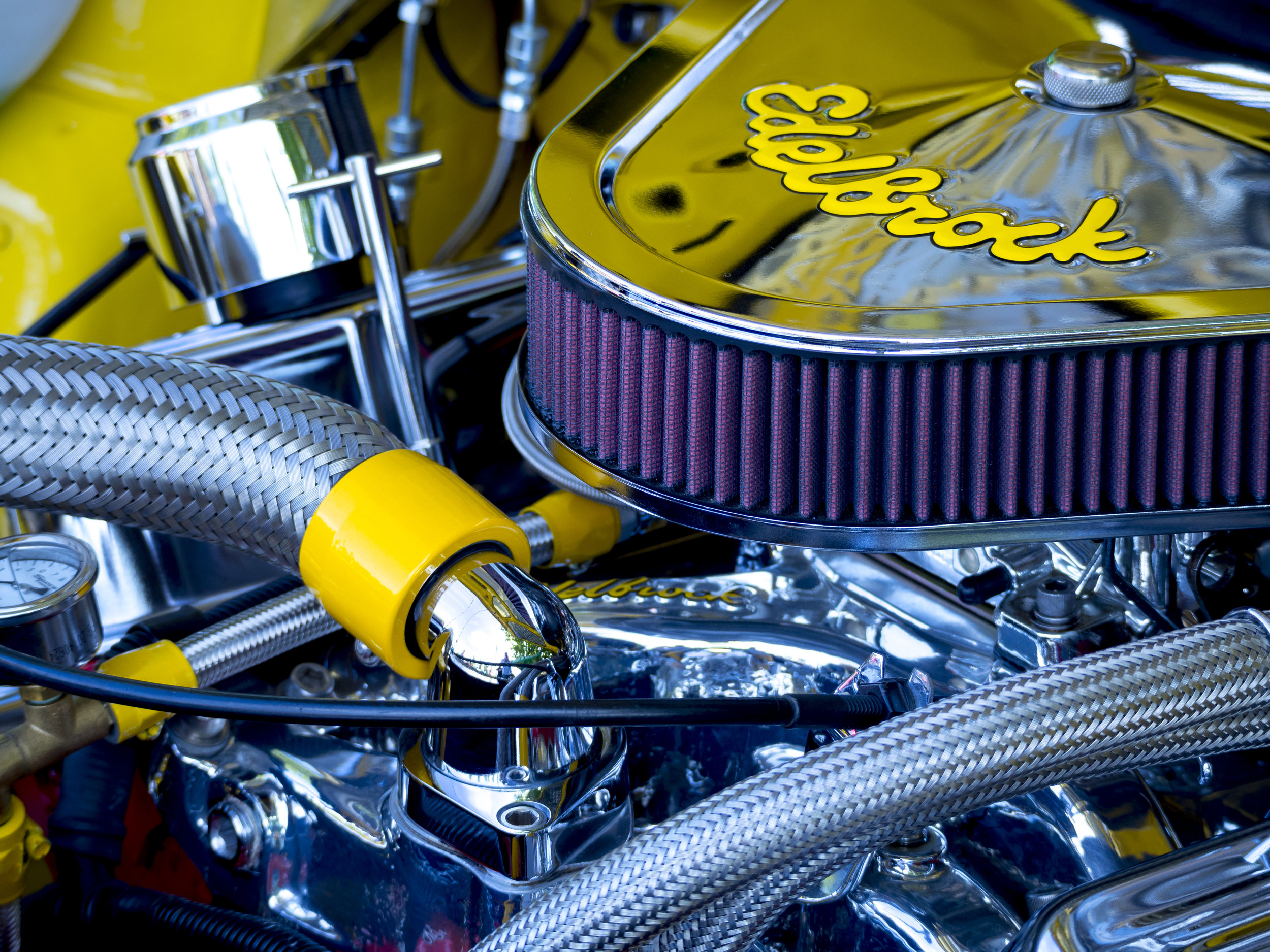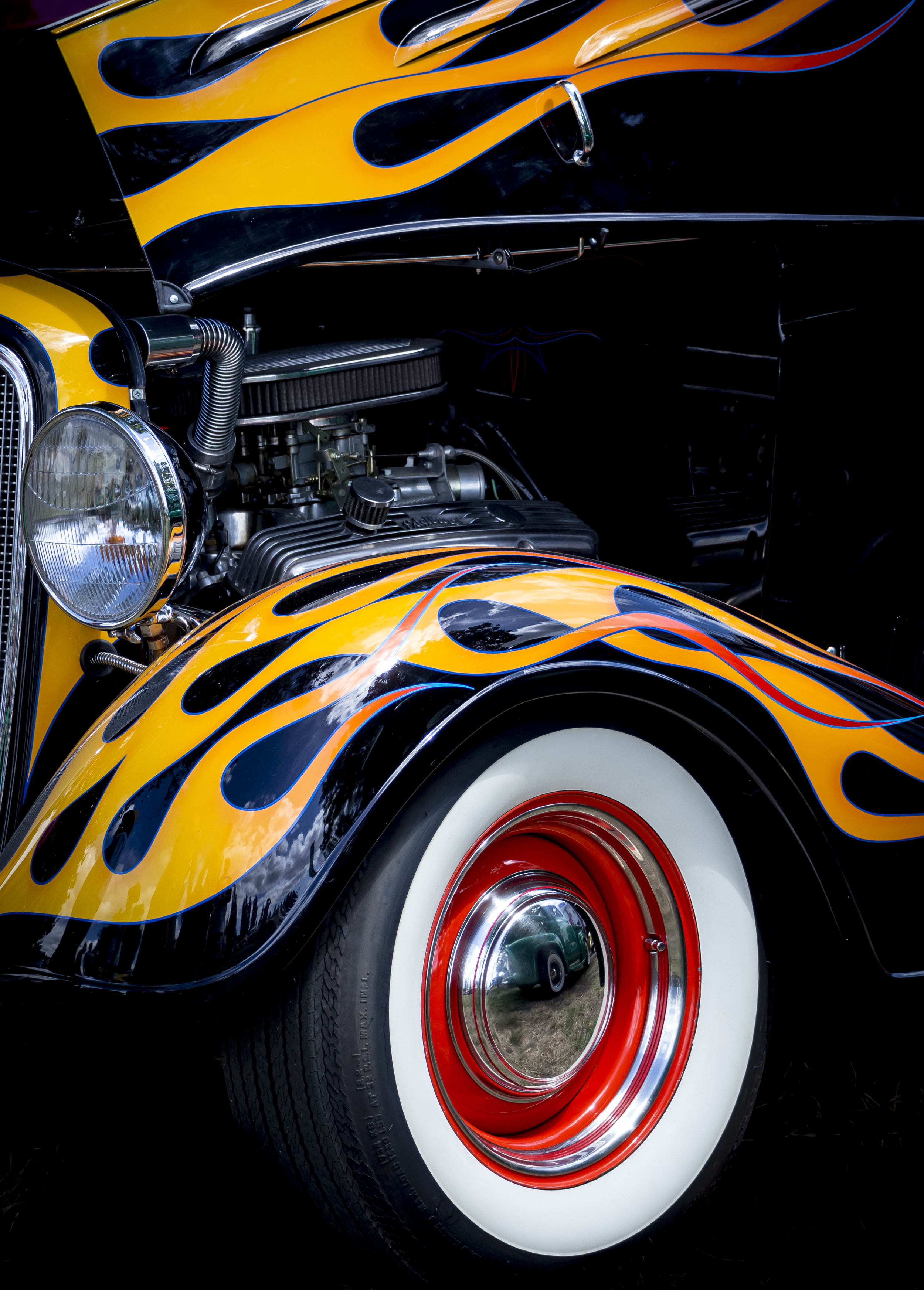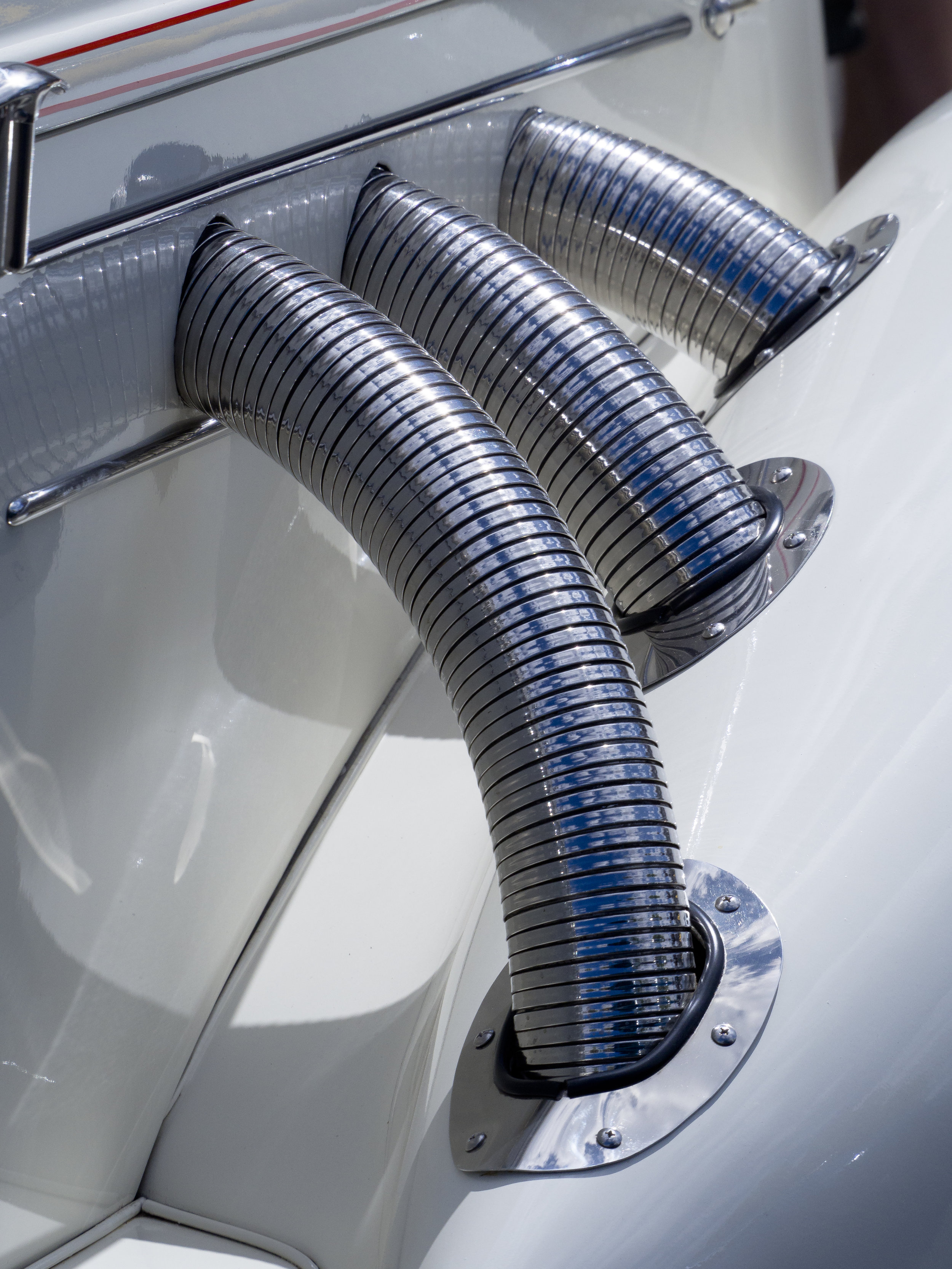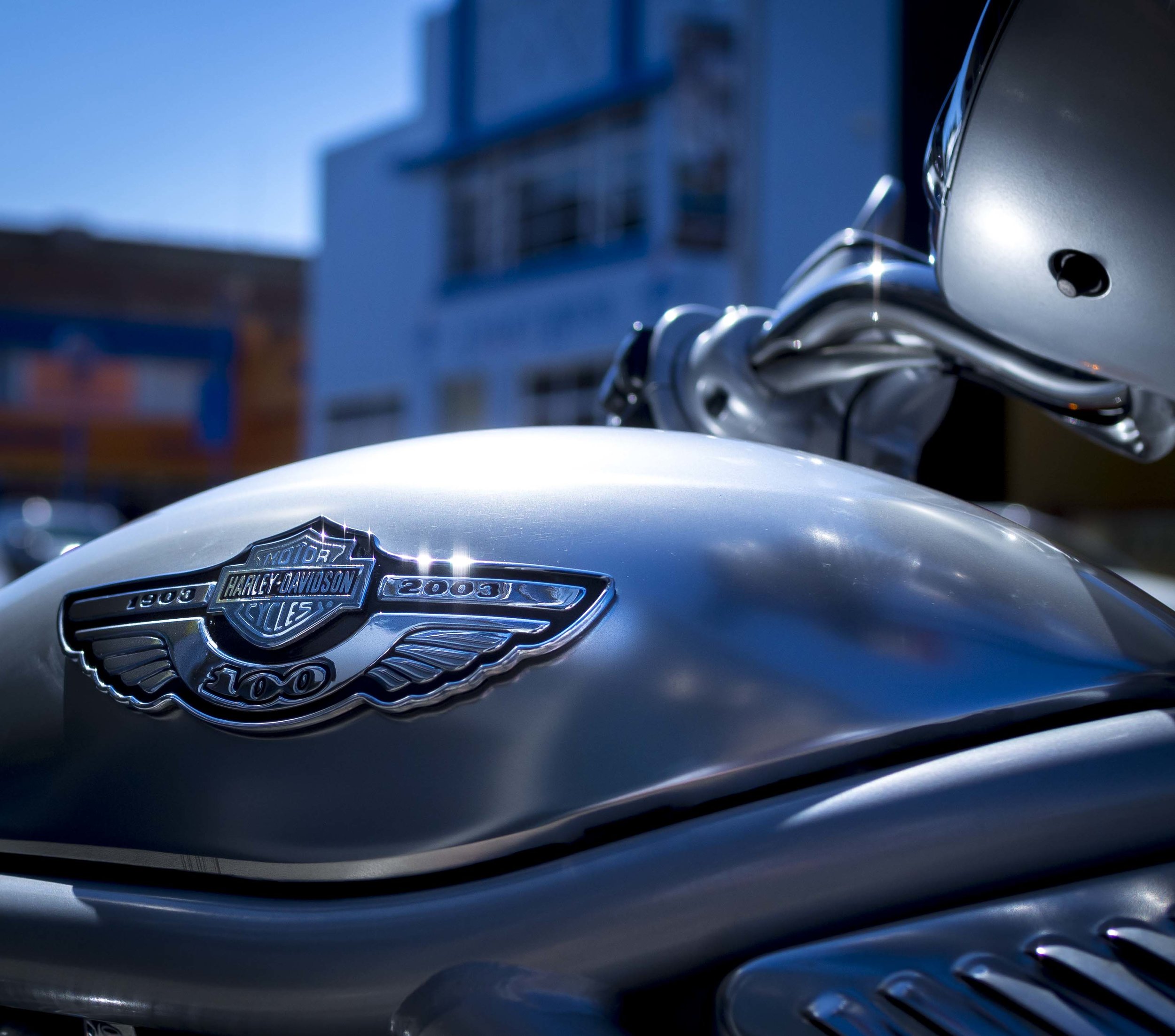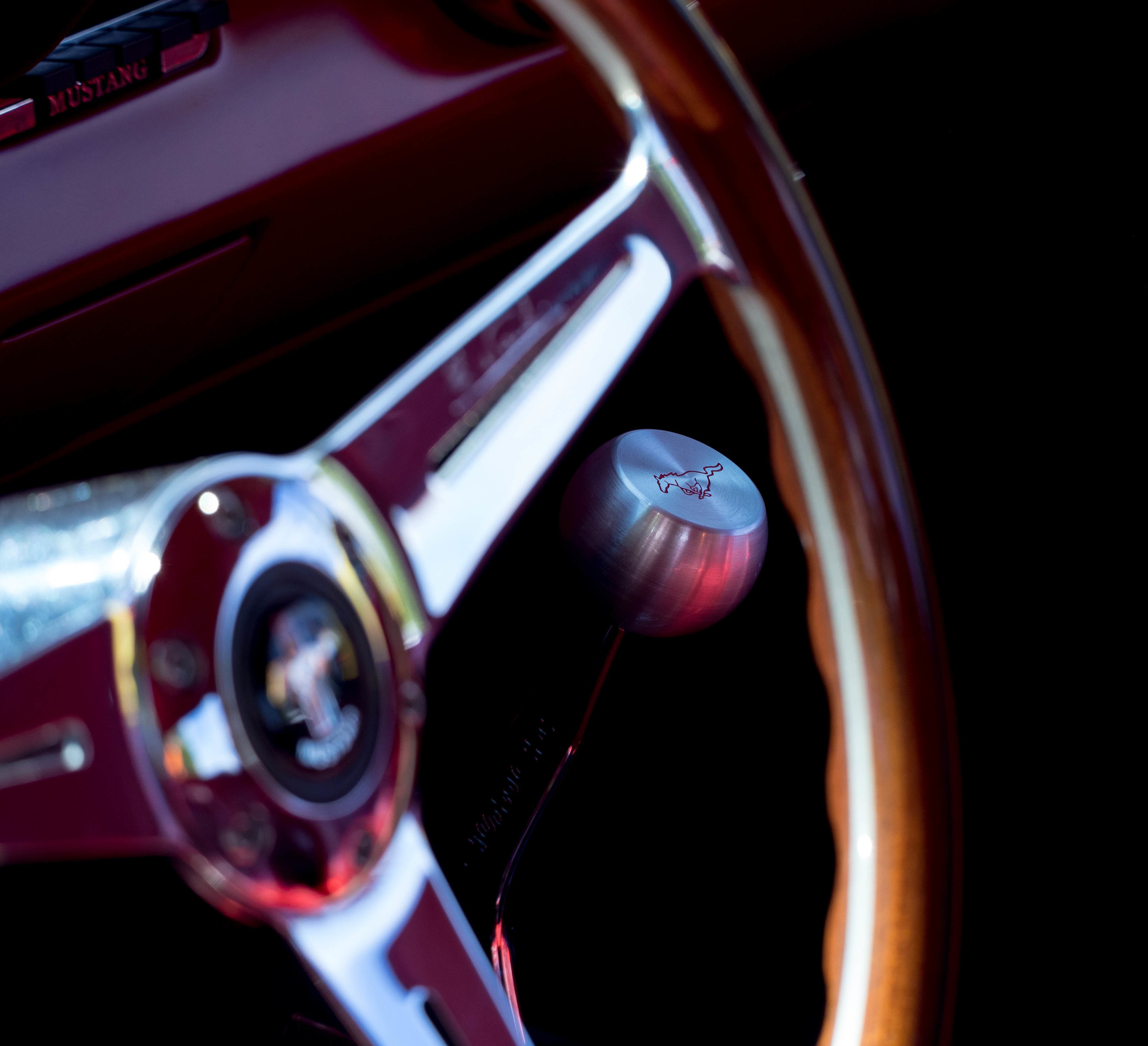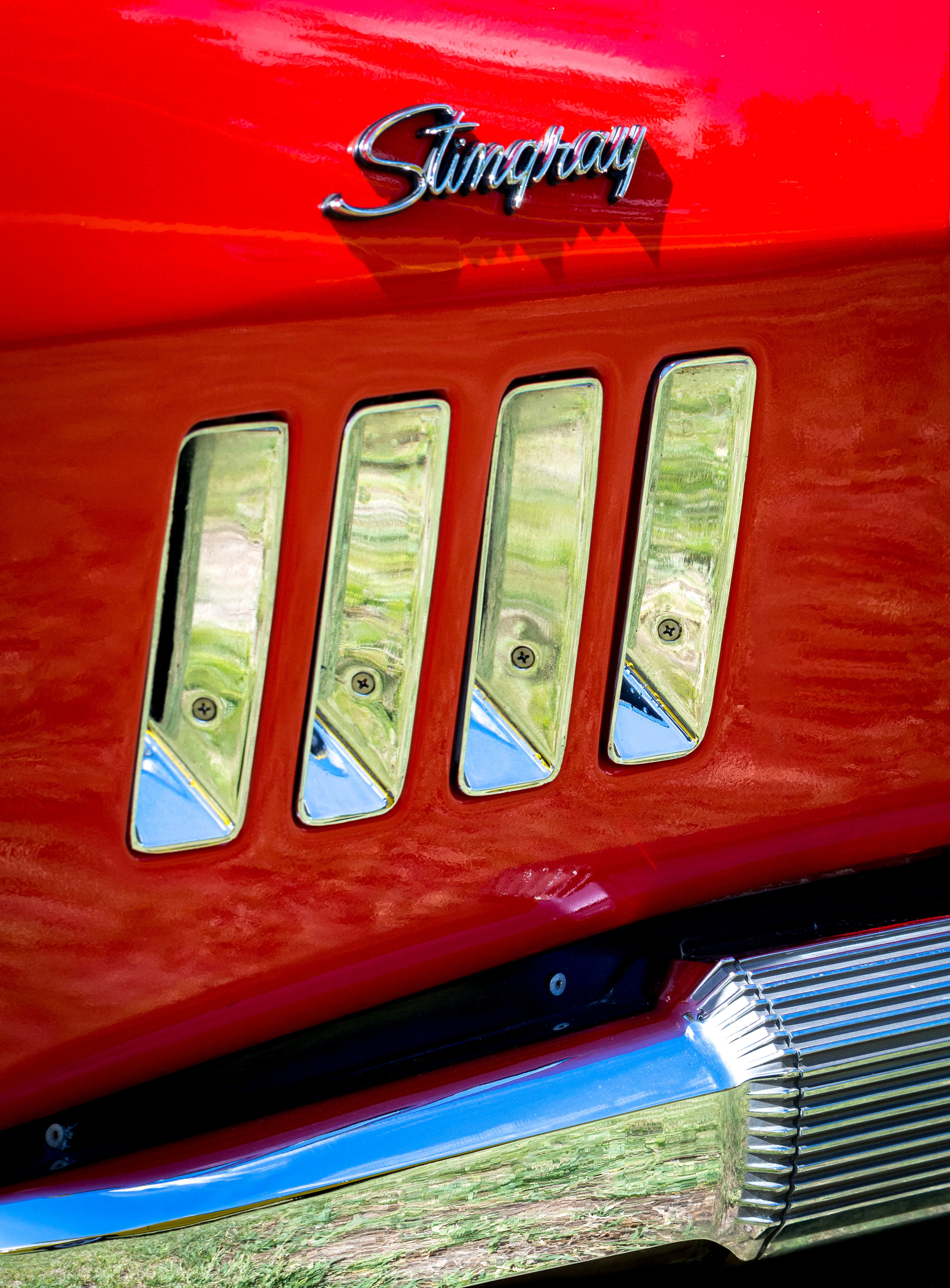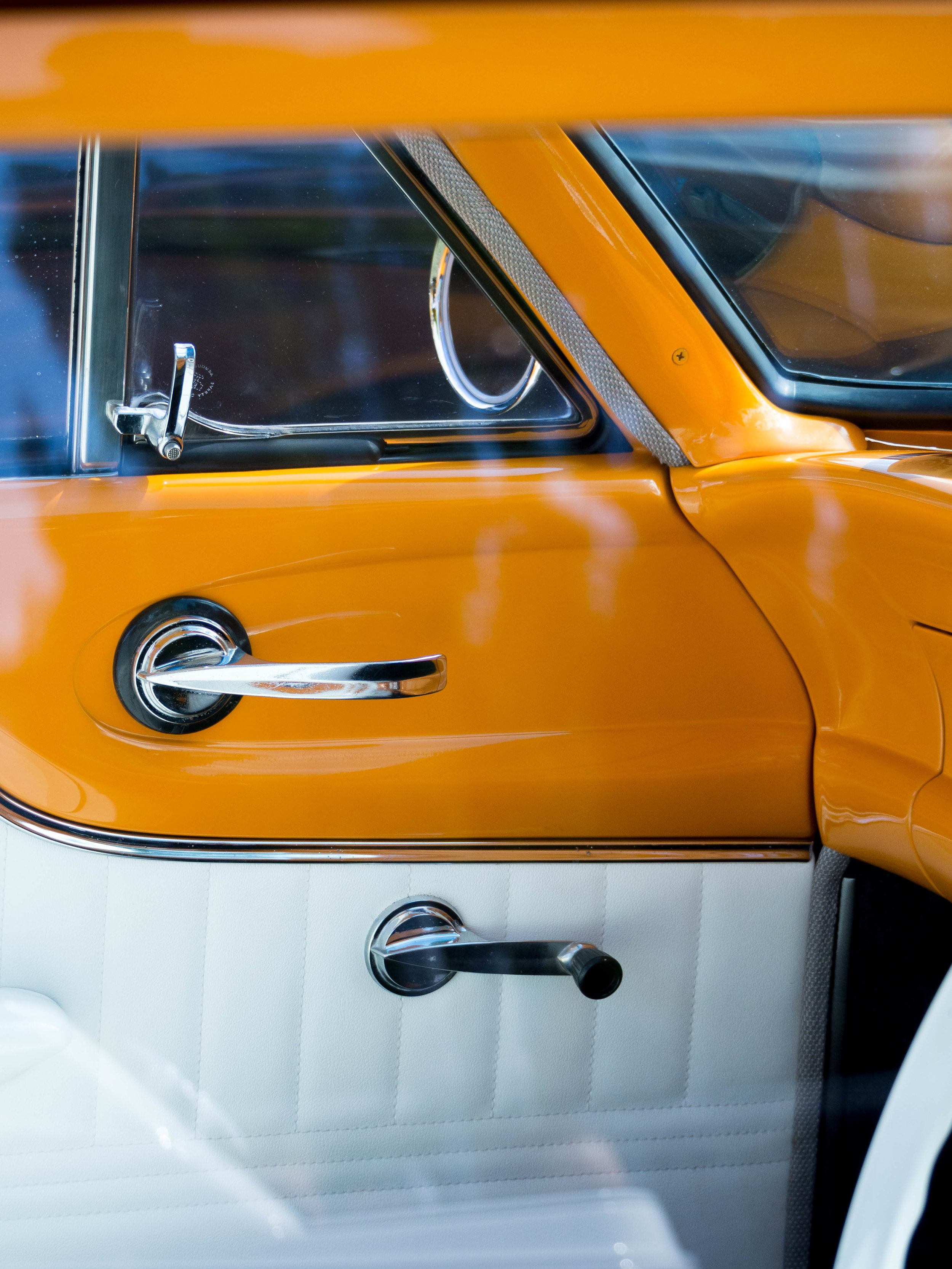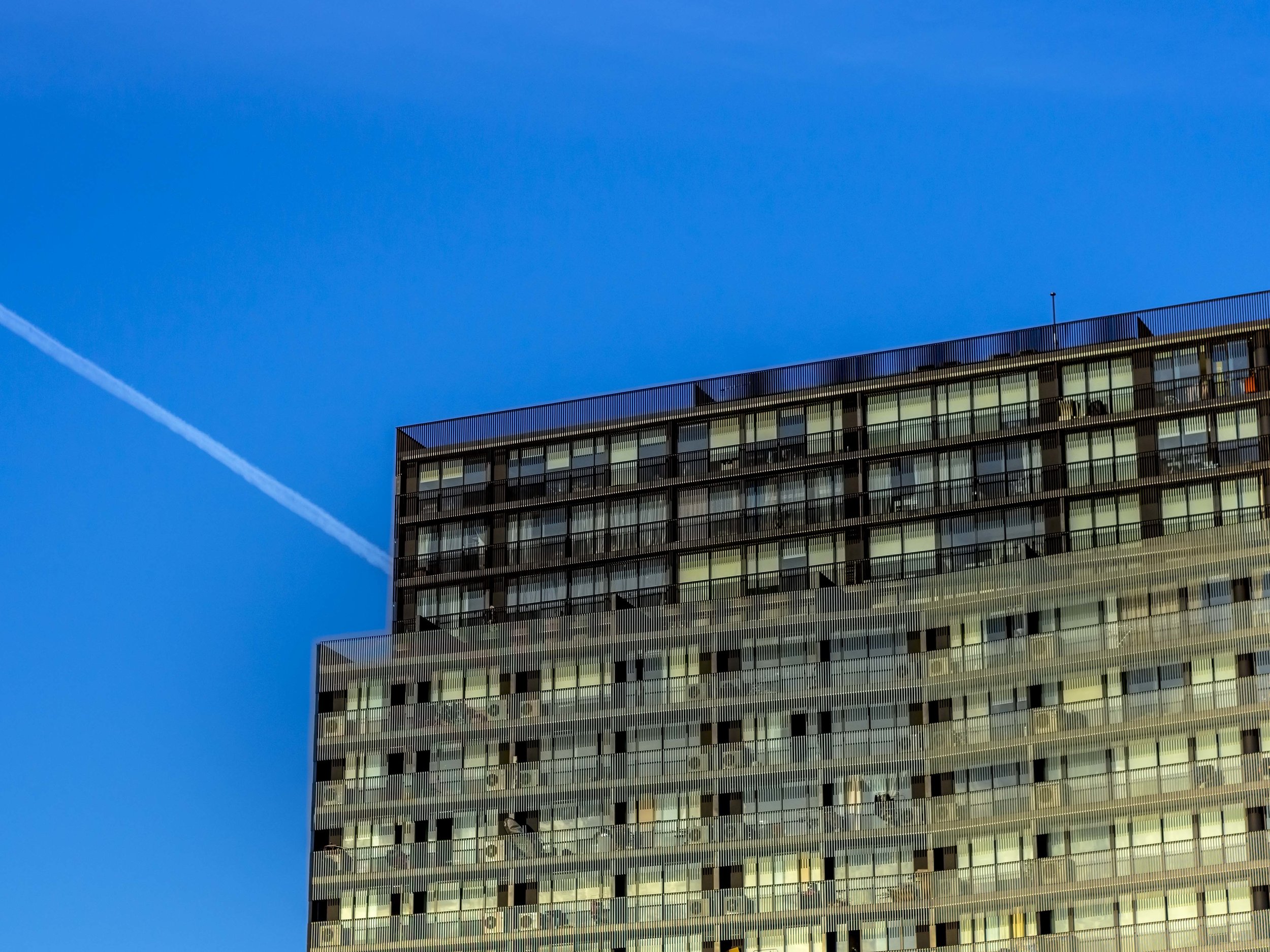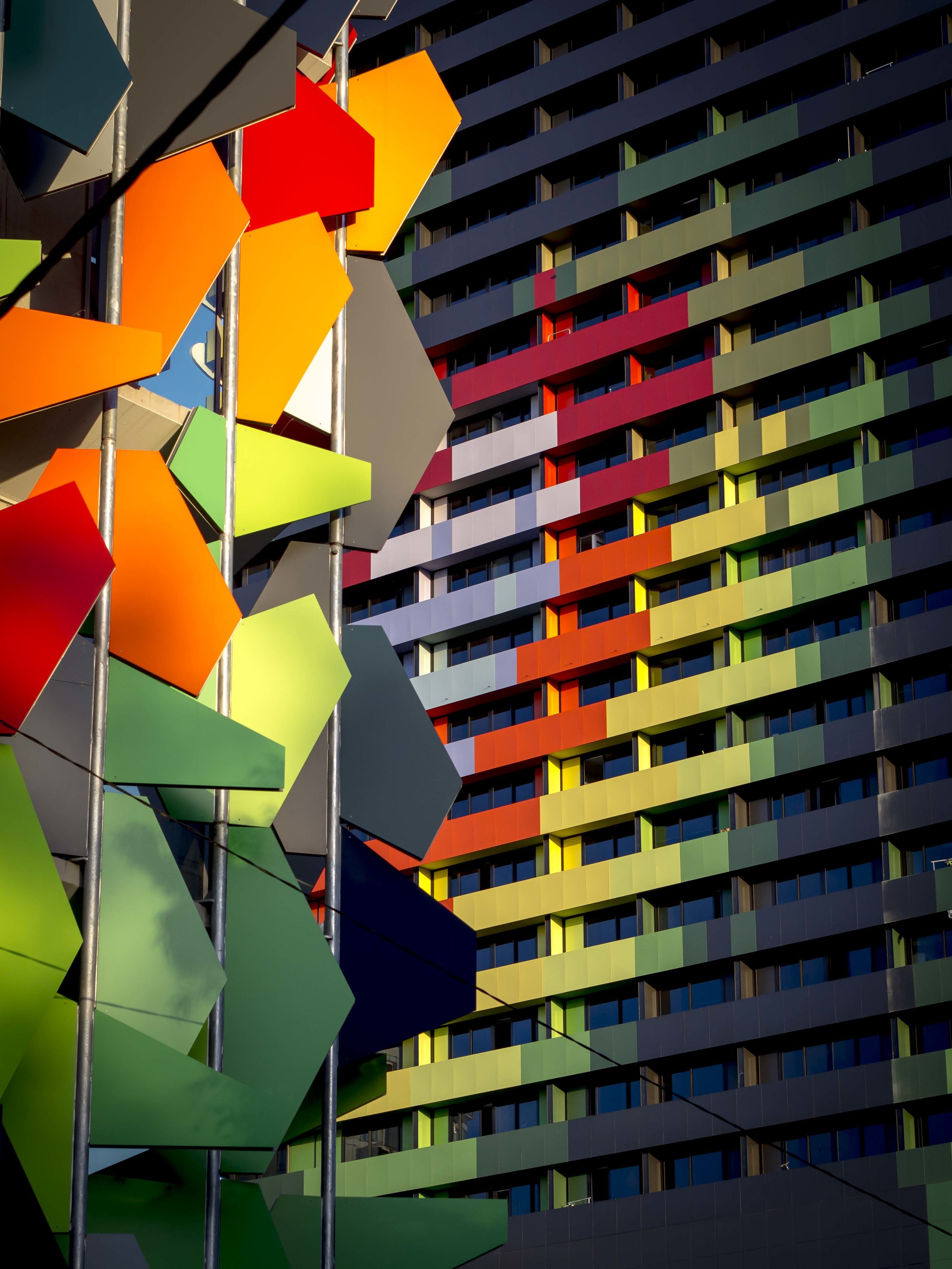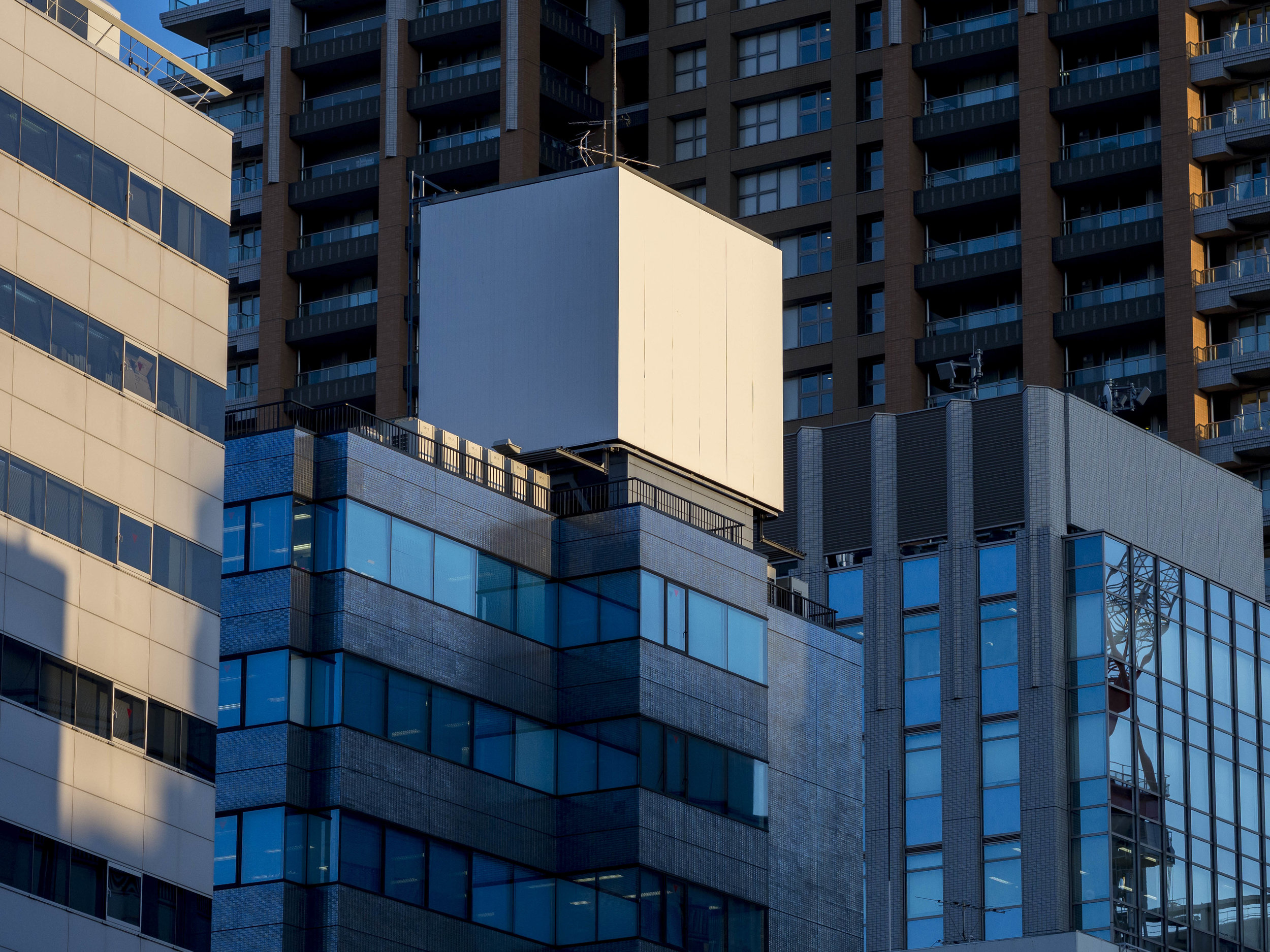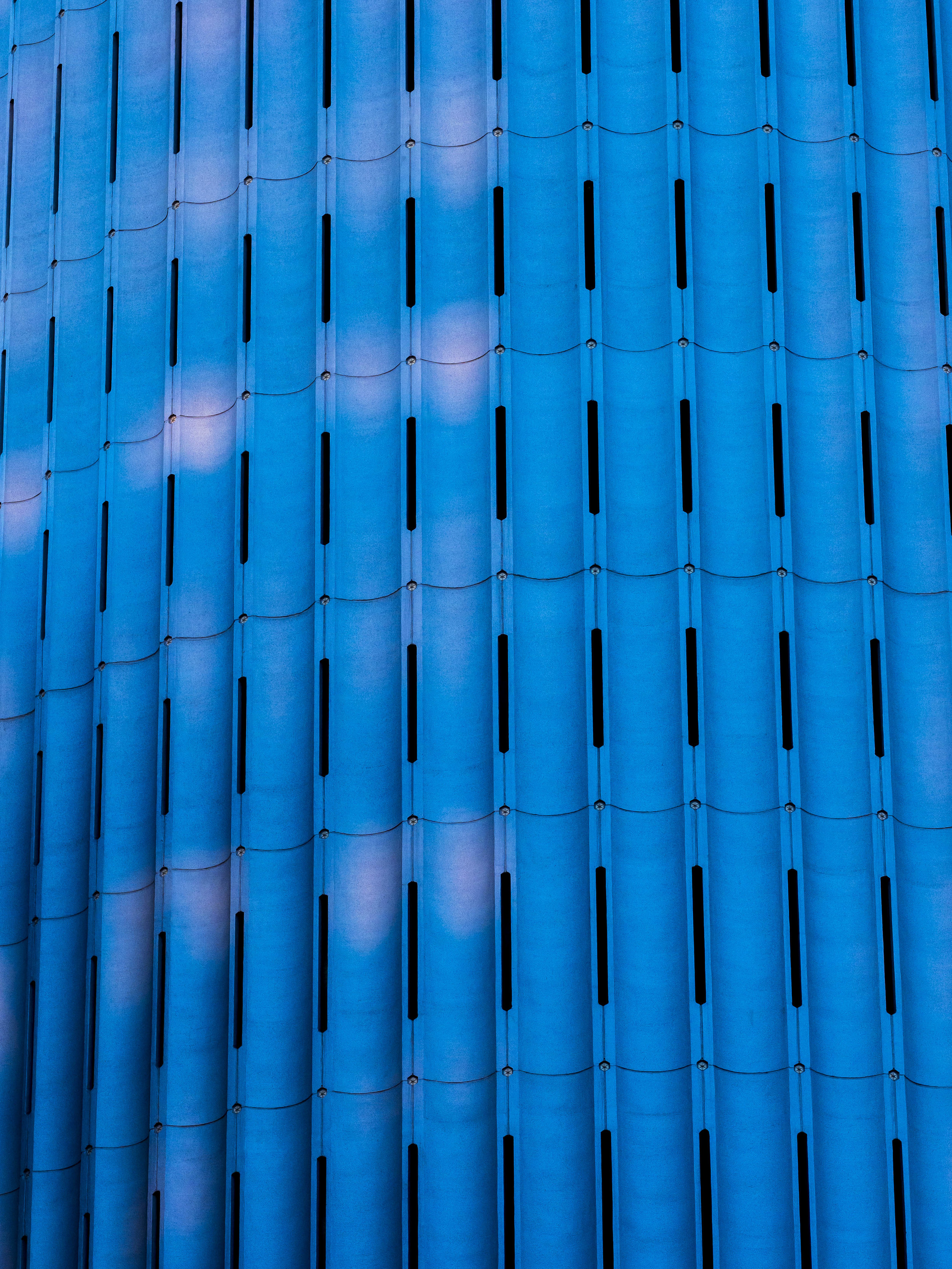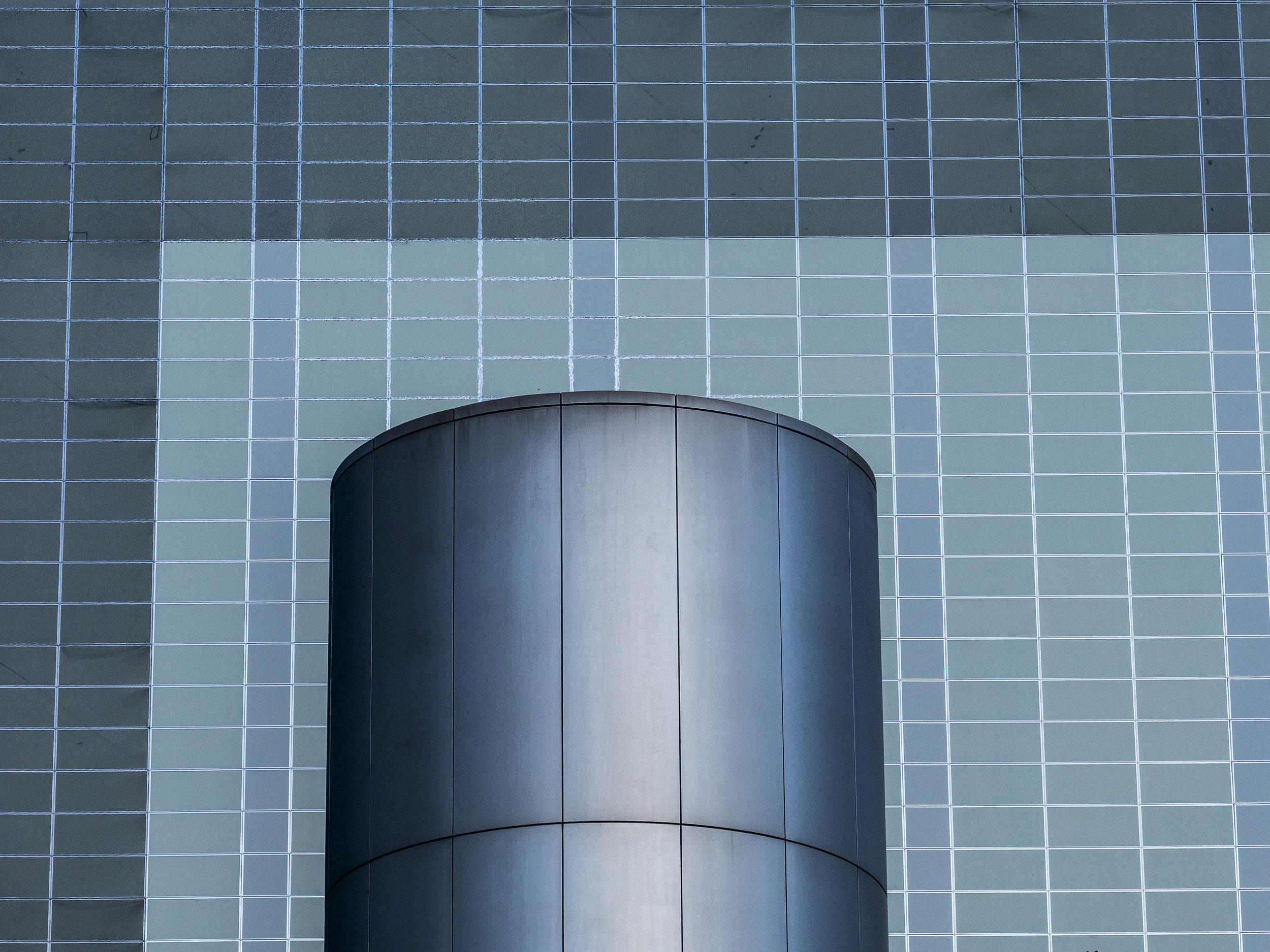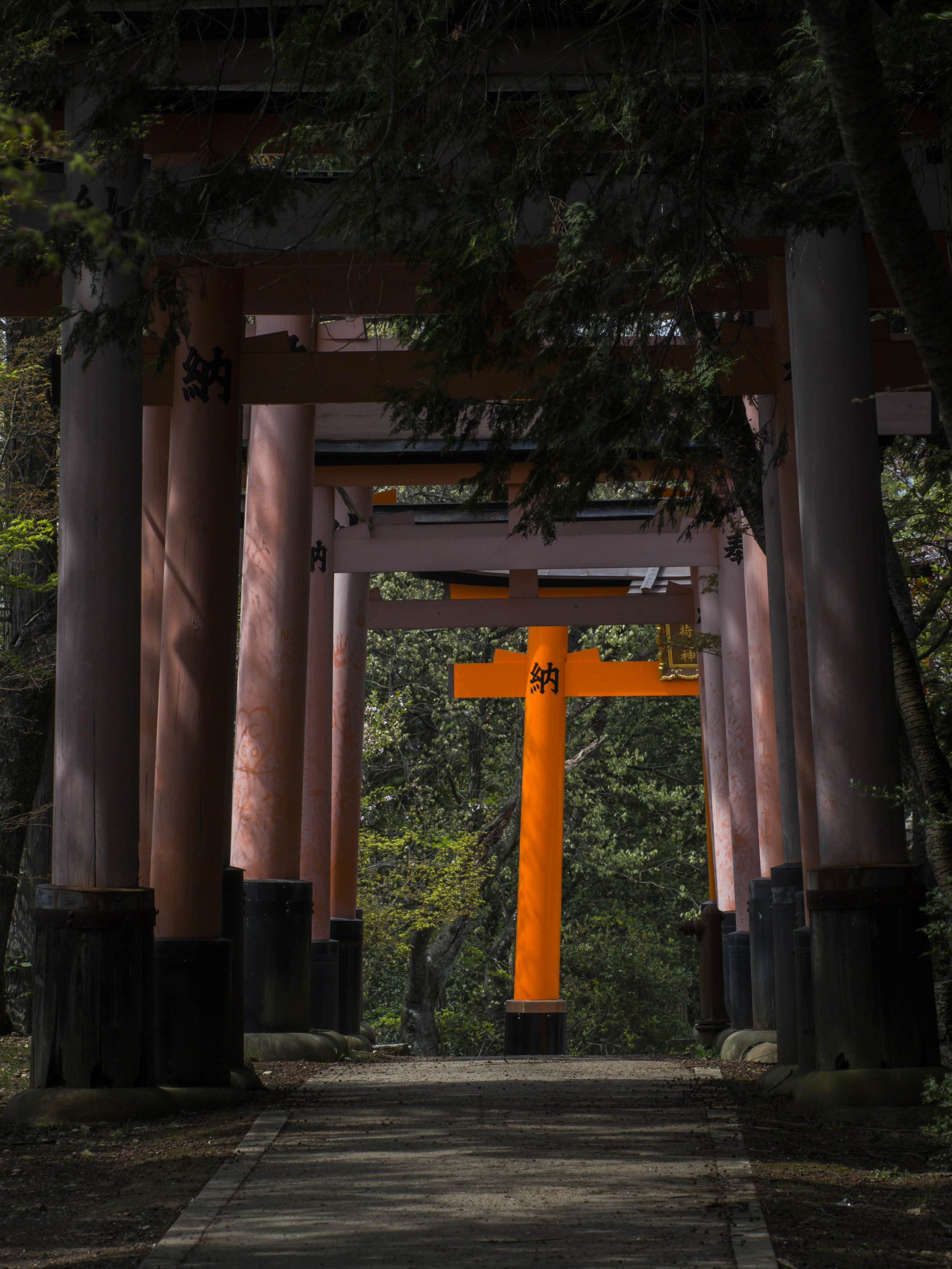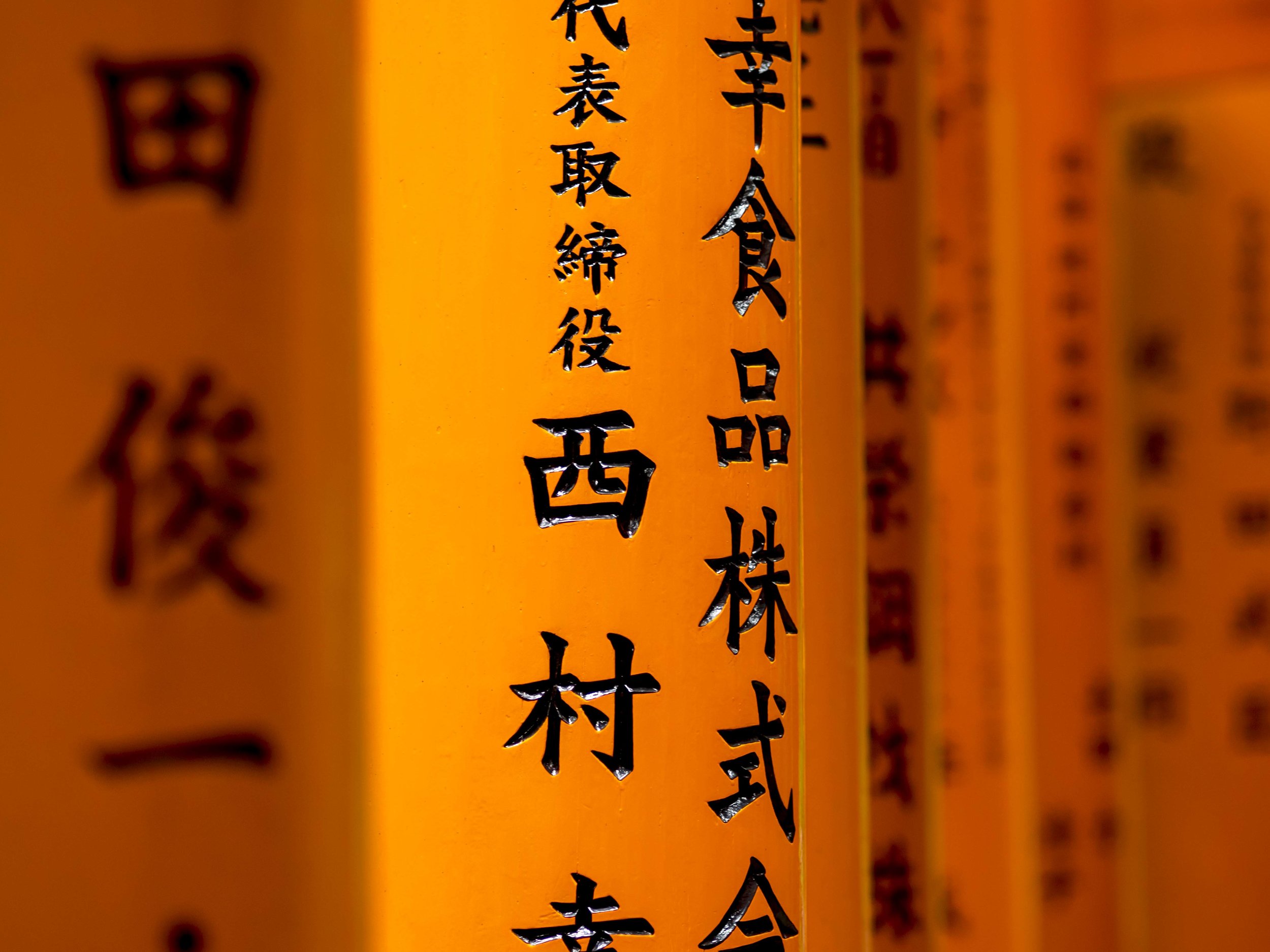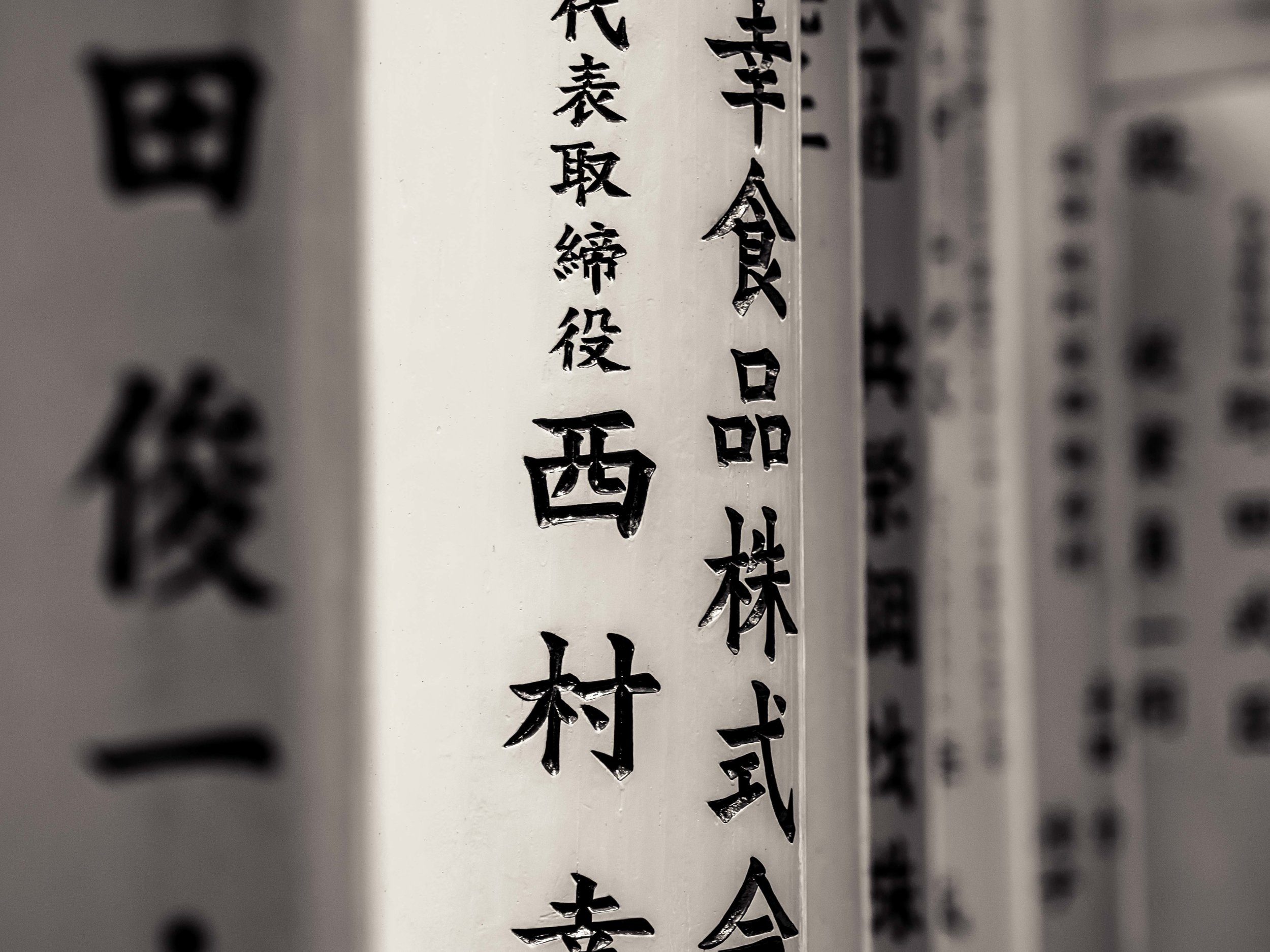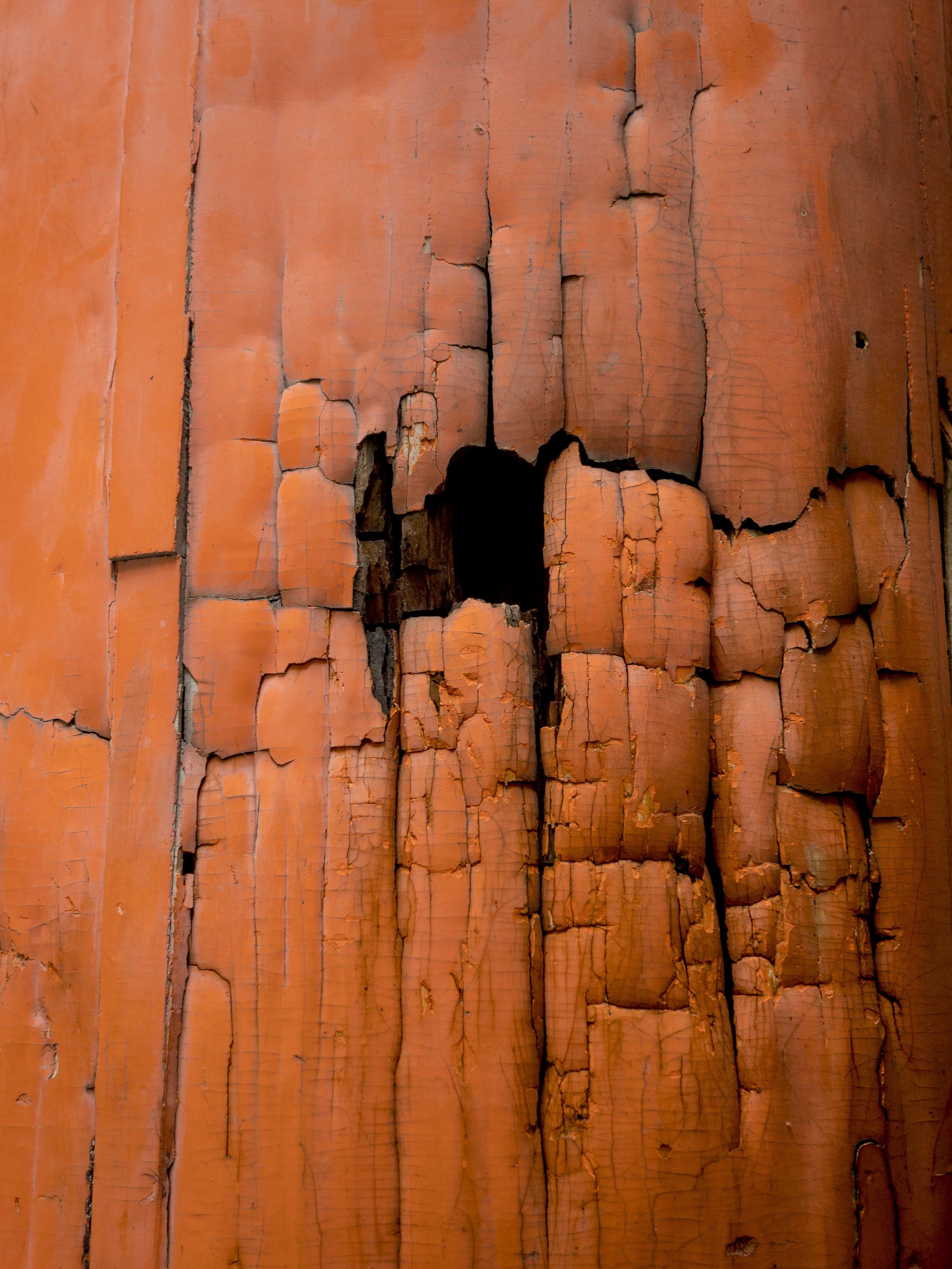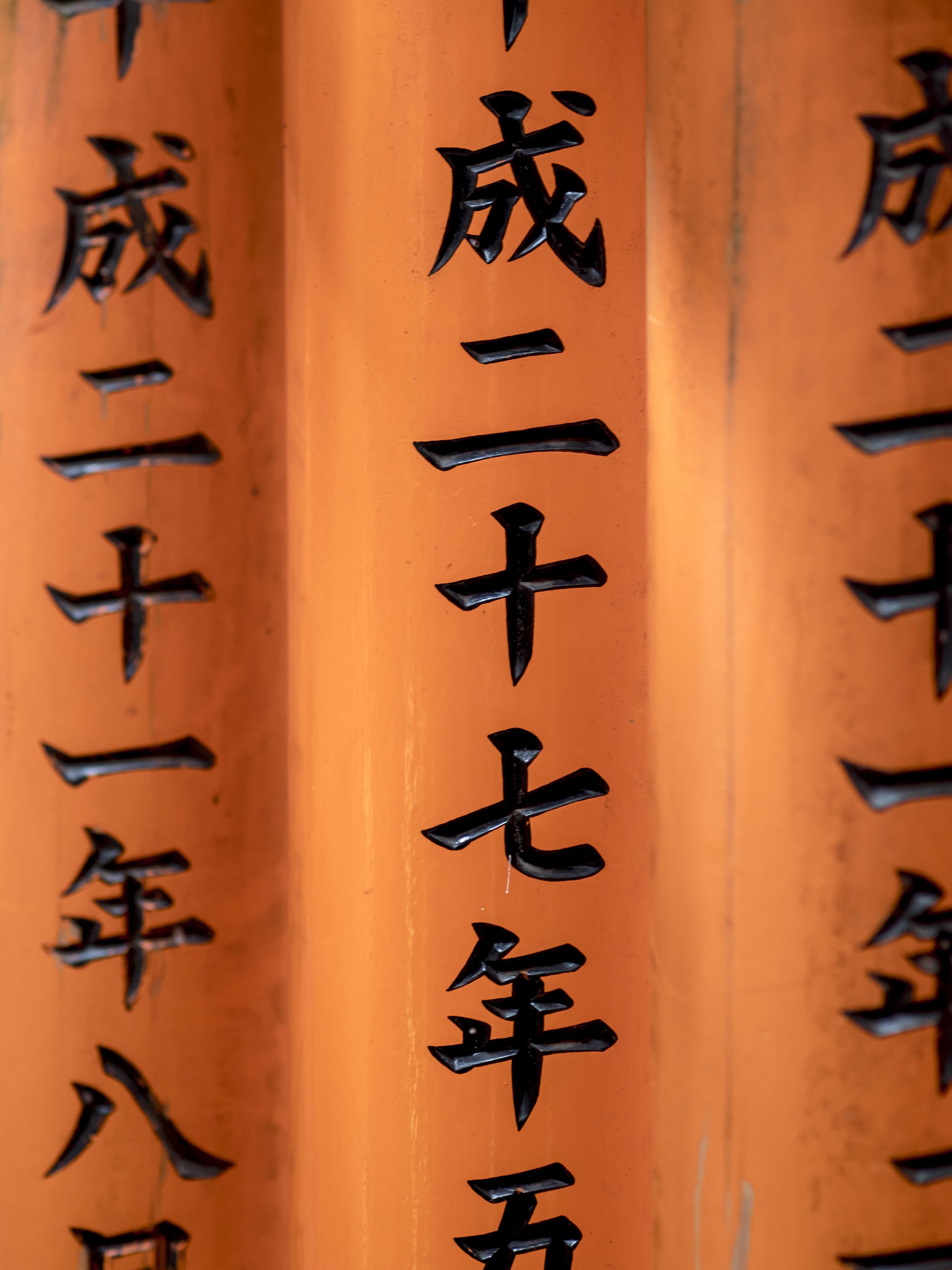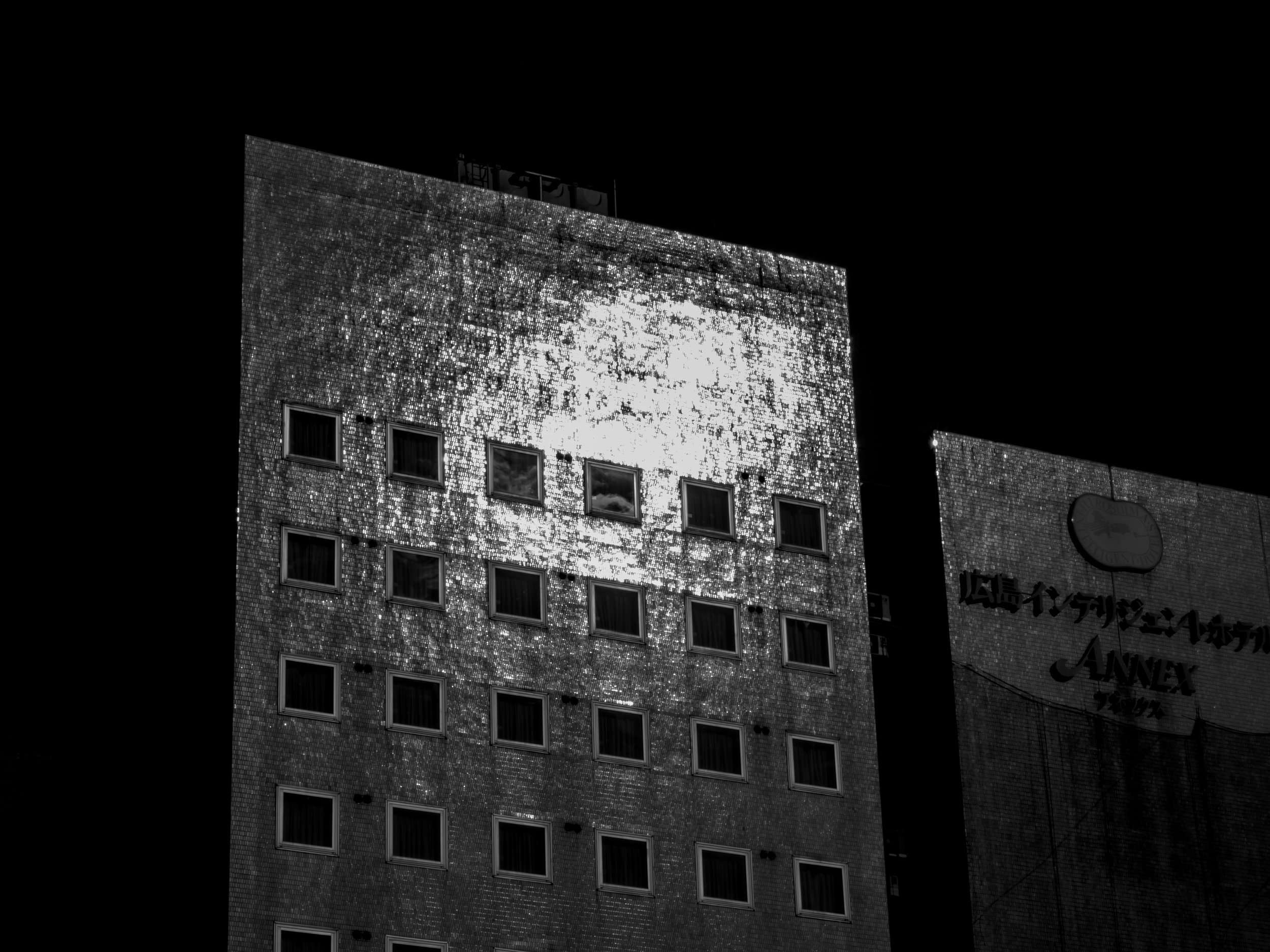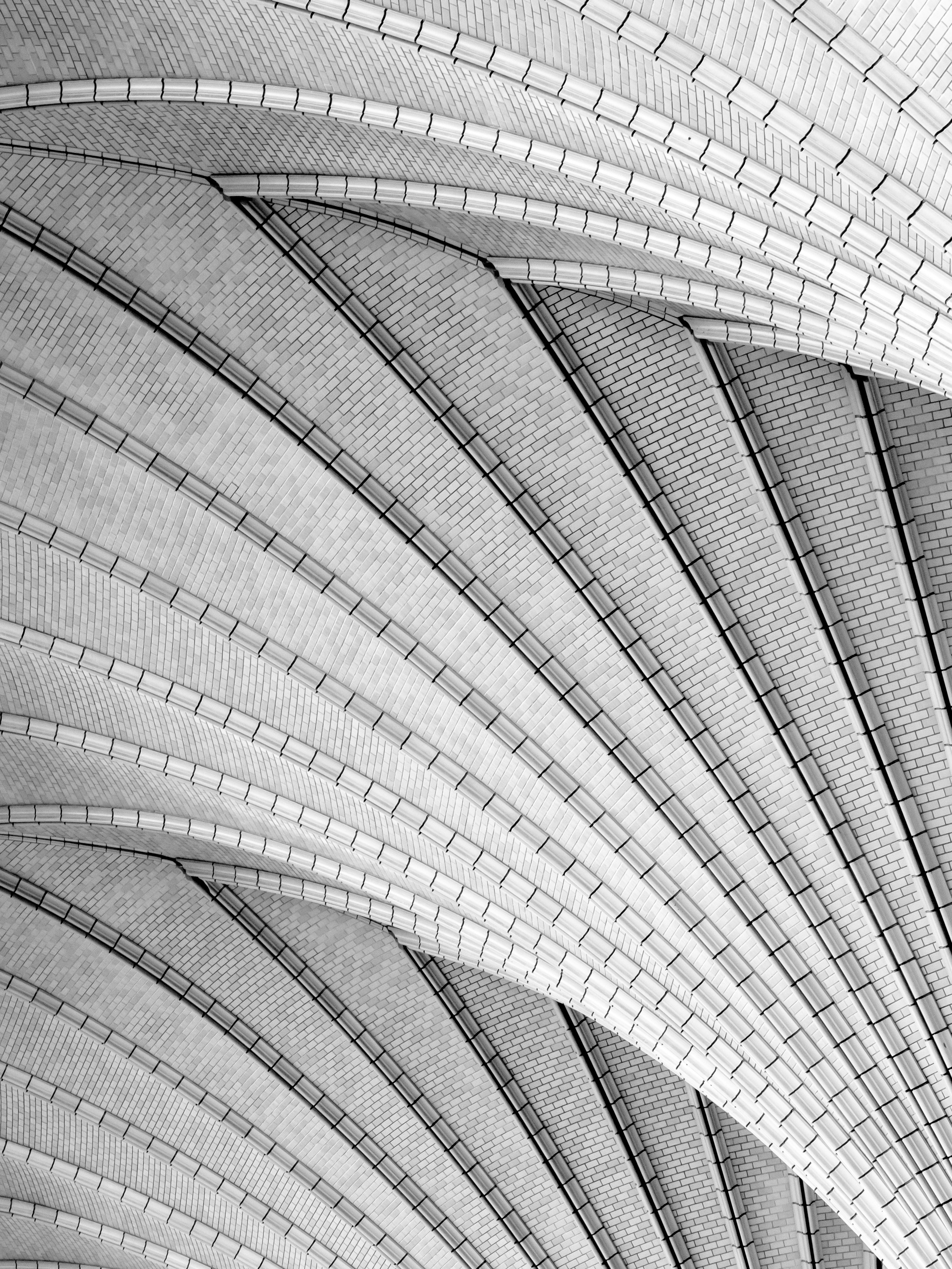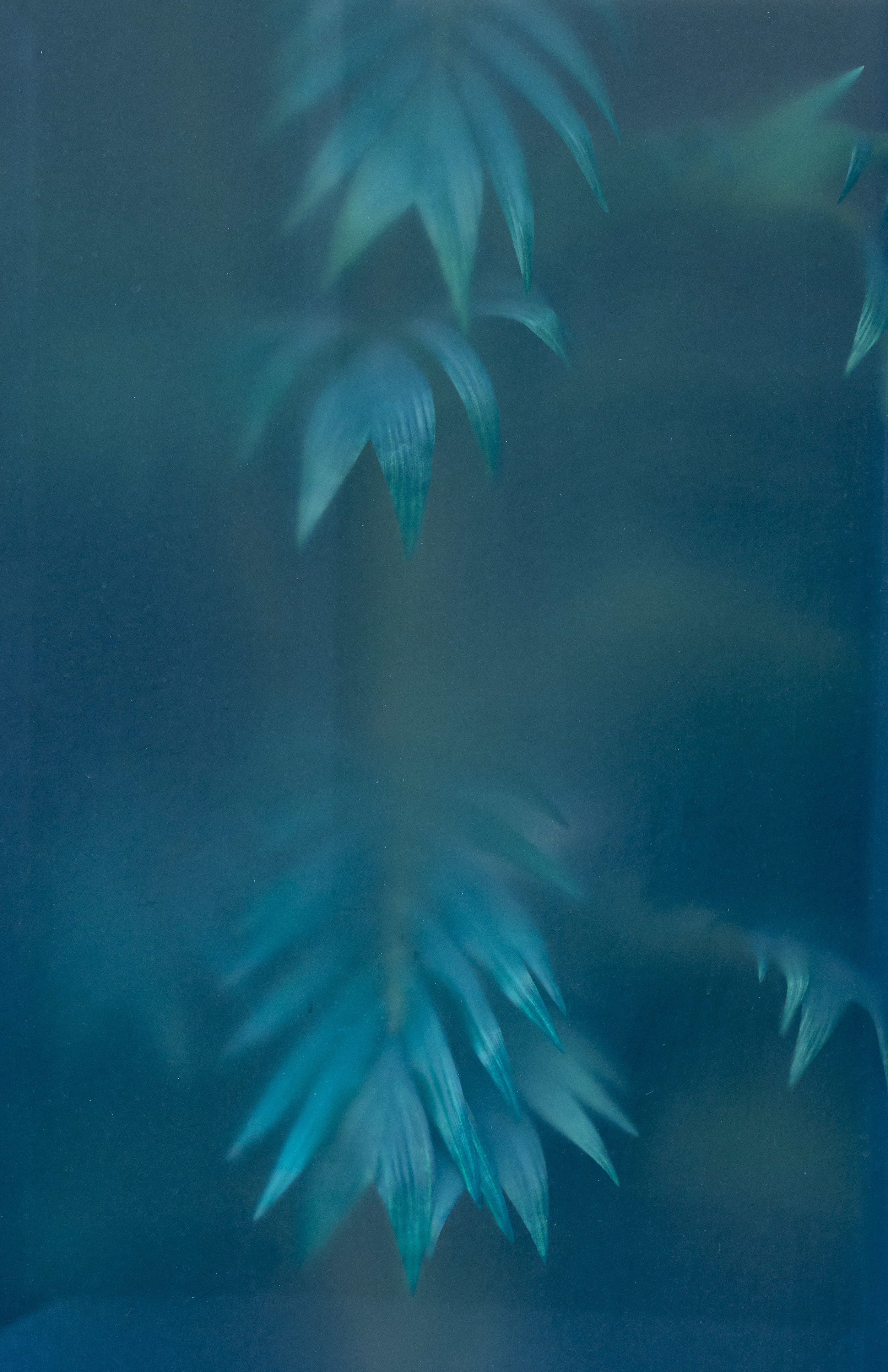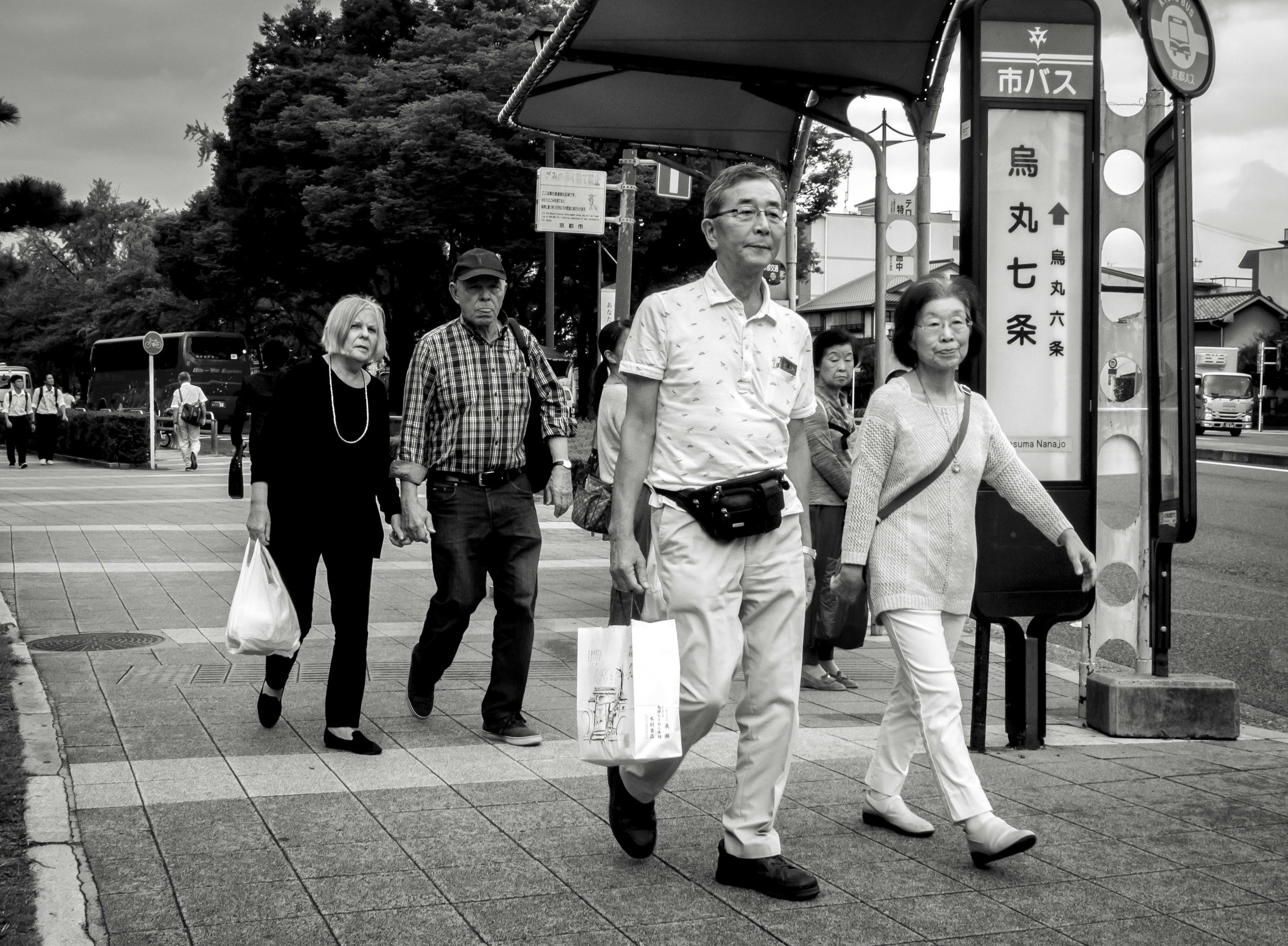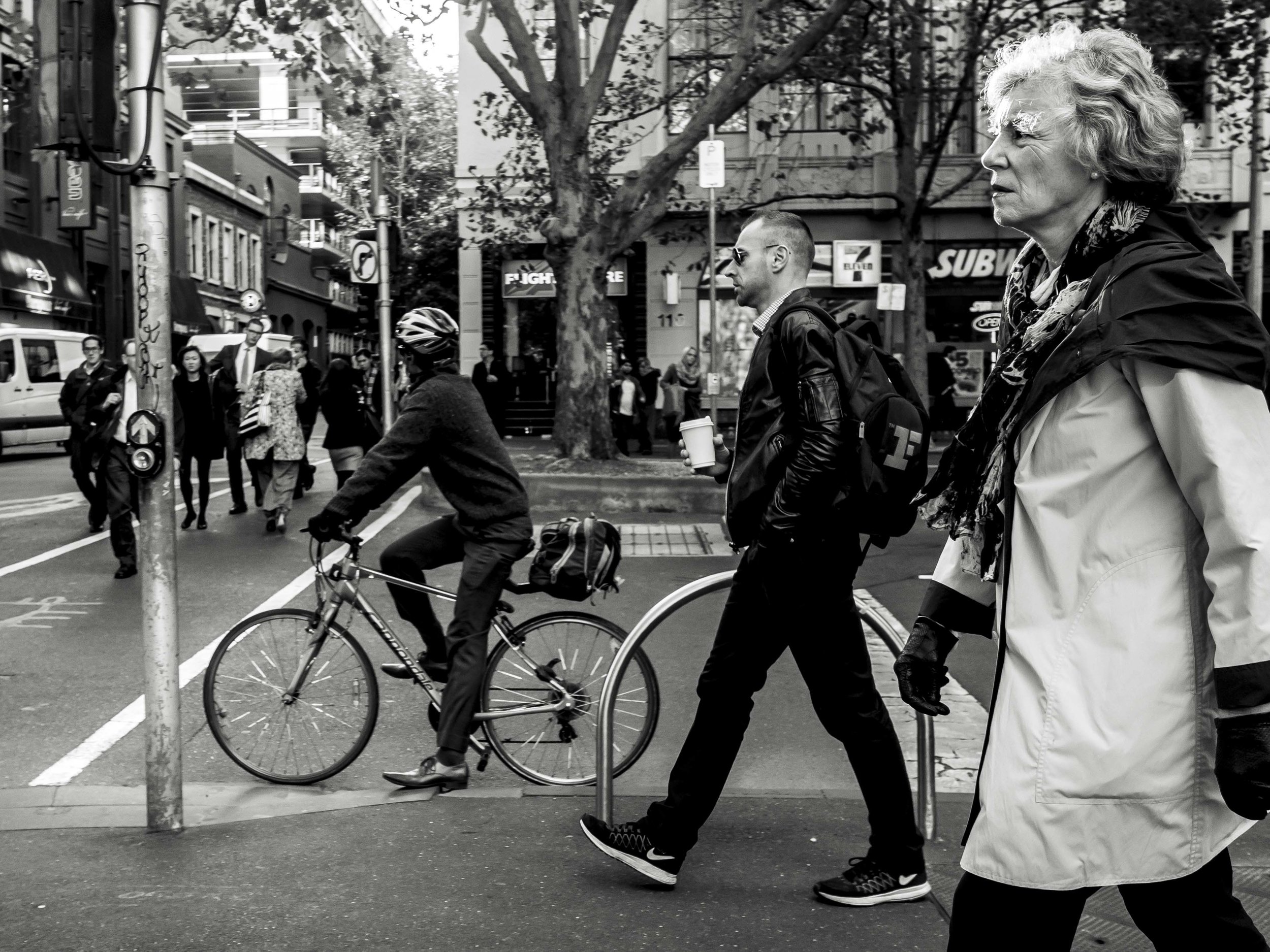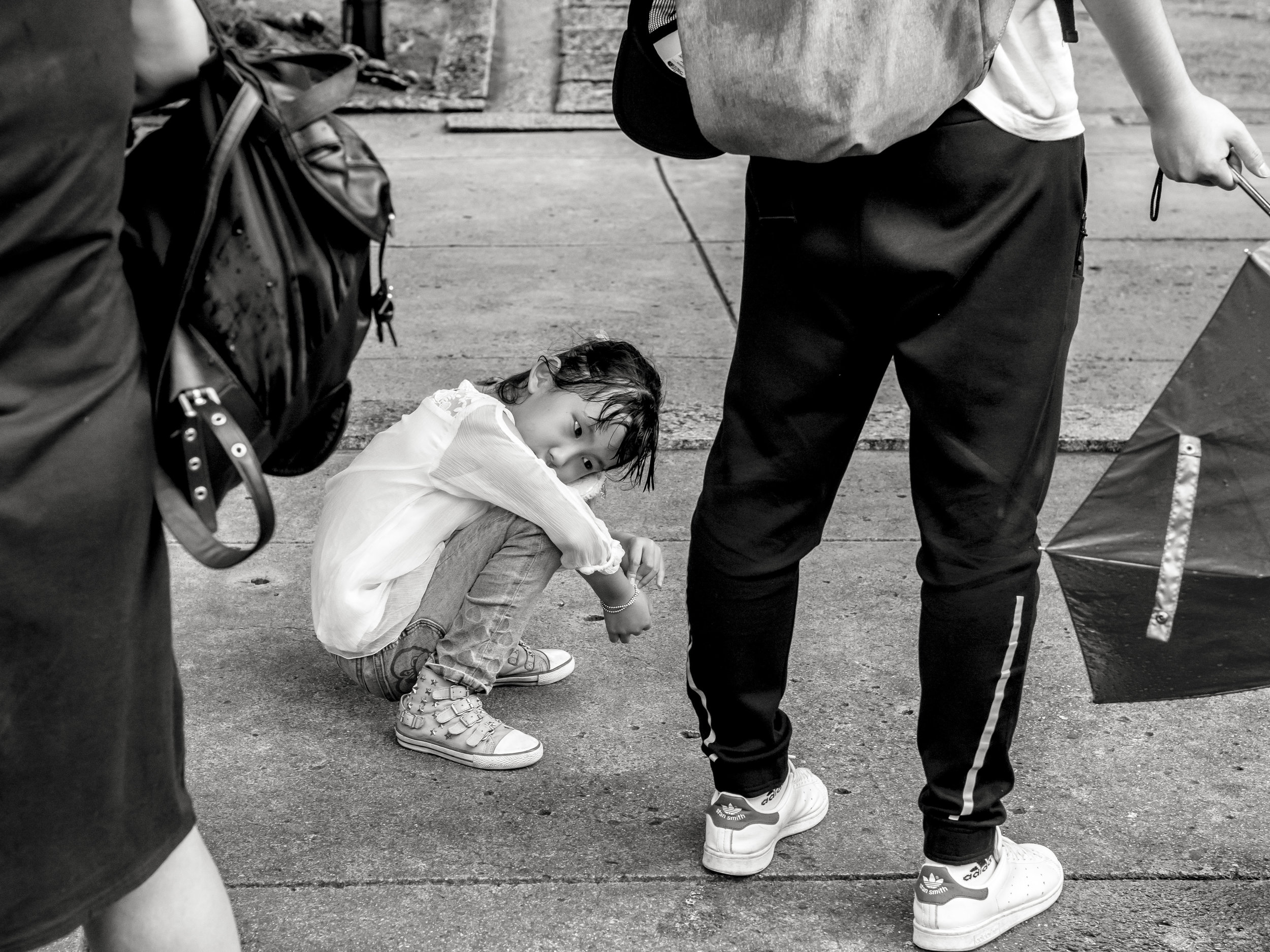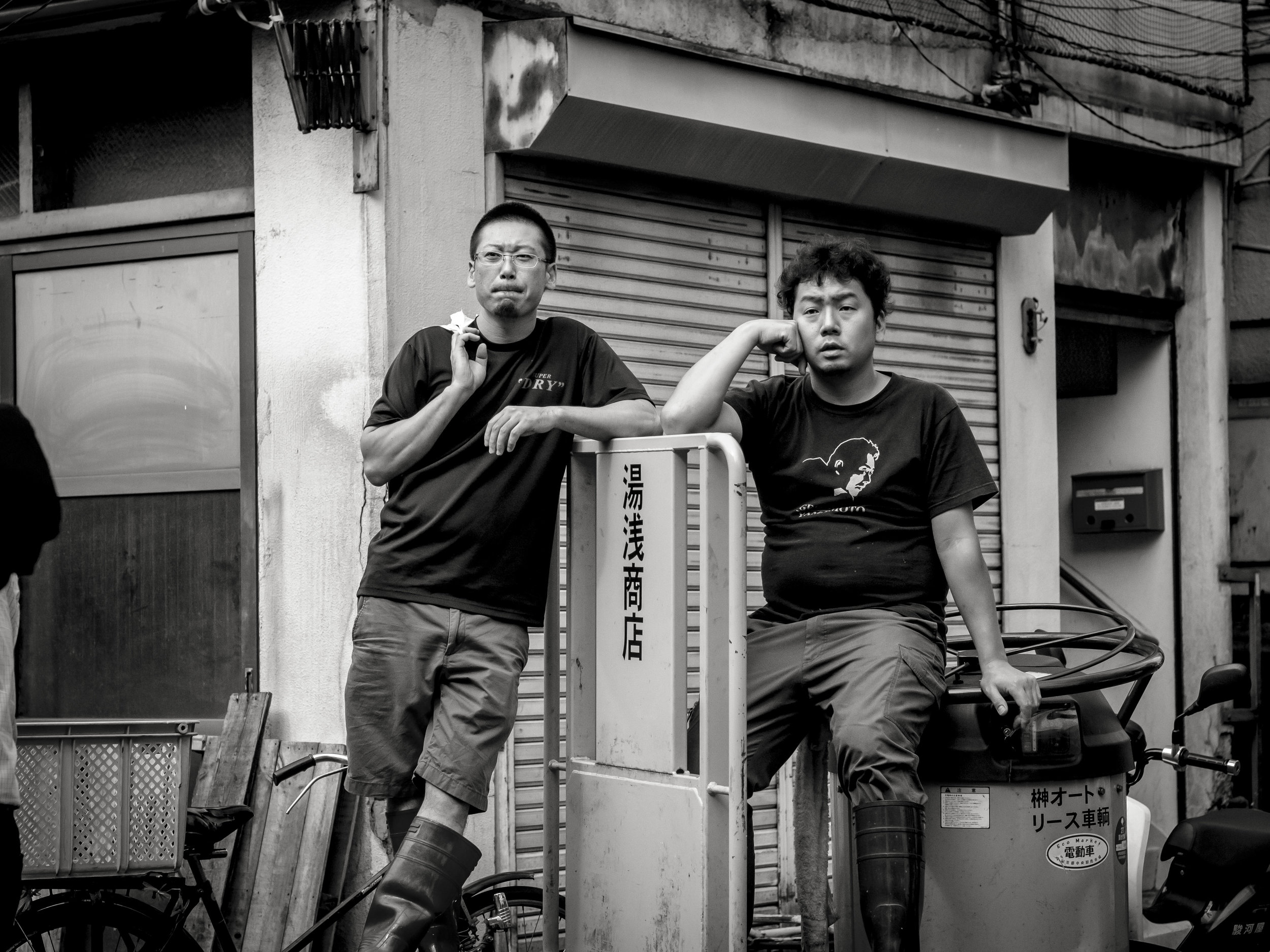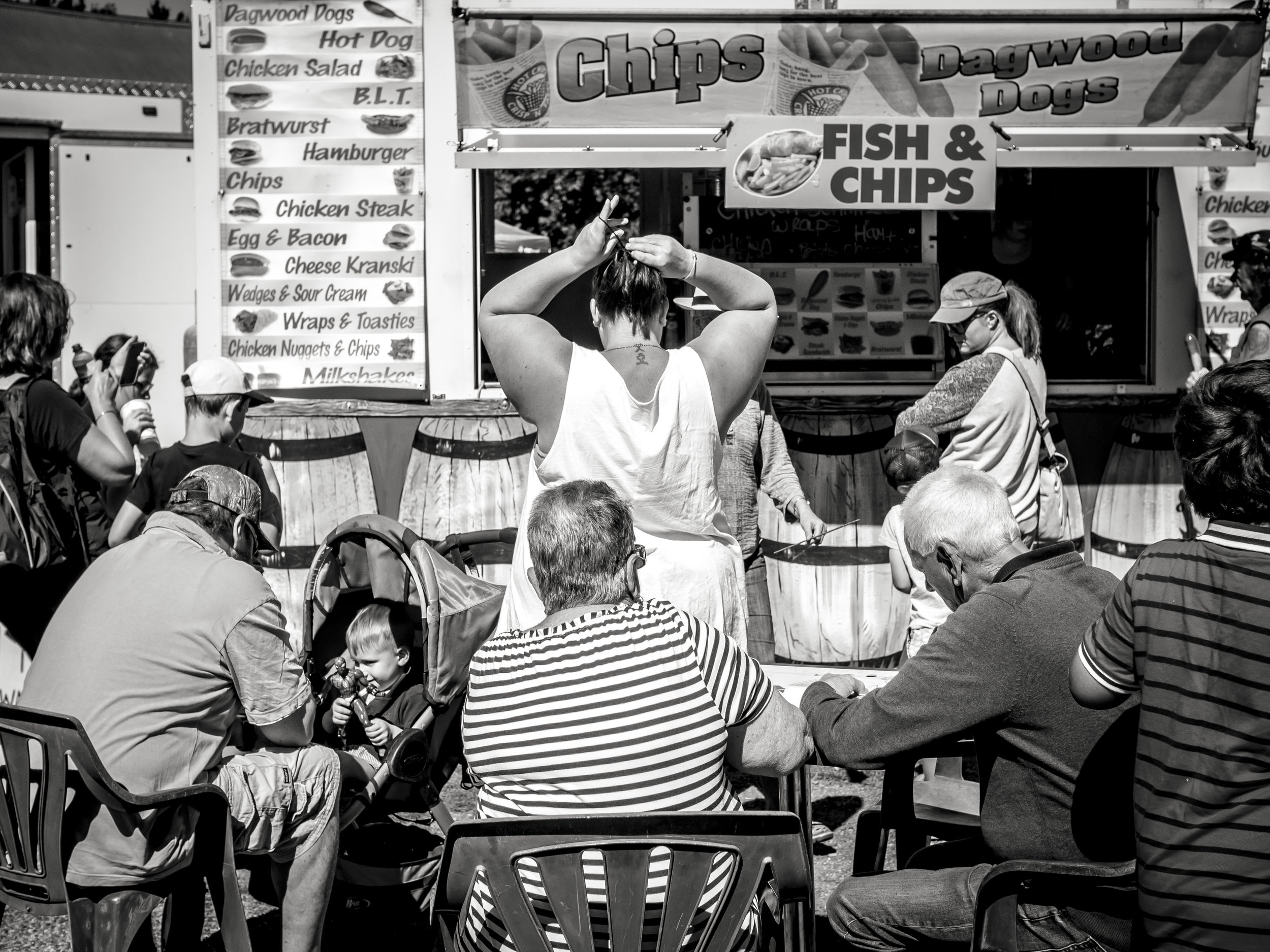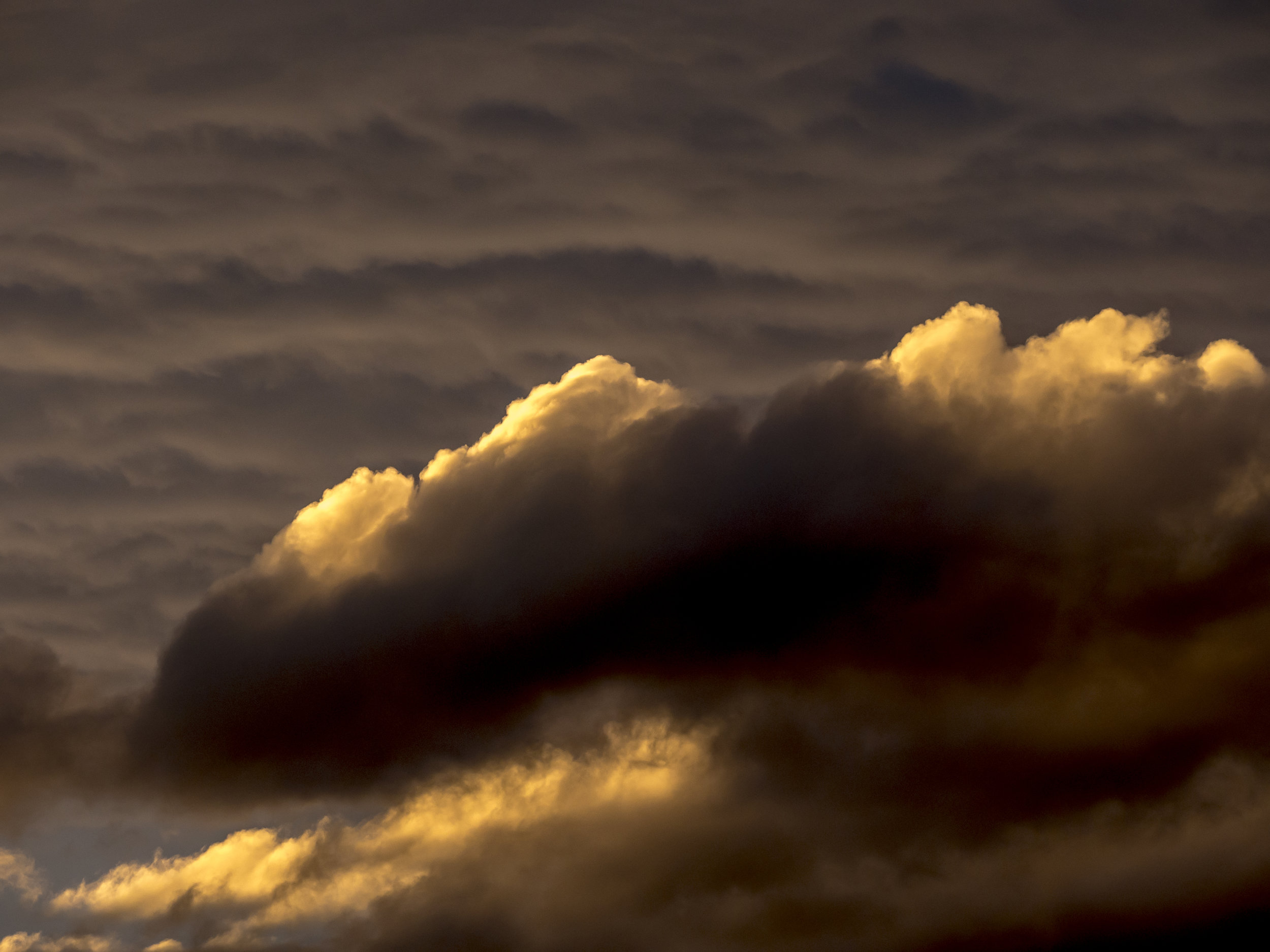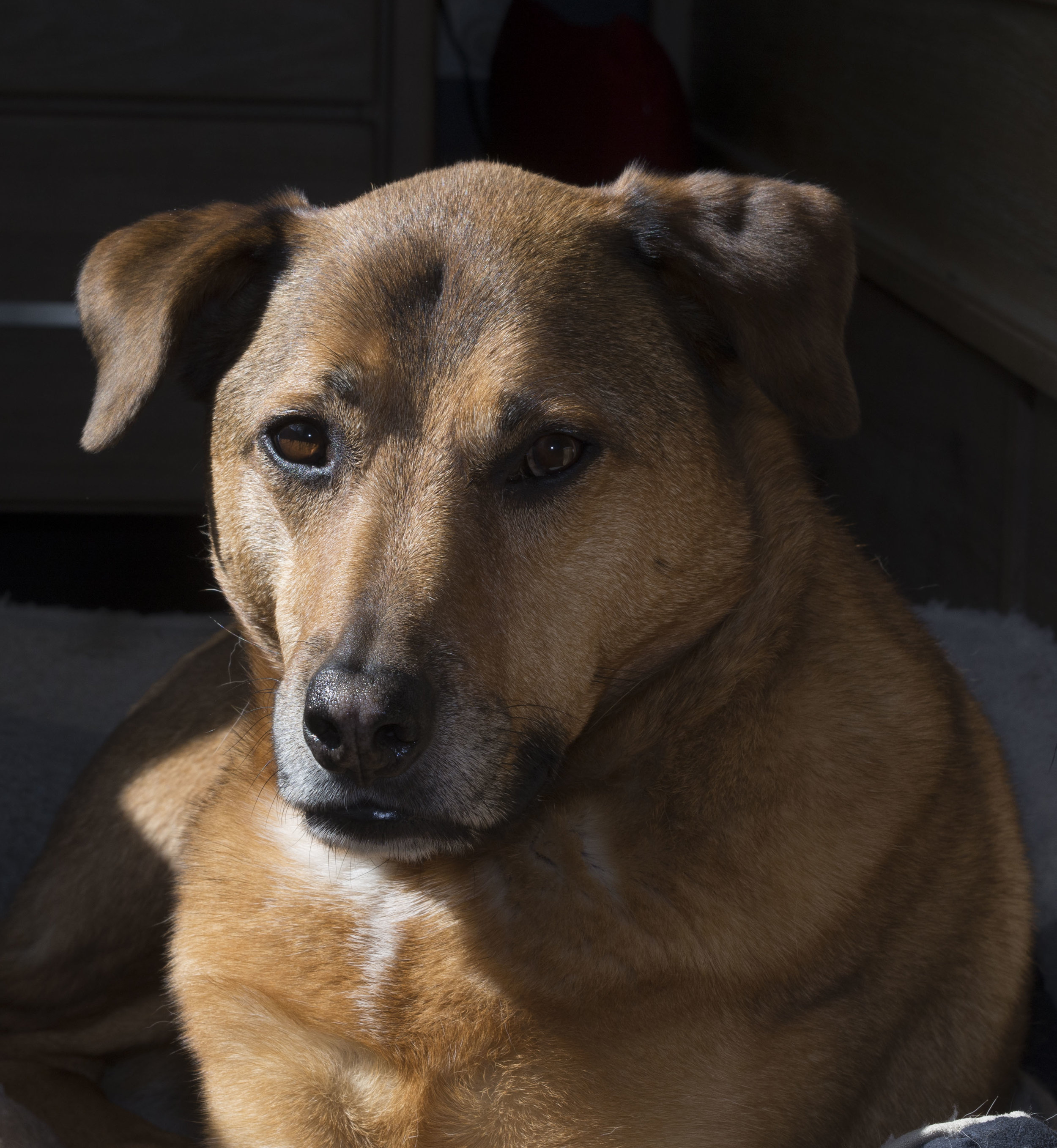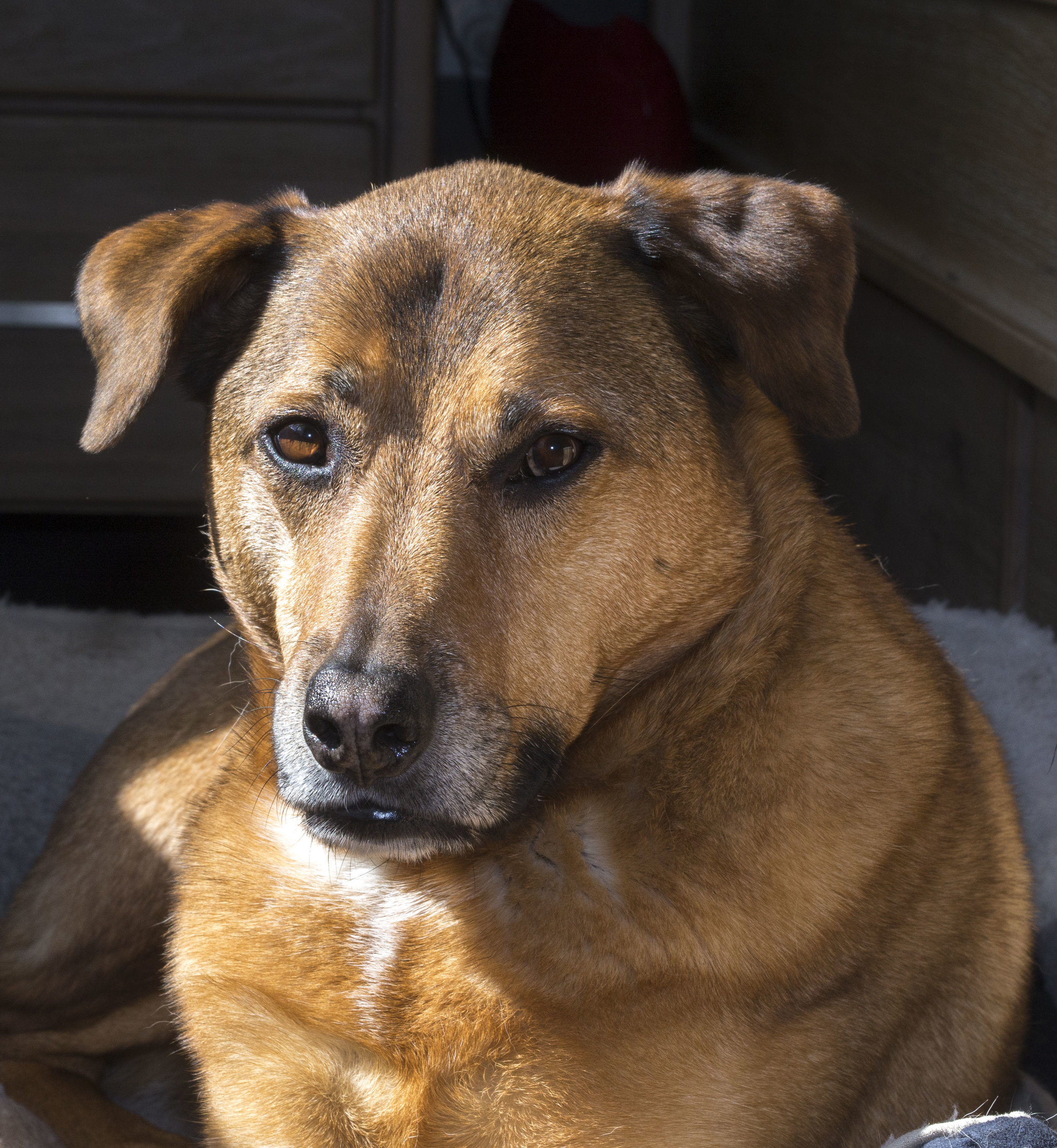Reviews. I have been reading camera and lens reviews for over 30 years. Before digital it was a three pronged attack, camera/film/lens, now it is a different fork, just as pointy, sensor/lens/ programme, but the rhetoric is still the same;
You will be able take better photos than you do now with camera "X".
You will be able to take (by inference) the same images as photographer "Y" with afore mentioned camera 'cos he uses one.
All previous images are sub par, because they were not taken with super camera "X" (by however small the improvement).
How do they make their case, proving beyond doubt that their conclusions are indisputable? Numbers. Lots of numbers. On graphs, charts and sometimes just floating out there on their own, unqualified. How many of us actually do the following when looking at these numbers; know what they mean technically, know what they mean in relation to other numbers representing other cameras etc. or know what they mean in real terms, in the field and off the printer?
The problem is the language never changes.
I have been around cameras for a long time. I have seen AF take over from MF, Fuji slowly dominate Kodak (in film) and digital take over from film. Has everything that has come before been for nothing? Is everything from here on only good until the next great thing? Obviously not as the only images that can excite us, the only images that can teach us, are the ones taken on "old" cameras and formats. I would even go far as to say that images taken before the turn of the century, almost all on film, are the most influential available. In fact, I am constantly surprised at how many new books are about old photographs, processes and photographers.
I have purchased 3 or 4 books in the last few months on the photographer's work that inspires me and they are all retrospectives dating back to as long ago as the 1950's. Even new works by the best, most influential and current fine art photographers were more often than not shot on film (example tome Thames and Hudson's Image Makers Image Takers, full of the greats of contemporary fine art photography, very few working exclusively or even at all in digital).
I will confess my hypocrisy. I have been taken in by the image quality of the Pen F, but not from a numerically quantitive way, but simply "by eye". It has a quality that comes easily to it that I find similar to some older digital cameras and some film images I have used, not something I have never seen before (The EM5's remind me of 35mm and the Pen F of medium format film). It can take an image easily that is in a style I like, but it will not do it better than Canon Full frame cameras or medium format film cameras I have owned or even (likely) good compact cameras of the near future. It simply takes an image I like for reasons different to the ones I also like from the EM5's, Fuji "X" series or various Canons.
Pen F 45mm. The Pen has a "quality is not an issue" look like medium format film had.
EM5 mk1 17mm. An example of the more "organic" look of OMD files. Almost old fashioned film looking, but with added digital smoothness (if you want).
I am glad I have the pen as it has added another arrow to my quiver, easing some of the limitations my "one look" forced on me, but it has also strengthened my appreciation of the older cameras and their role in the future.
I must admit, I still sometimes childishly bristle at uneducated and often biased statements claiming that bigger sensors and only bigger sensors are capable of high quality results (the same statements were made when they only sported 12mp sensors which was apparently tons of quality when it was all that was available). Even top end compacts can now match pro cameras from only 5-6 years ago in image quality and direct comparison of the much loved Nikon D700 to even an early M43 camera is very revealing. I am not going to defend my weapon of choice, but simply say it is more that enough for me and my image needs and the needs of most others (if not, how did we function in the past?).
We must stop this bland and sterile "quality" hunt, because we are loosing sight of real quality. It is not in the technology. That just lets the ideas out in a form that is close to what we visualise, which in turn is based on our expectations of what any device can realistically produce. Sure there was a time when good quality was not assured (sub 1mp cameras with poor/slow handling and features), but that time is long past and if you stuck with film, your "bar" never changed. The measurable differences between cameras "X" and "Y" are now so slight, that it would be nearly impossible to show them (after judicious processing) on something as simple and as relevant as a large piece of quality printing paper.
To be able to tell, we must be equipped with better internal measuring devices, perfect memories and blessed with perfect judgement. We are not, so even experts have to compare huge prints, or 200% screen grabs of test charts, just to see the fine differences. Ask yourself which images move you the most, then look at them critically. Are they perfect in every way?
Ironically, one of the articles that caught my eye recently was published by a printing expert why compared prints measured in feet, not inches taken by M43 and full frame cameras. His conclusion was; you can (always) tell the difference if you look hard enough, but that in itself is often self defeating. There will always be a better camera, but often enough camera is close to hand. Keep chasing better and you will never be satisfied, because it will always be coming tomorrow.
The same qualifications, measurements and conclusions are repeated, time after time since the latter part of the last century. Newer is always better and you must have it. Nothing from the past can be considered. Here is an eye opener for you. Grab a copy of American Photo mag or similar from the 1990's. Look at the adds and compare the language, the images and tone to a current add. Rubber stamp copy most likely except in the specific technical terms.
Reason for rant?
A couple of articles on some blogs I follow, who are still falling into the review trap got me un settled. Not gear unsettled, but industry. Fine, talk about cameras, but not in dry, better or worse numerical values. Maybe in more or less suitable to a particular task or what the user liked/disliked. My fault for looking. There are plenty who do review without test values etc, but the reality is, the most visited sites are the number crunching ones.
I ask, when will it stop? Camera makers want to sell cameras, but the industry has reduced itself to comparison of numbers to help qualify more abstract ideas and with anything, when short cuts are taken, they become habits of convenience. I don't think the manufacturers are overly happy about it, but they are dancing to tune of reviewers (The Nikon D5500 is an example of a perfectly good camera with nothing new to offer forced into a world of new is better).
Why have mobile phones taken over 90% (or more) of photography for the common man? Because they are fun, they show a strong quality increase each generation (like DSLR's a few years ago), they are often enough and they are always with you.
Camera makers need to give us a reason to buy a better camera. Added complication is not that reason. One thing I passively hate about the Olympus cameras, that I find otherwise so affirming, is their ridiculously over loaded menus. Massive and largely useless feature sets with their need (like all of the others) to offer that "one unique thing" each model. How is it a camera can offer lots of new, but never really get on to of the noted problems of previous models? Problems with button placement and feature depth can often be solved with....less.
I often wonder how much easier teaching photography would be if the camera sold stuck to the basics. Training often requires as much advice about what to turn off/ignore as what to use and how.
Many years ago I sold top end Hi Fi gear. It came in two types. Very simple and beautifully crafted Euro style, sometimes with only 2-3 dials and buttons or the super complicated, all the bells and whistles Japanese monsters with far too many things that can go wrong with them. The Japanese often mimicked the European models in asperations, but could never leave out the swathe of extras that lost the point of the exercise..listening to the music. Guess which type I preferred? Oh for a simple and pure NAD style camera (mobile phone/TV/etc.)! I think it was called the Pentax K1000.
Are there better cameras out there than mine? Technically yes, there always will be, but in proportion to camera history, very few as it turns out.
Are there good images made by less advanced cameras? The majority were.
Are there better photographers out there than me? Oh yeah, lots and lots.
Is there anyone better at being me, where I am am, with my camera than me? No, never.





